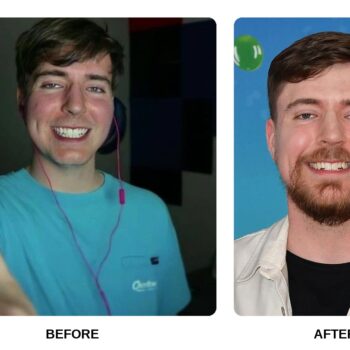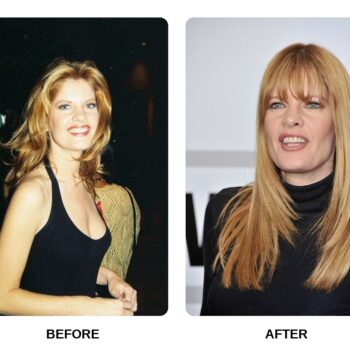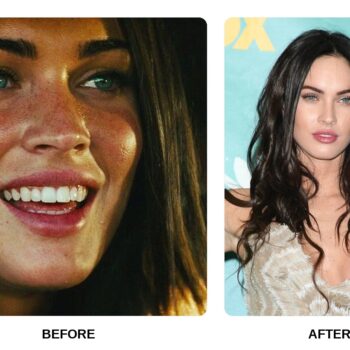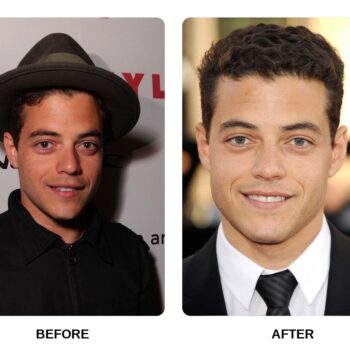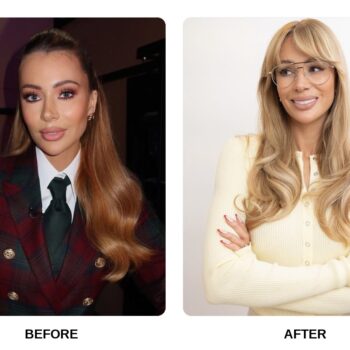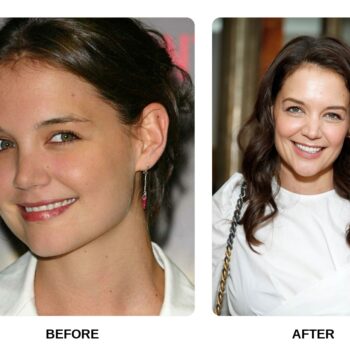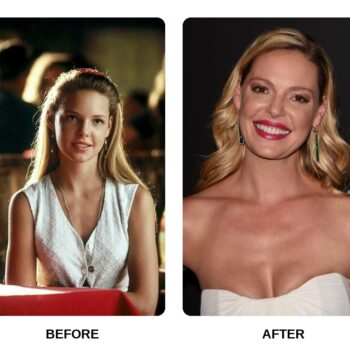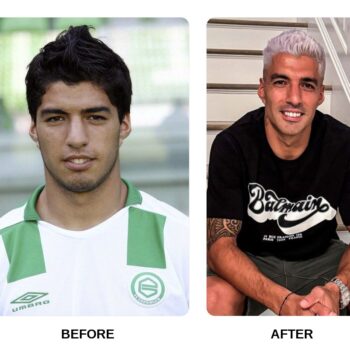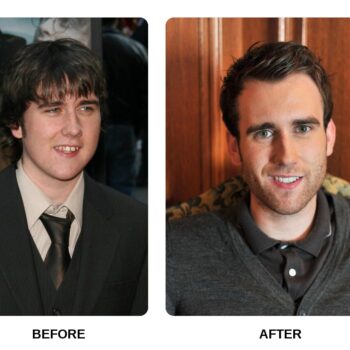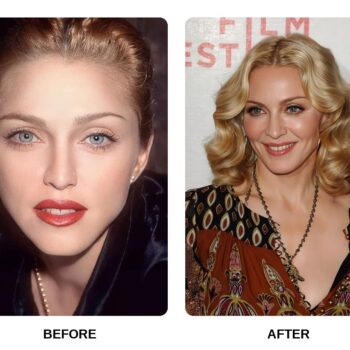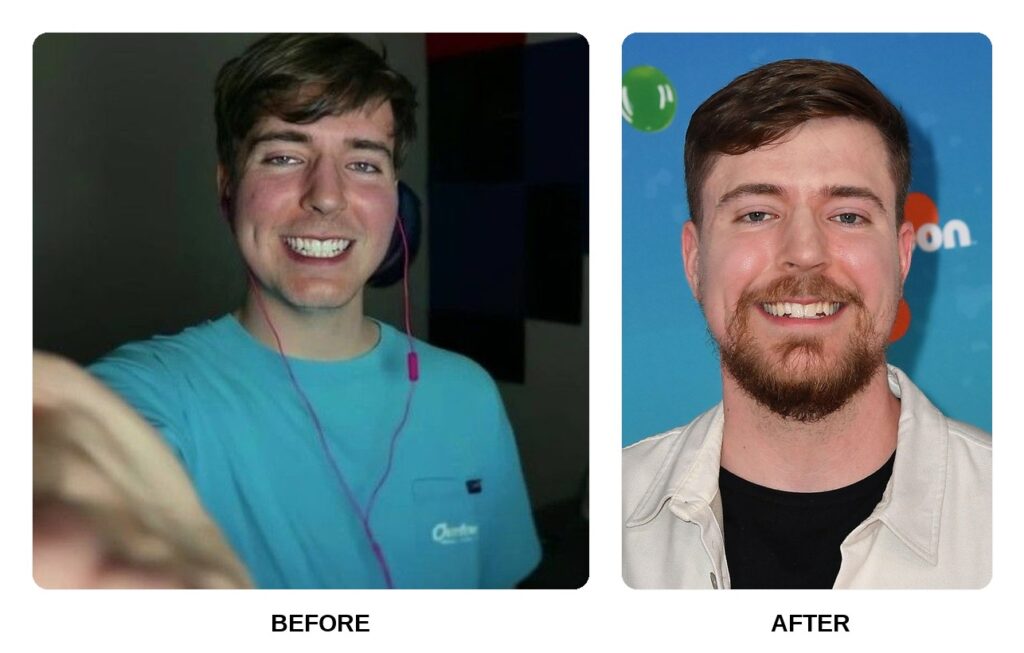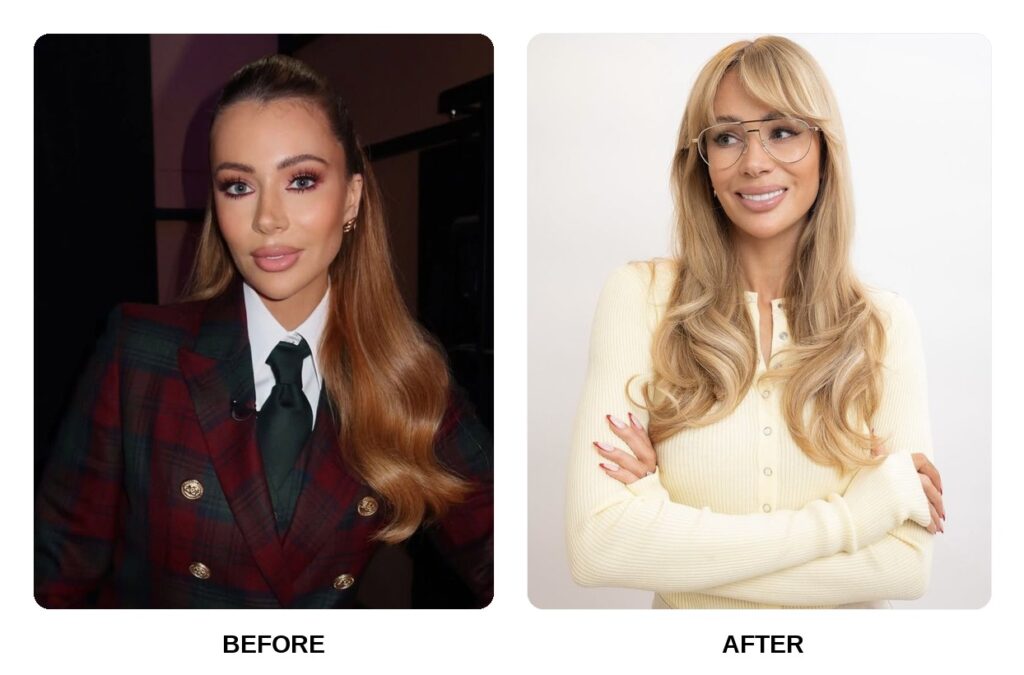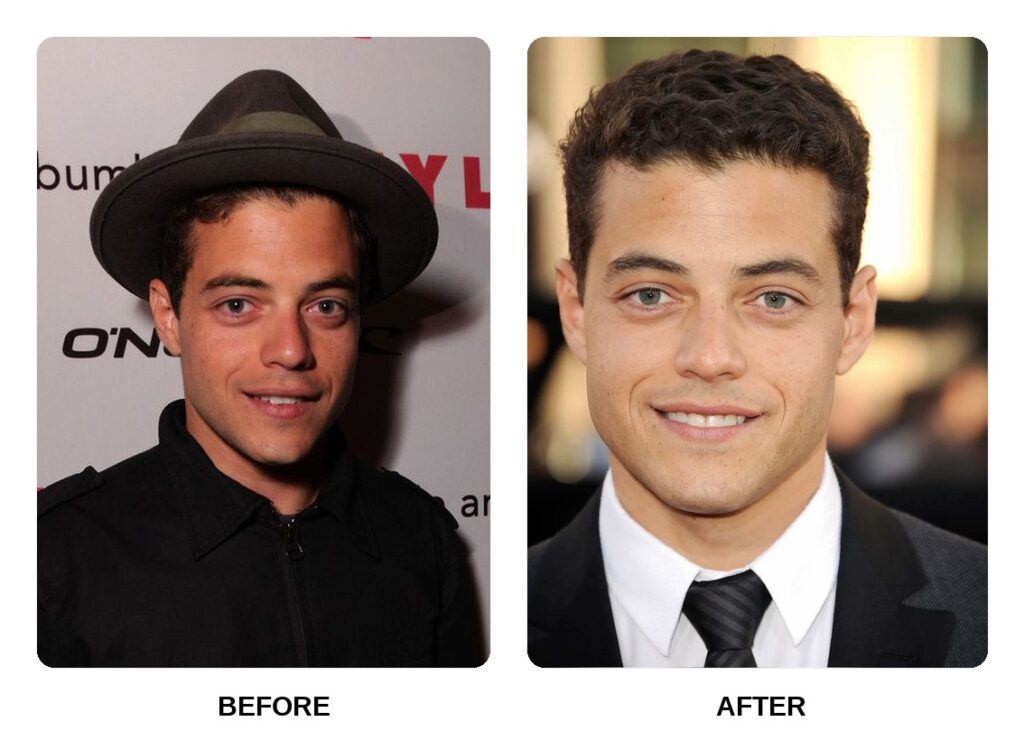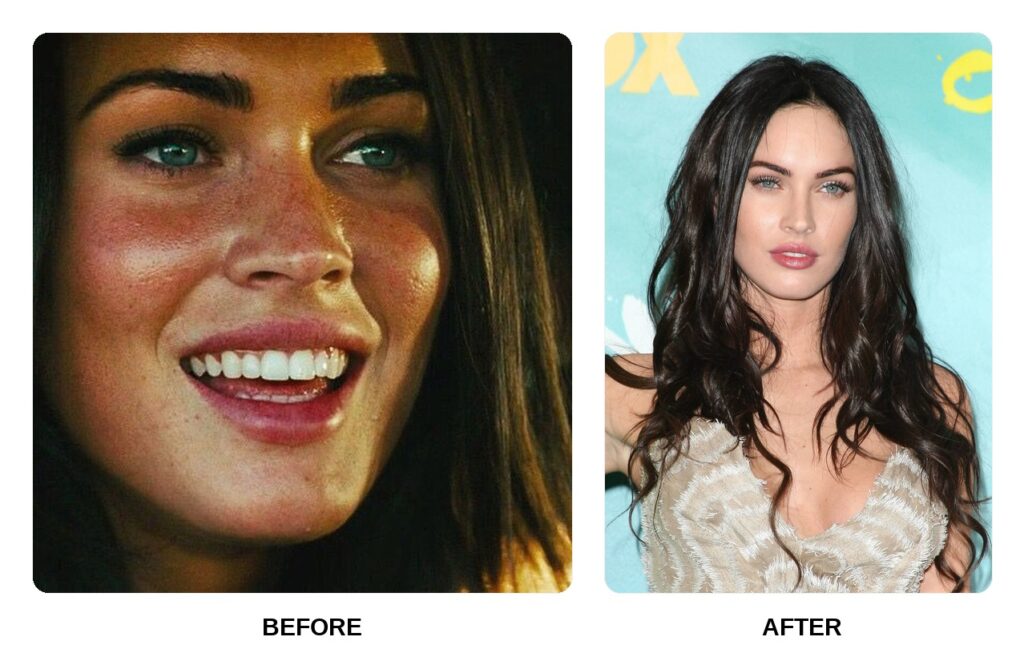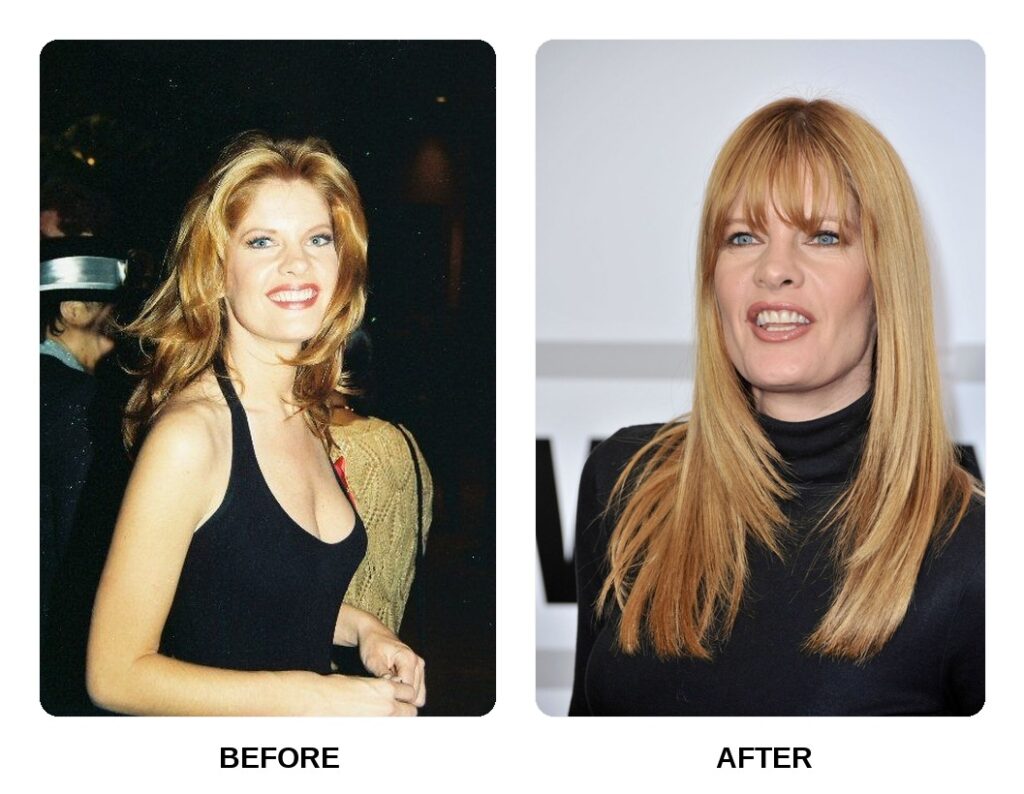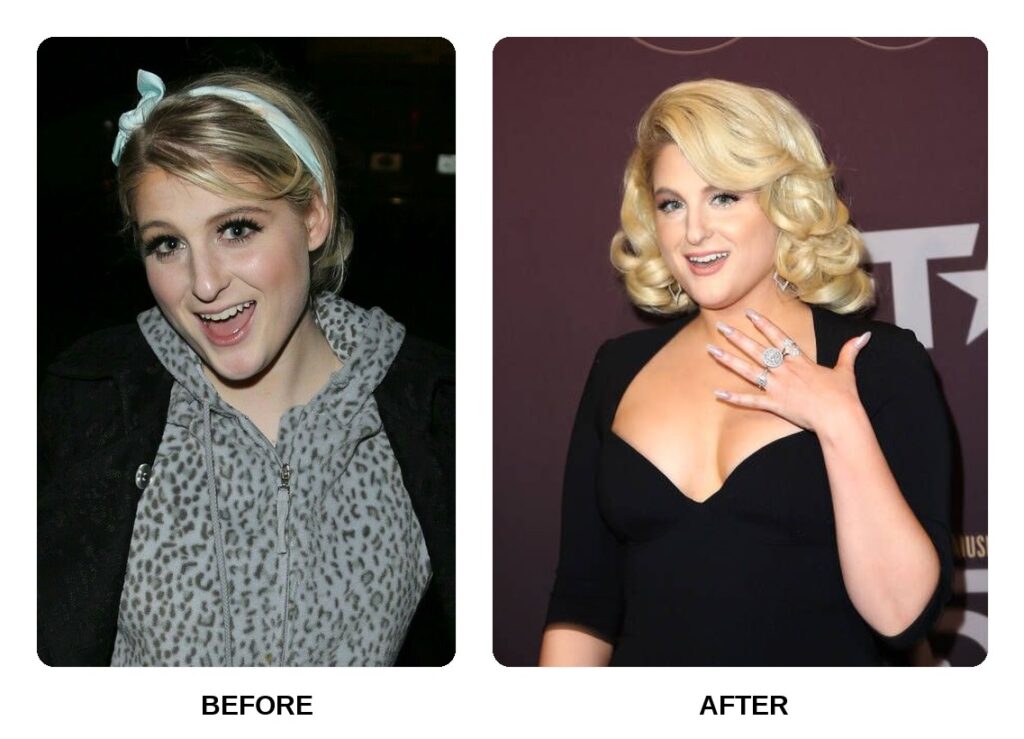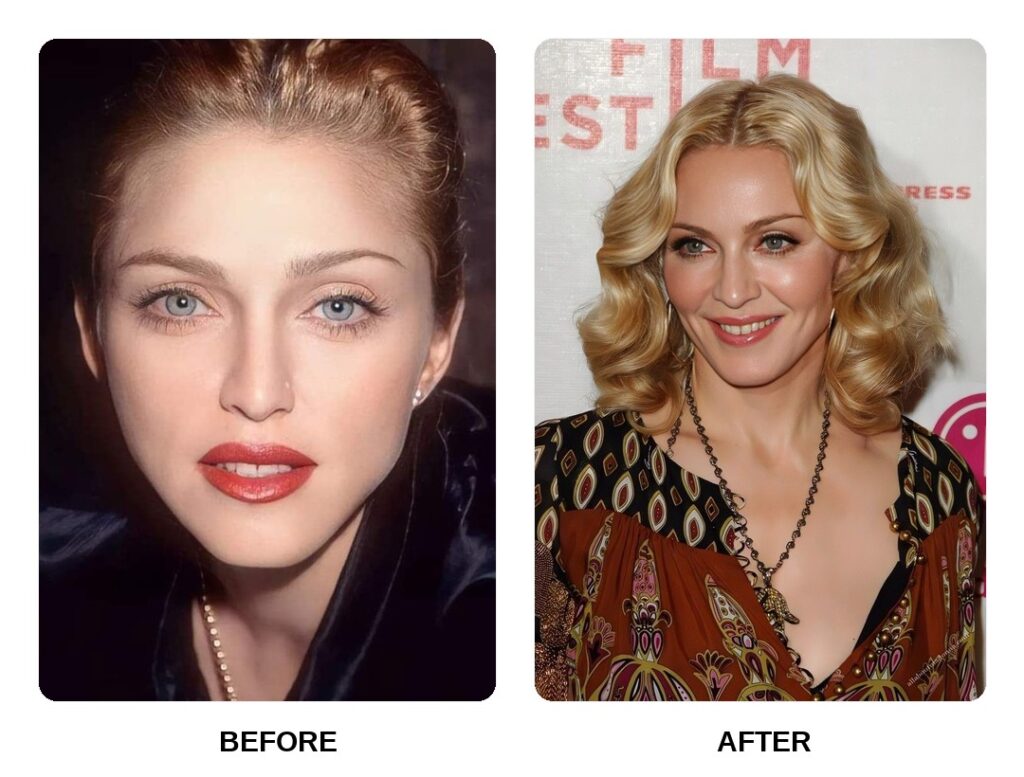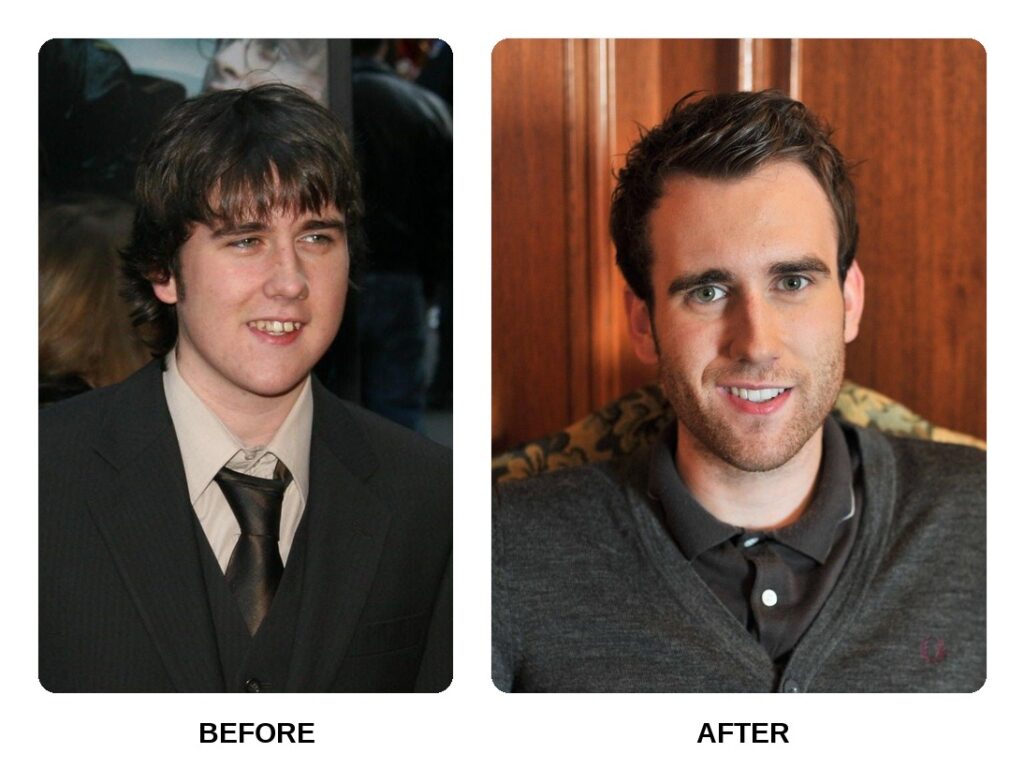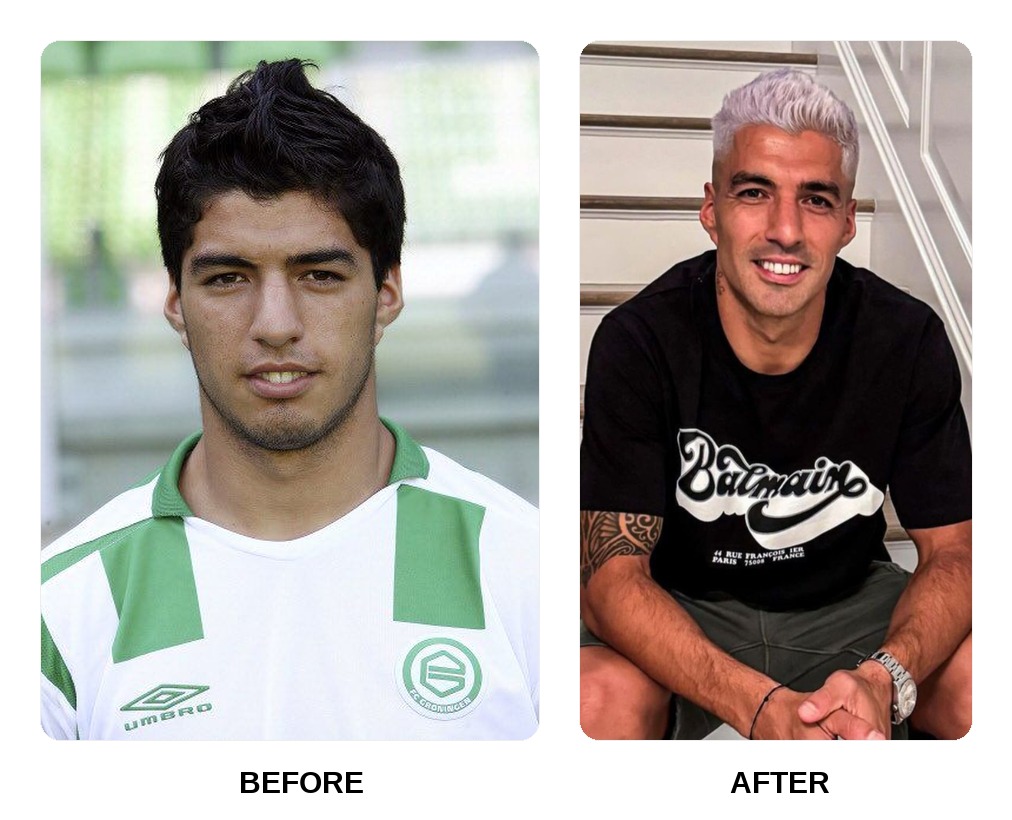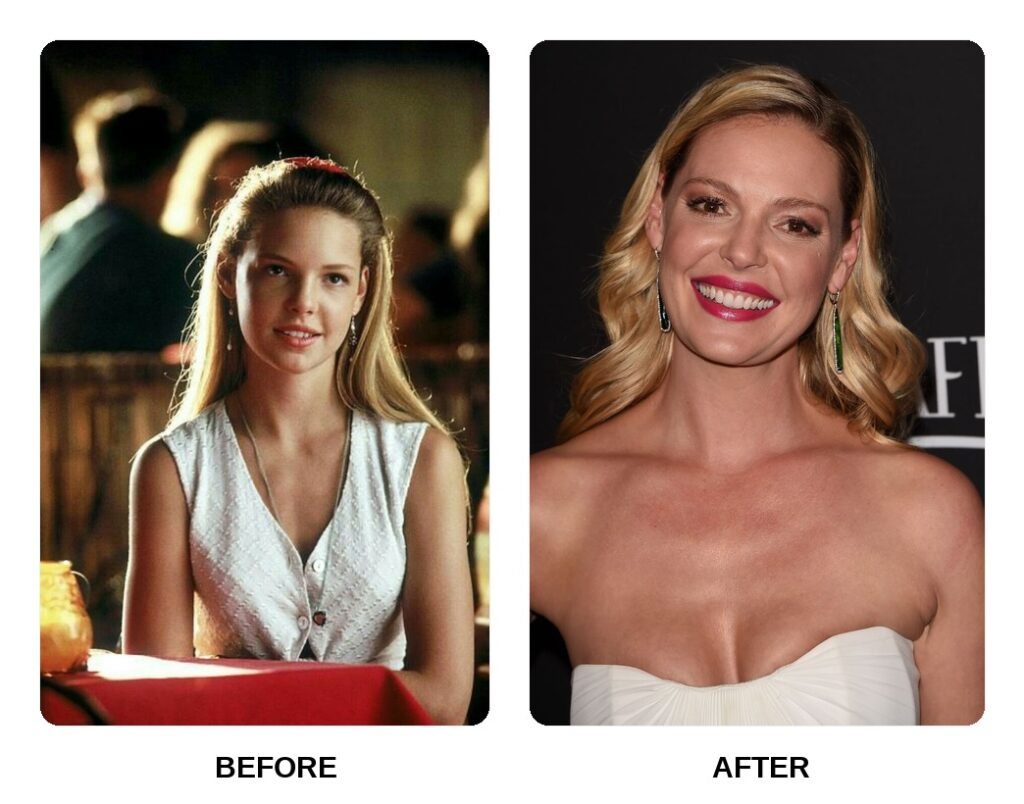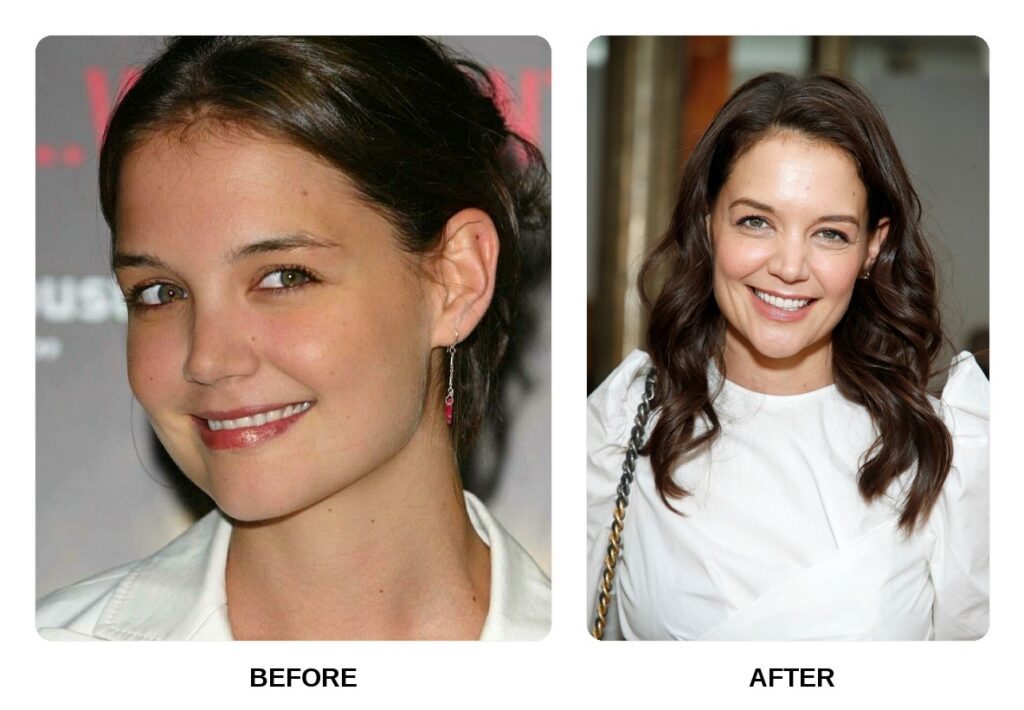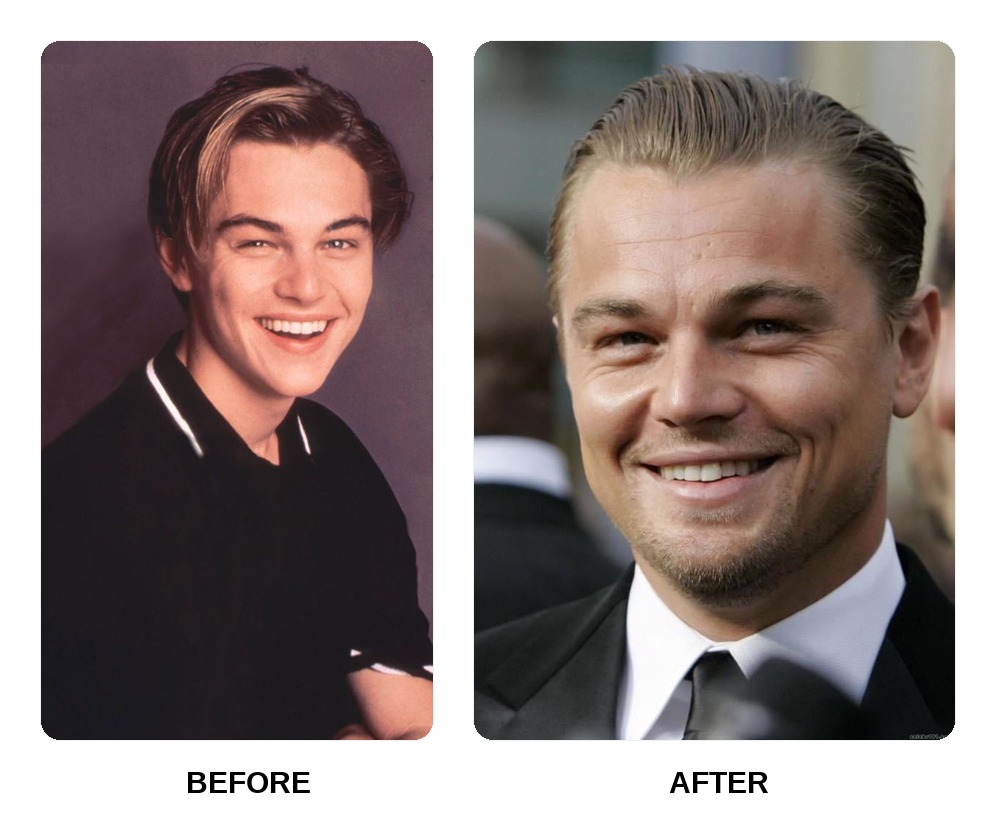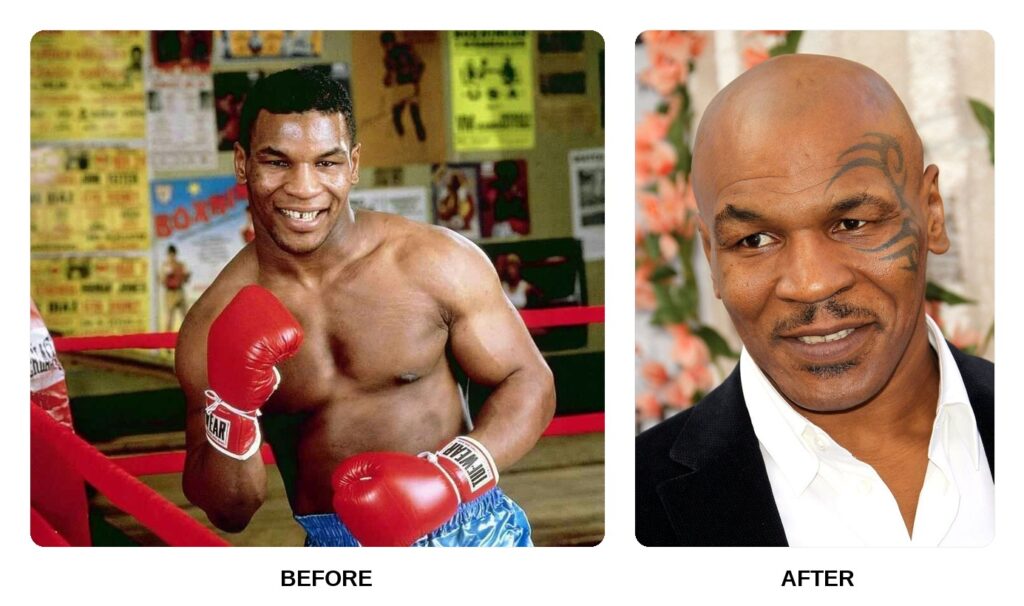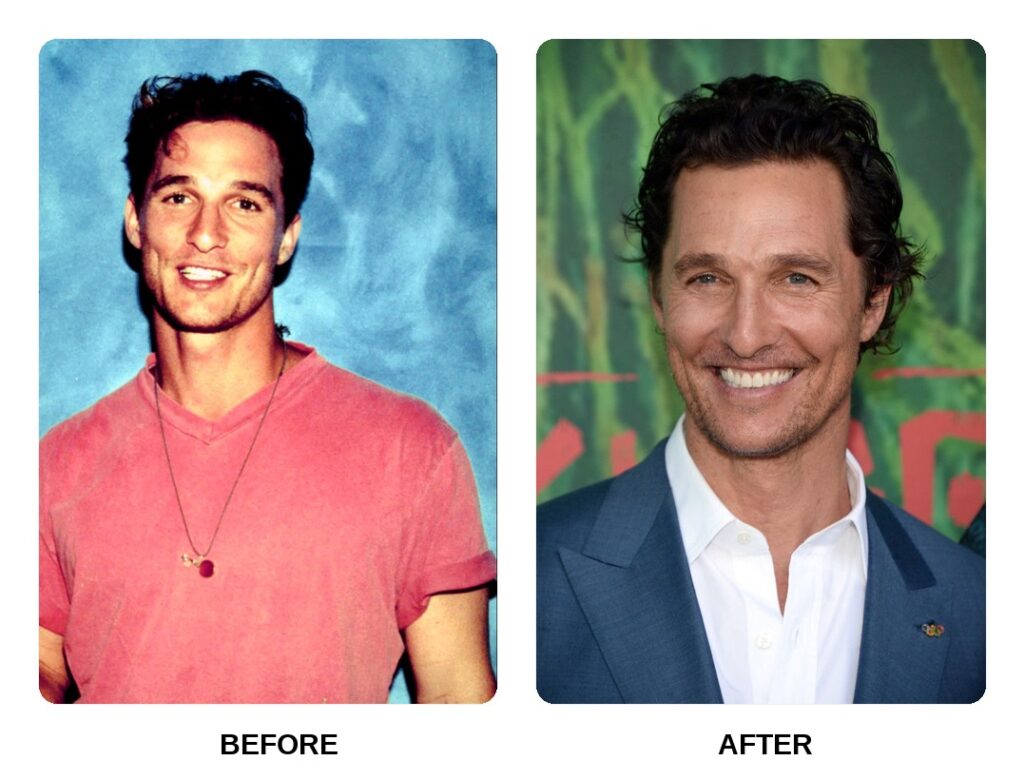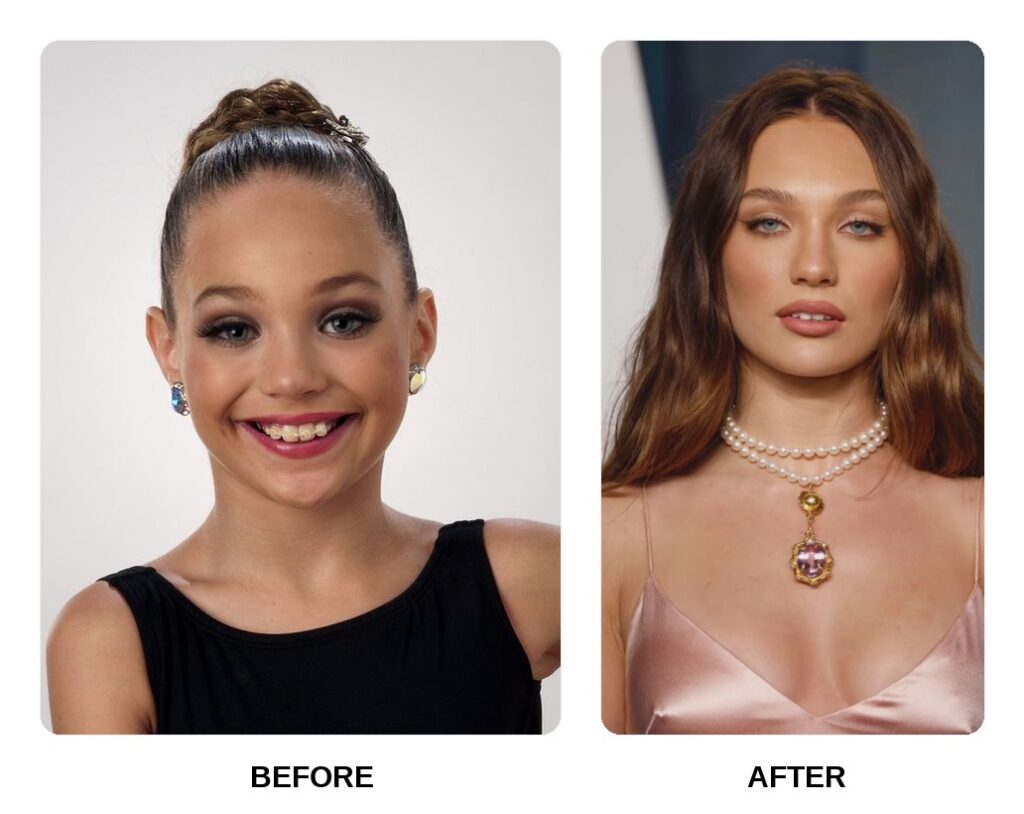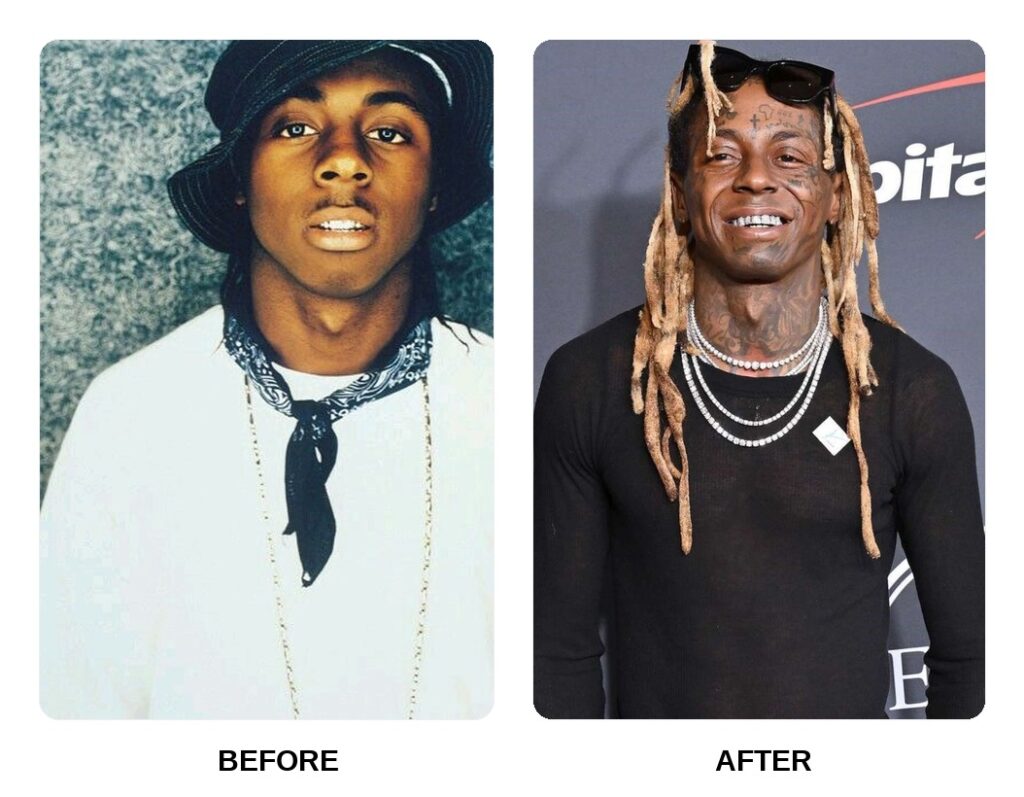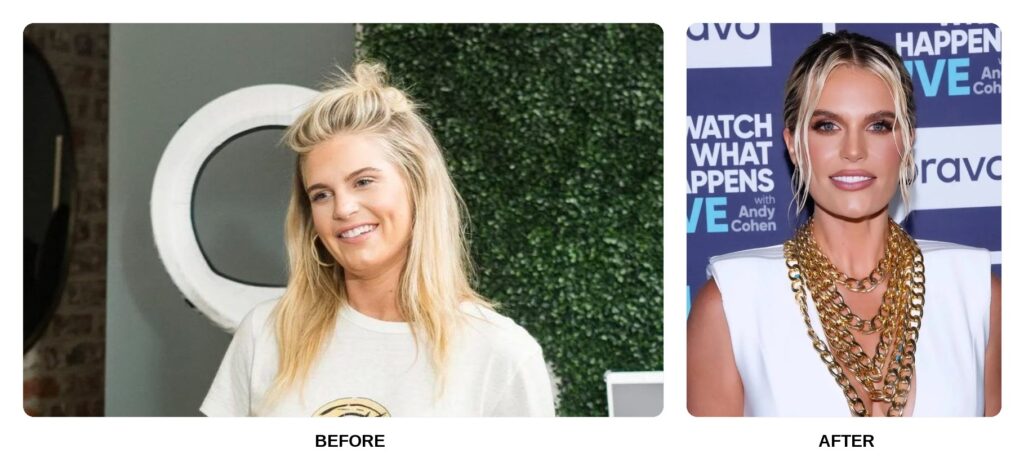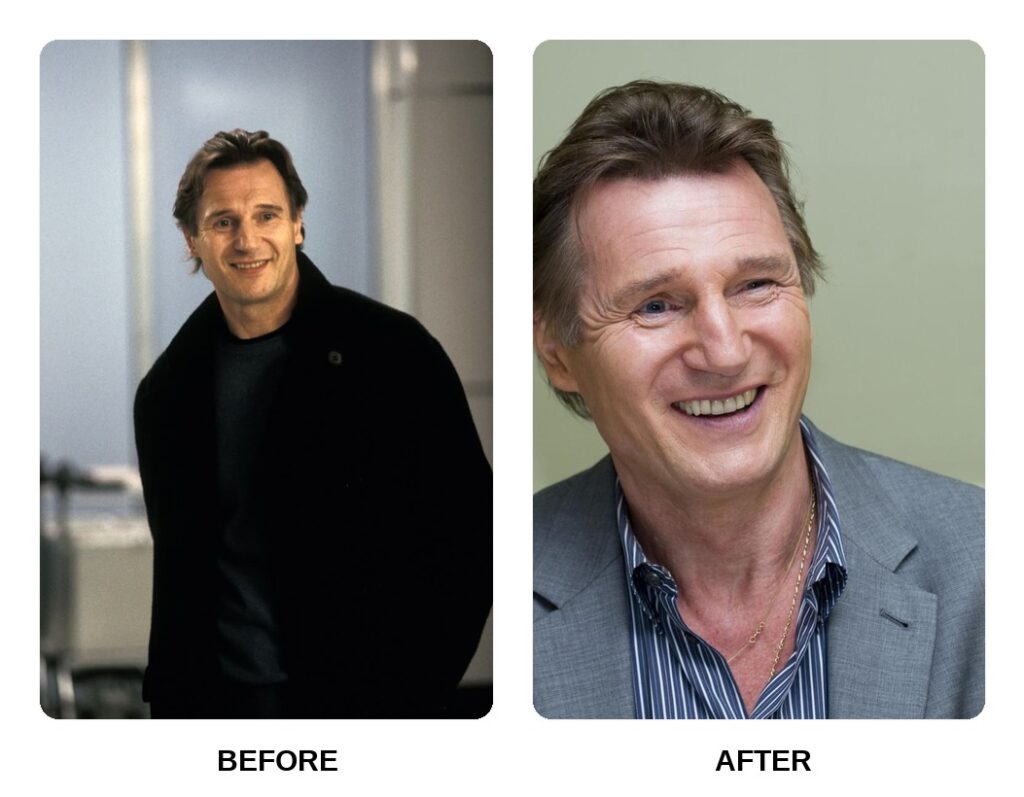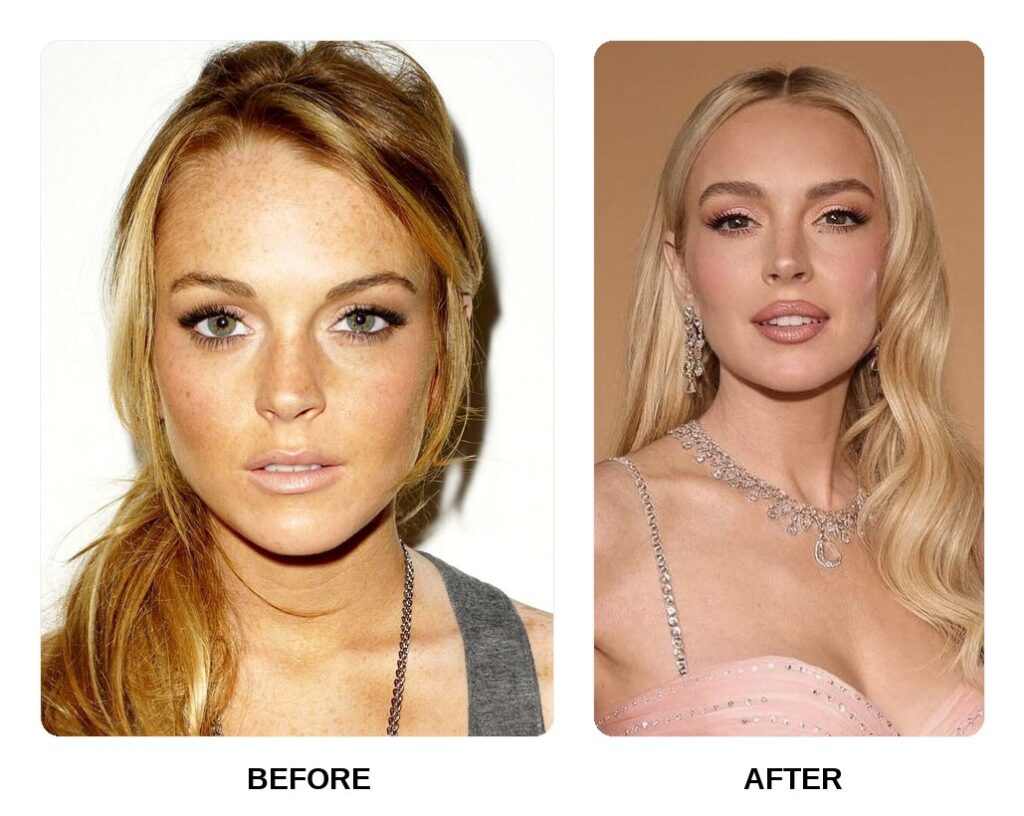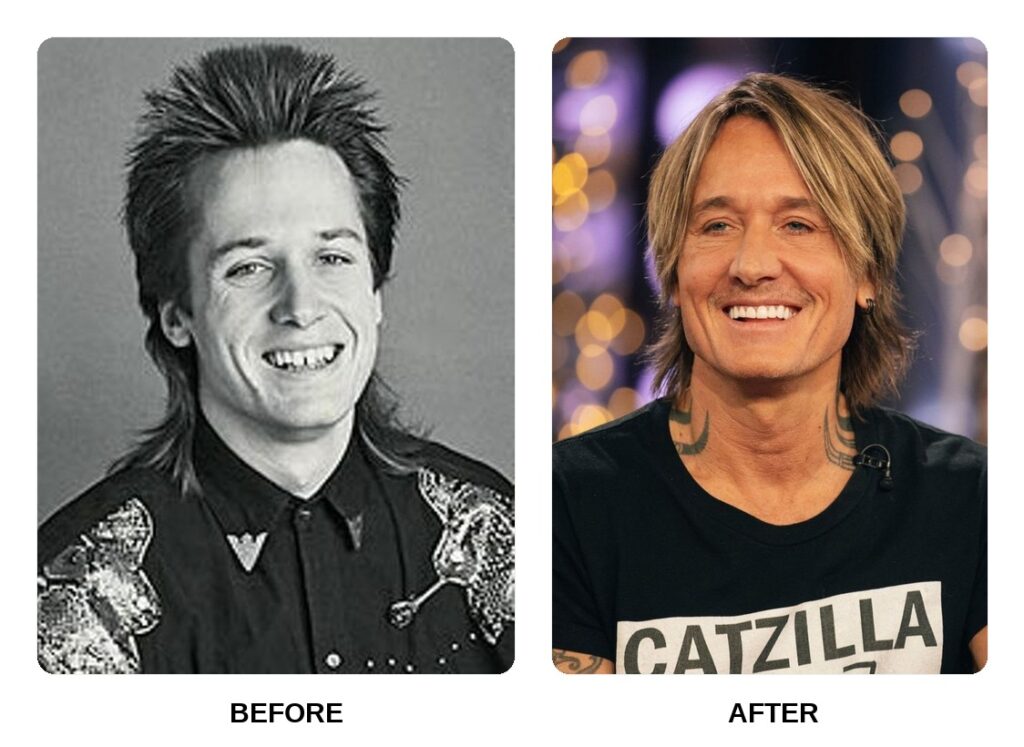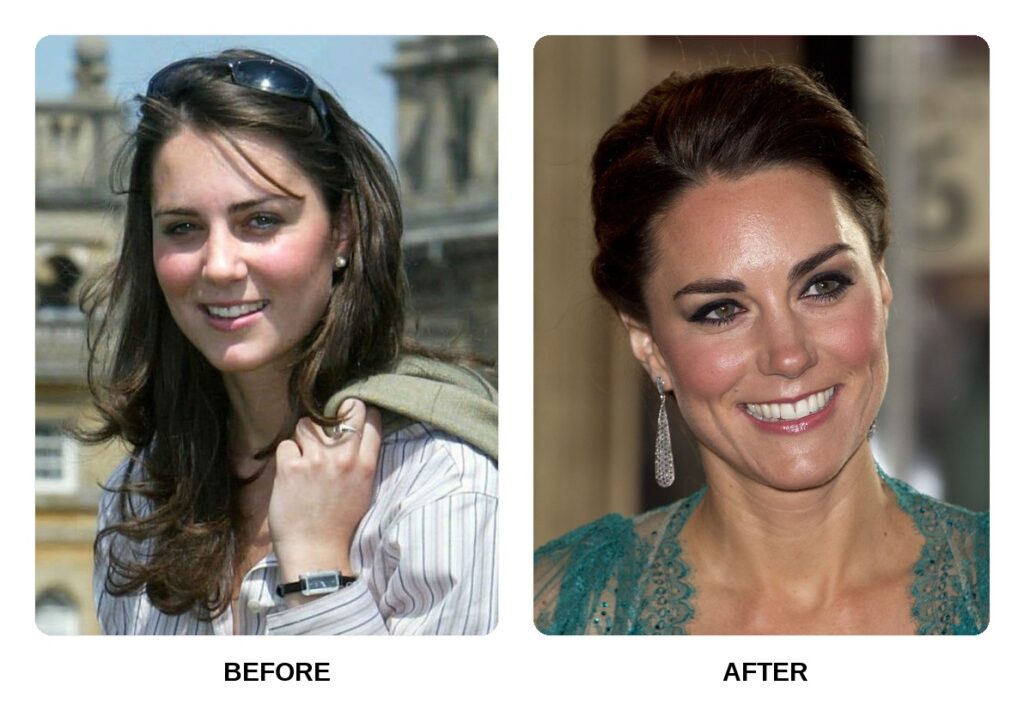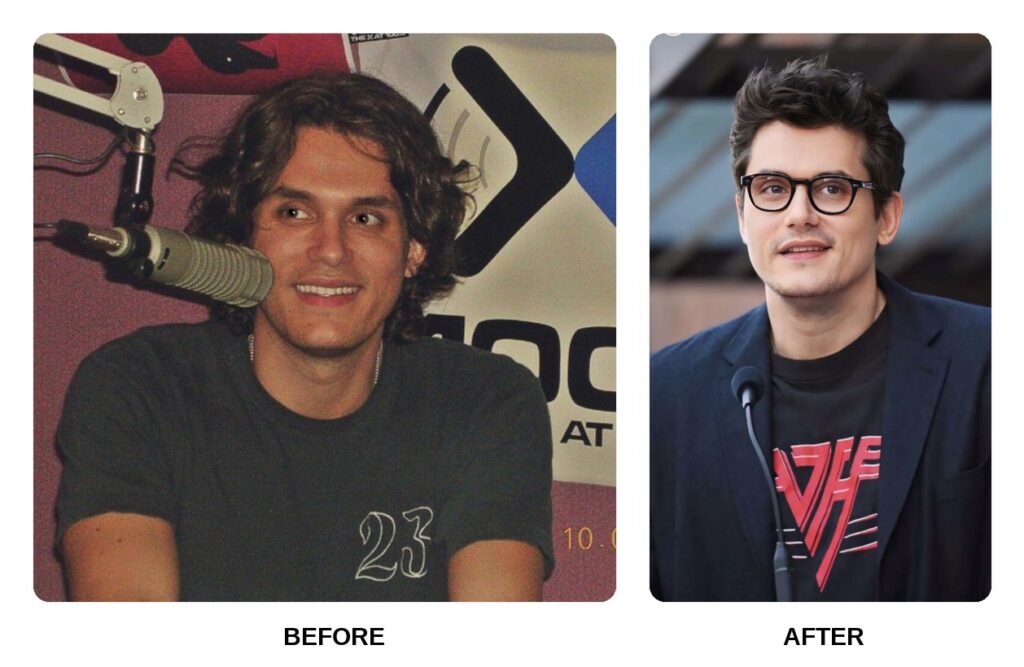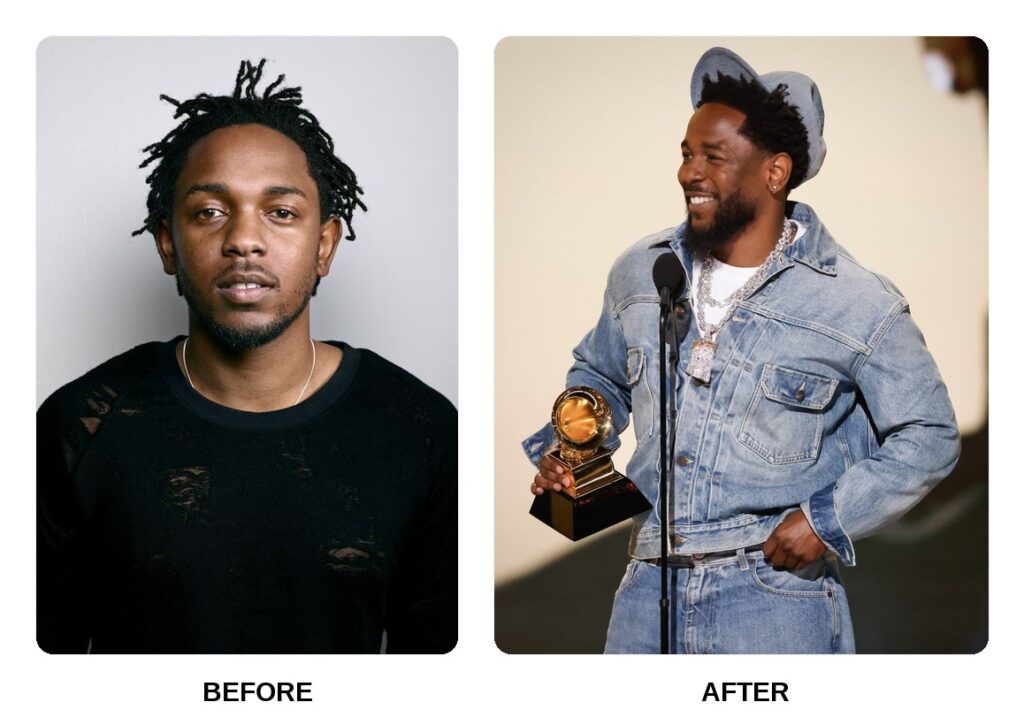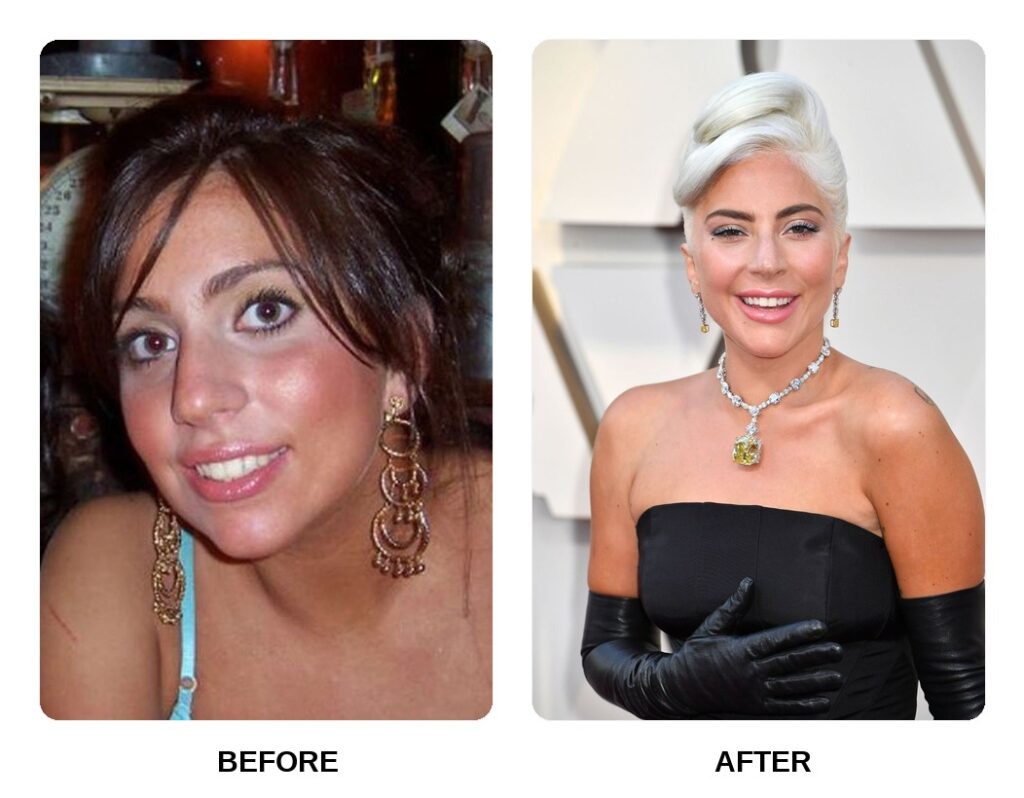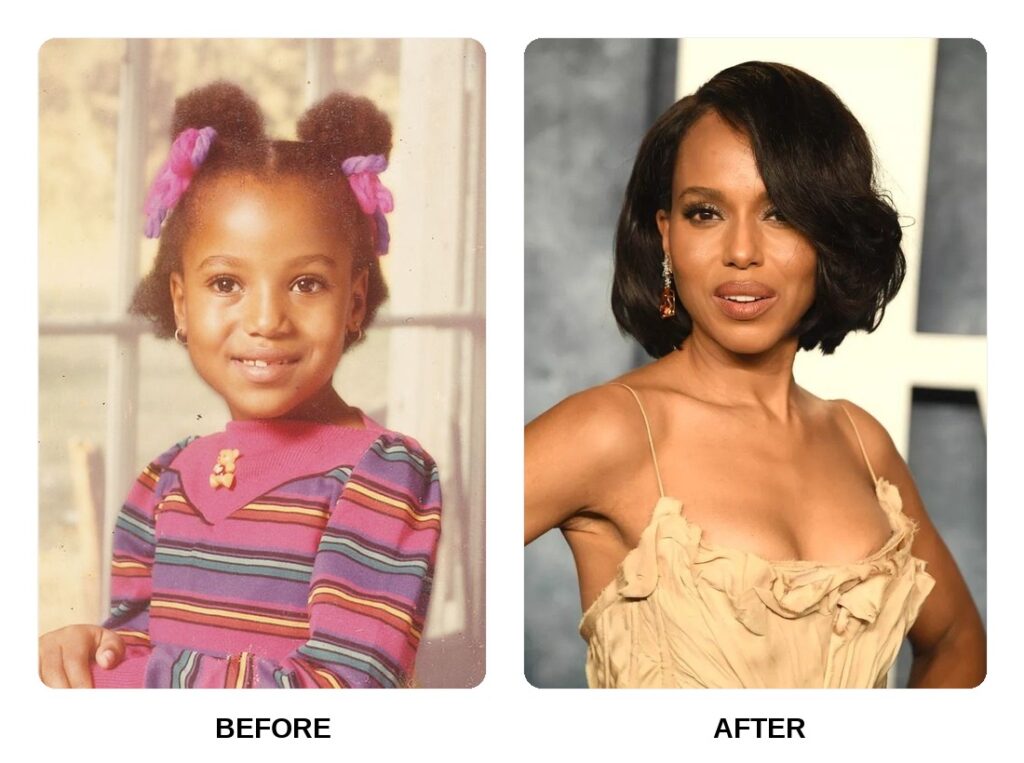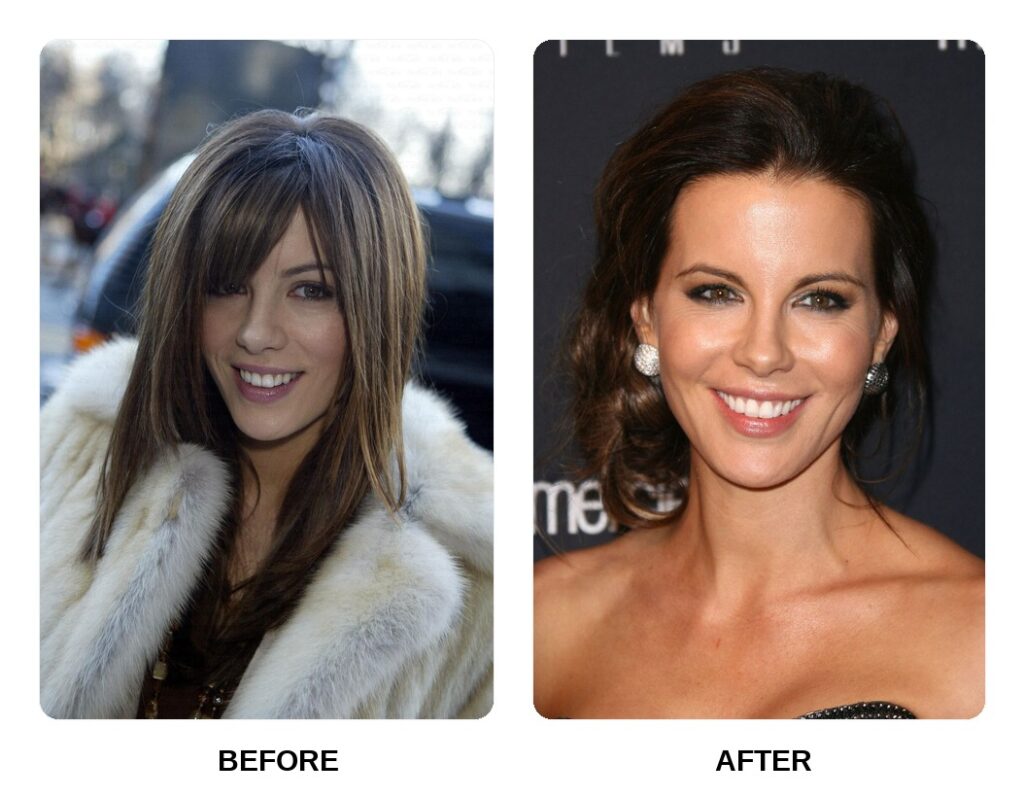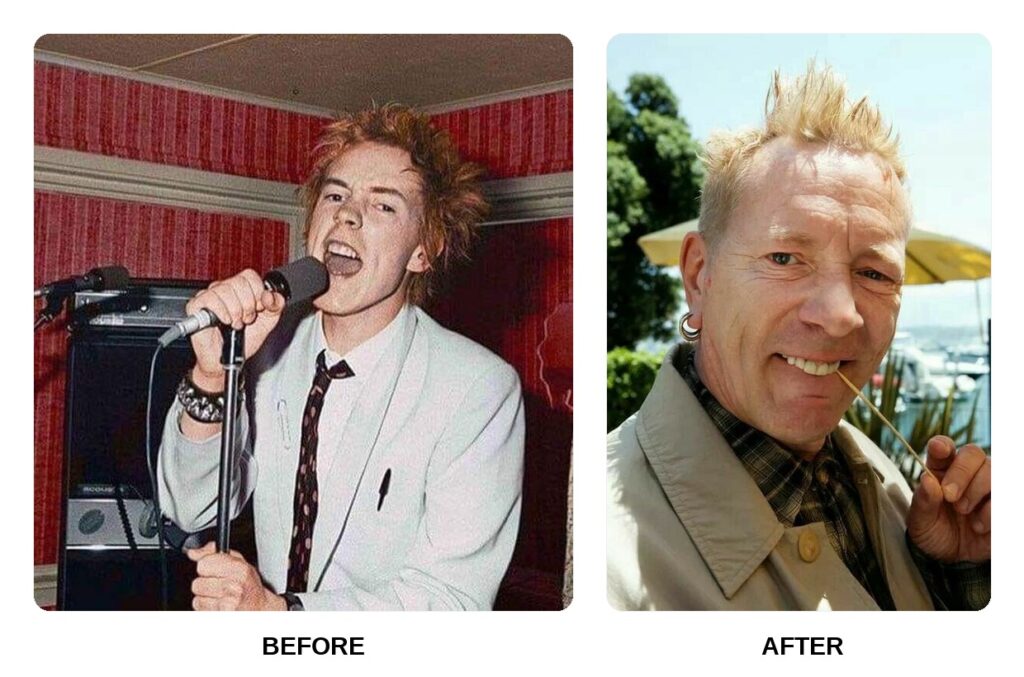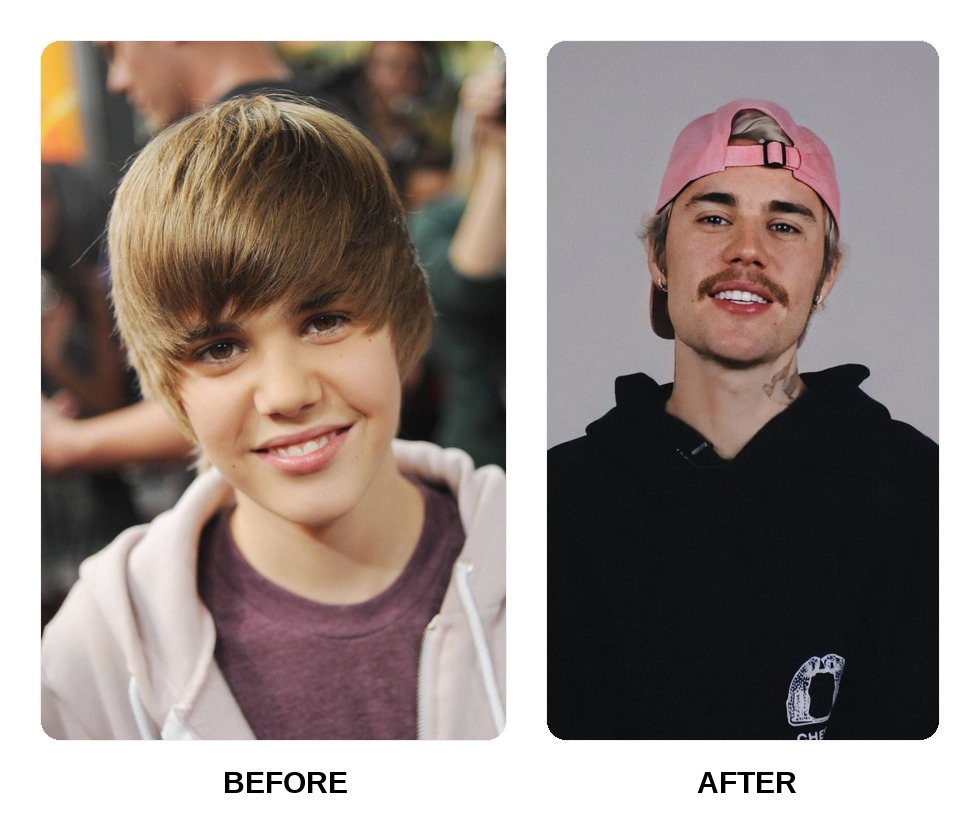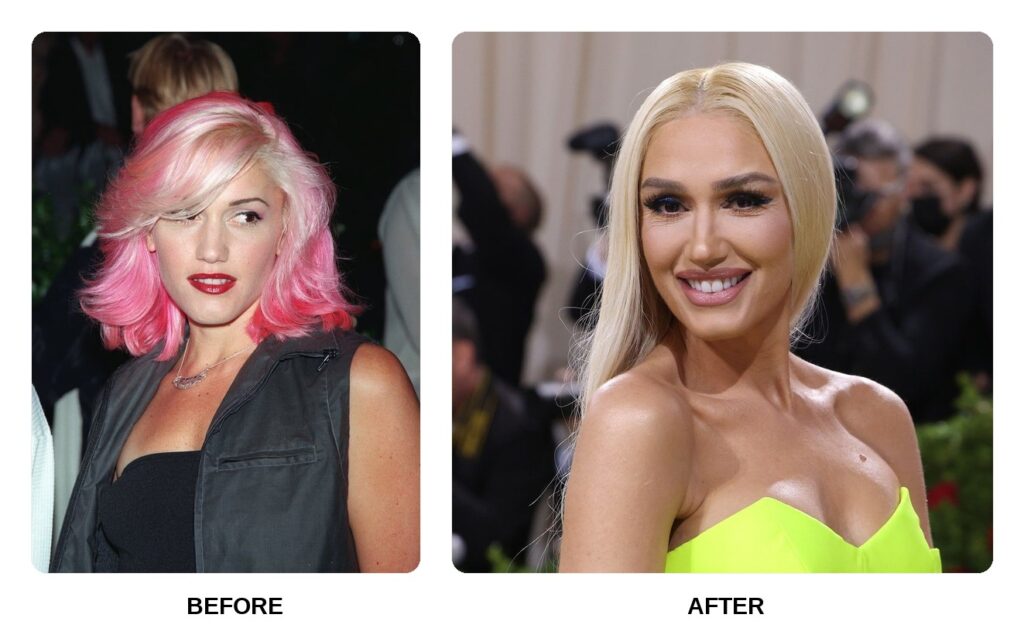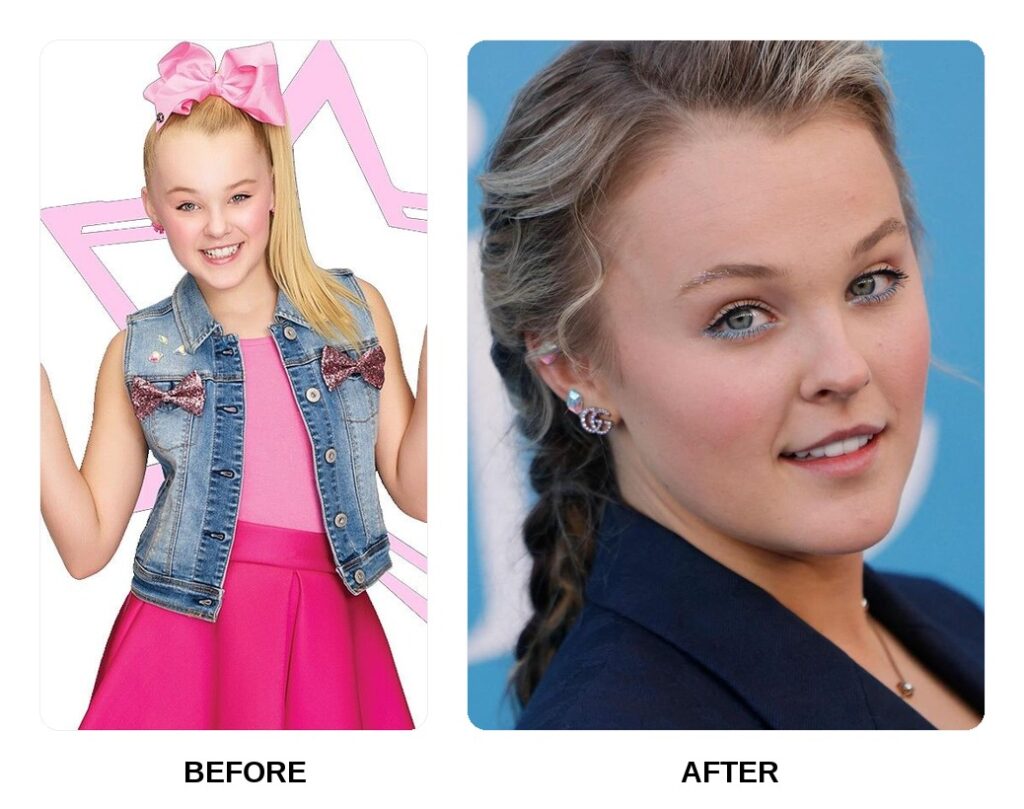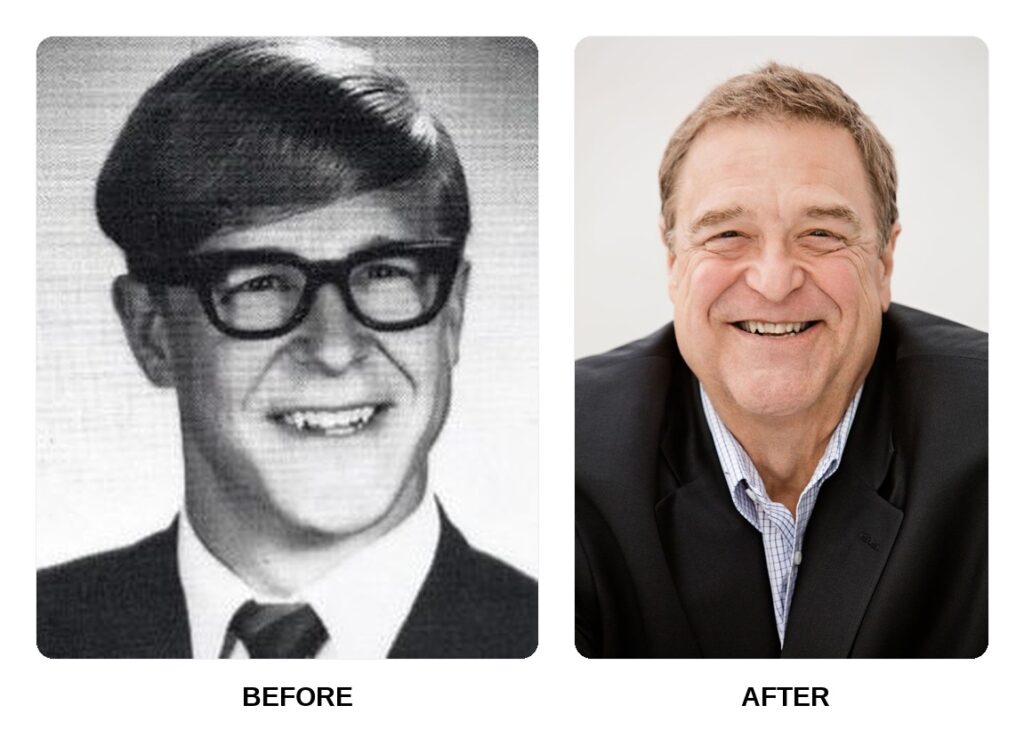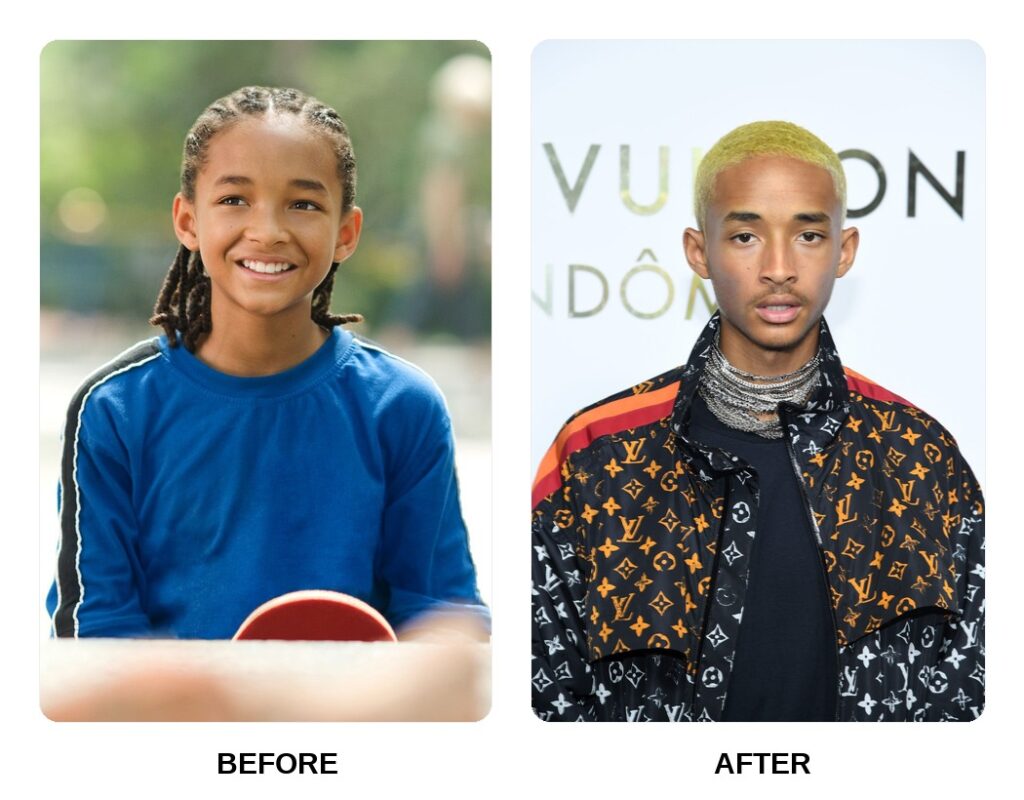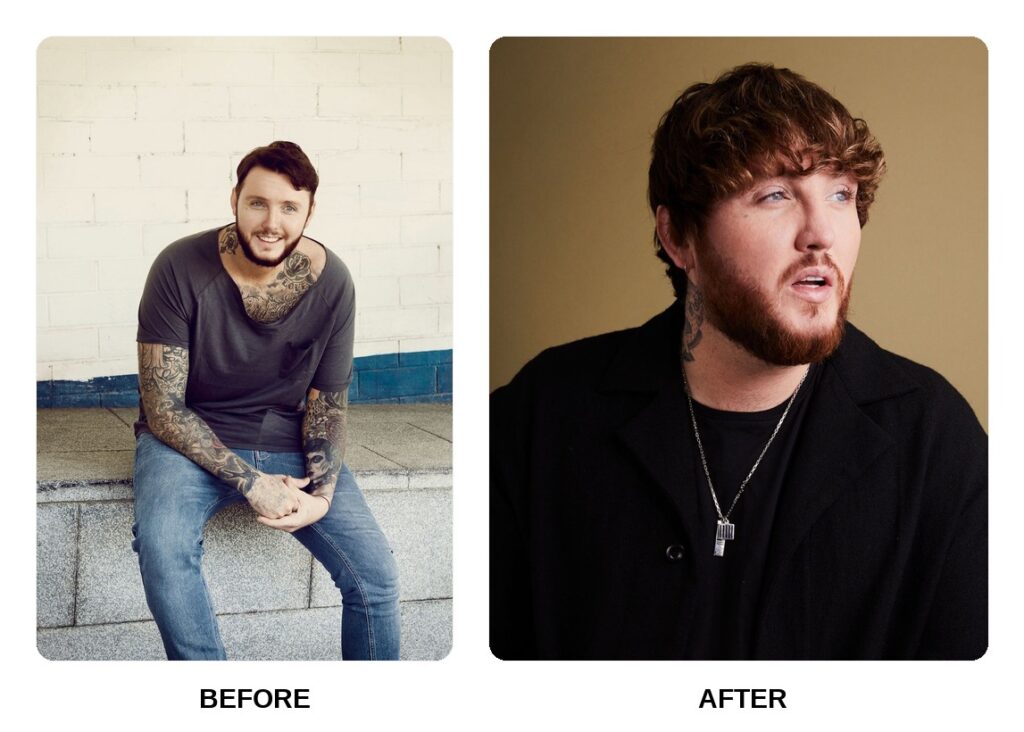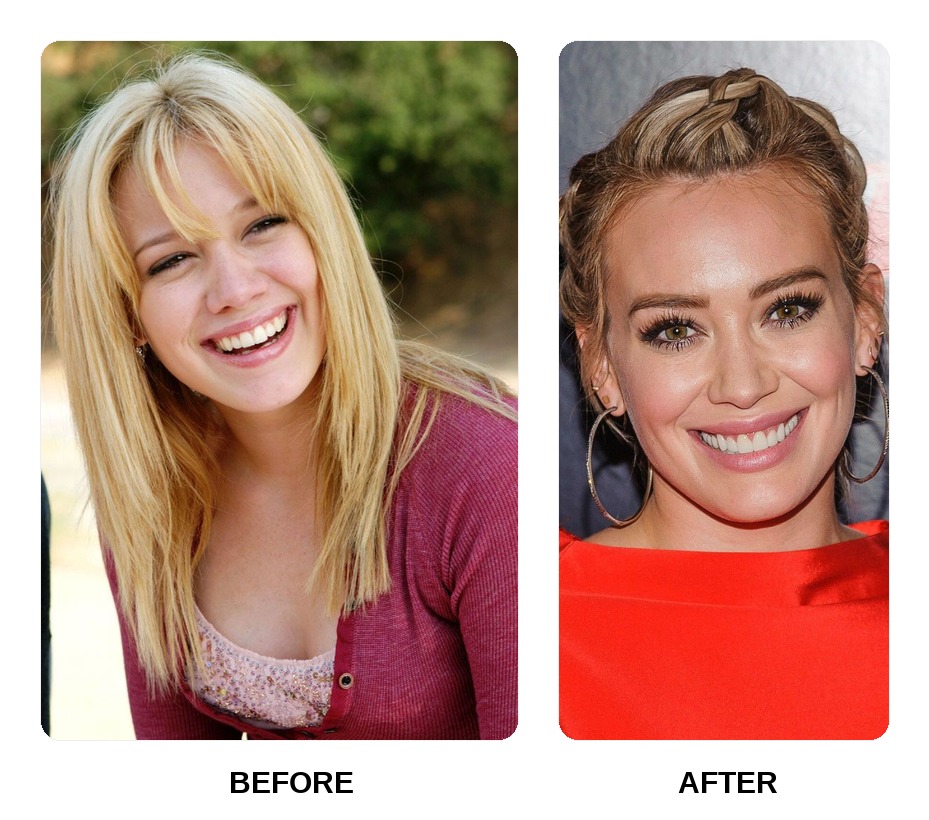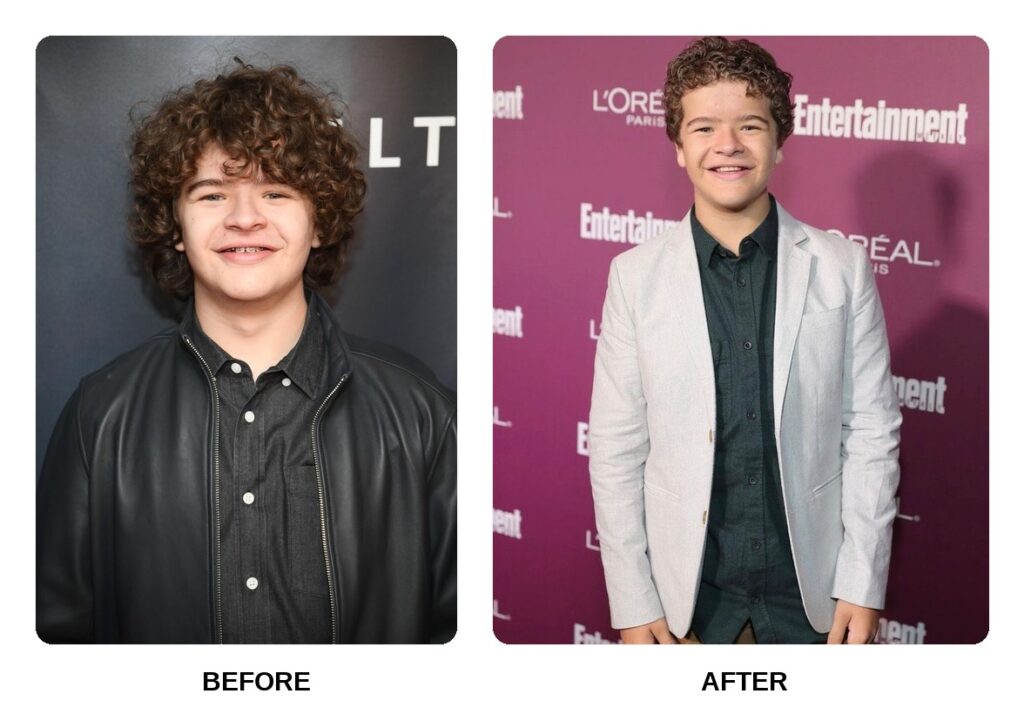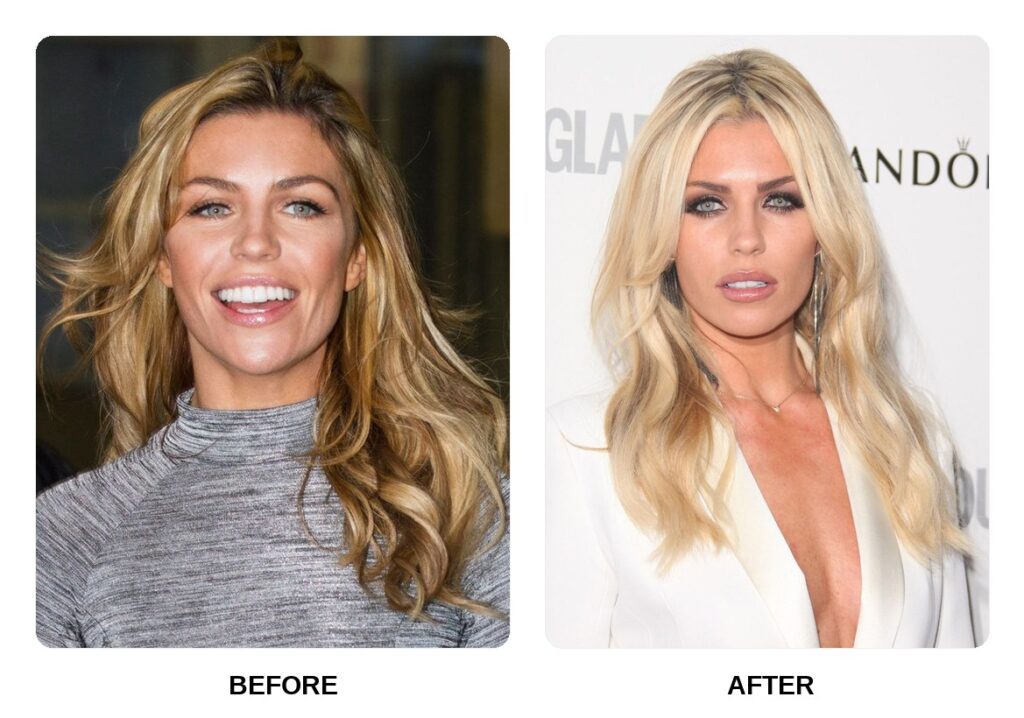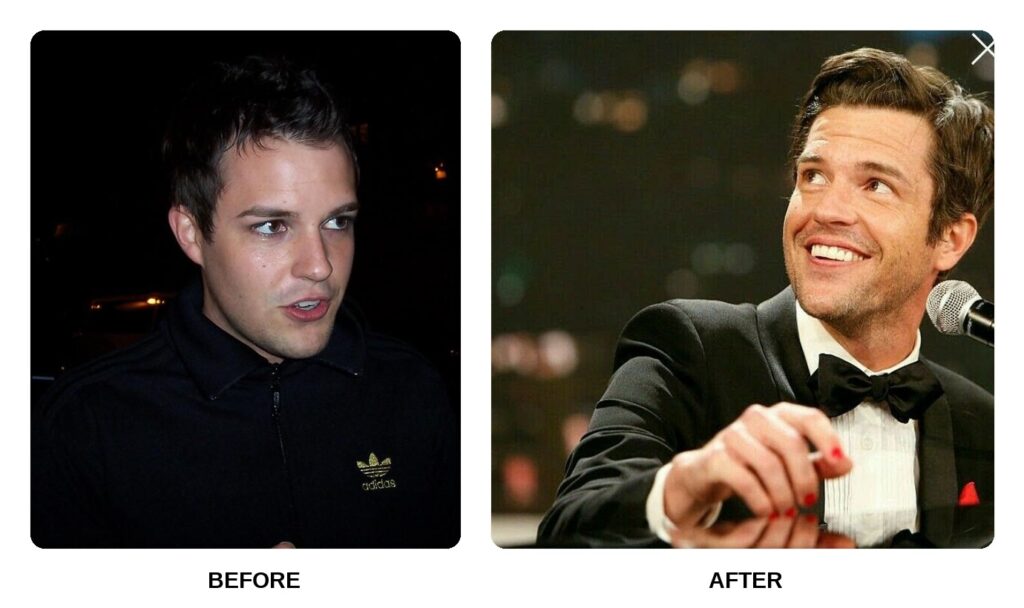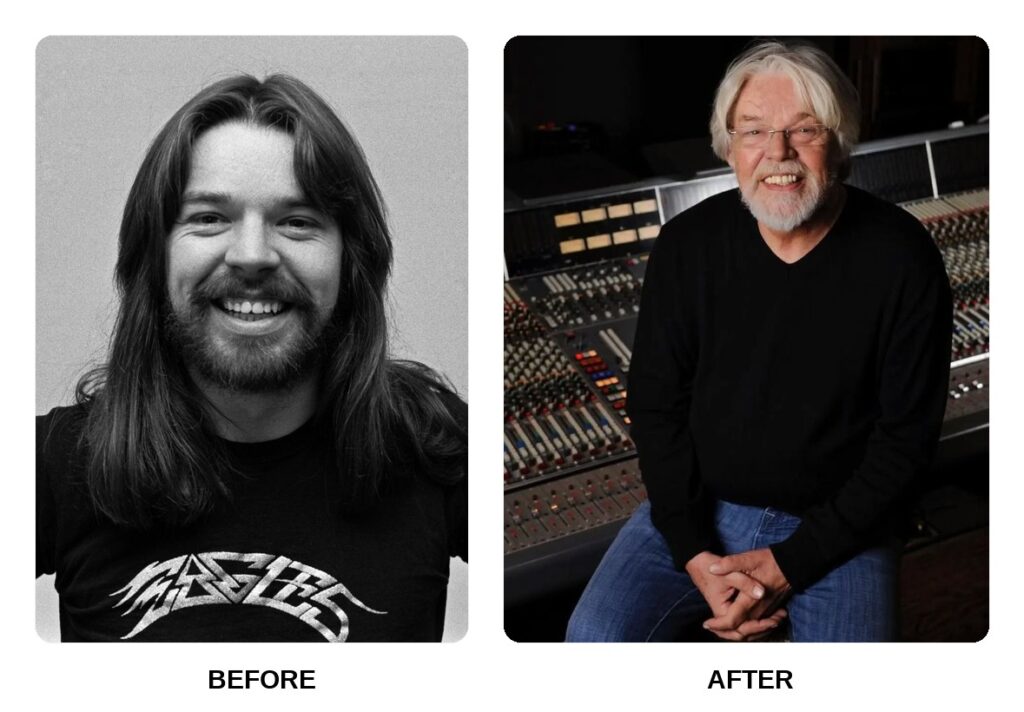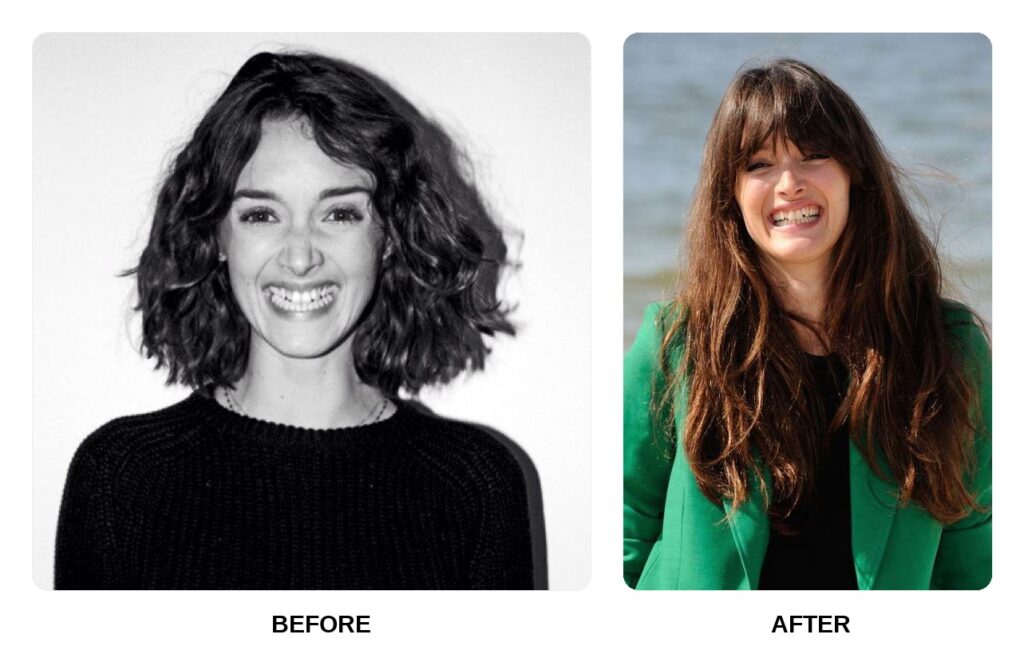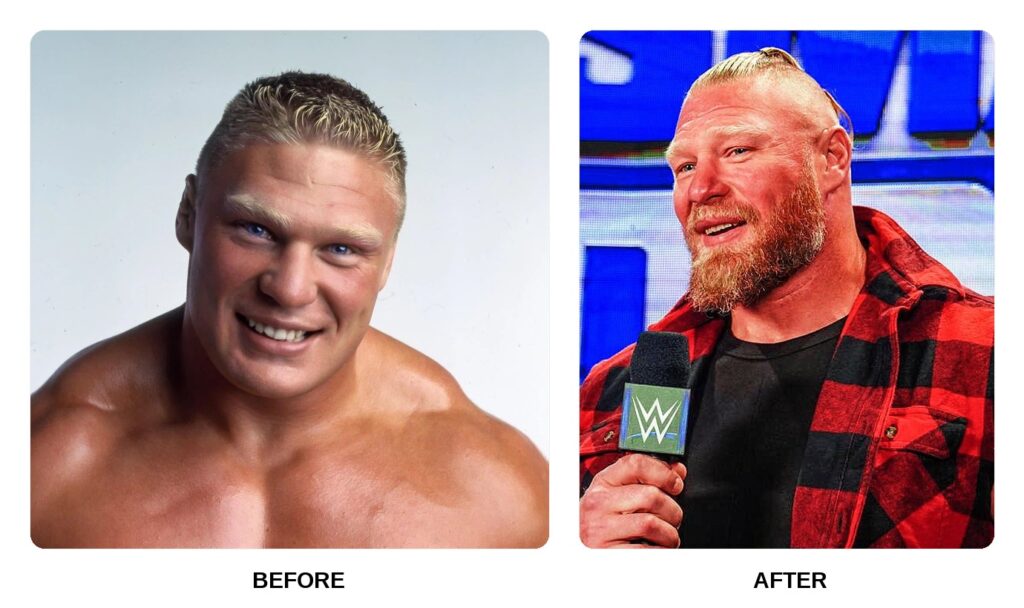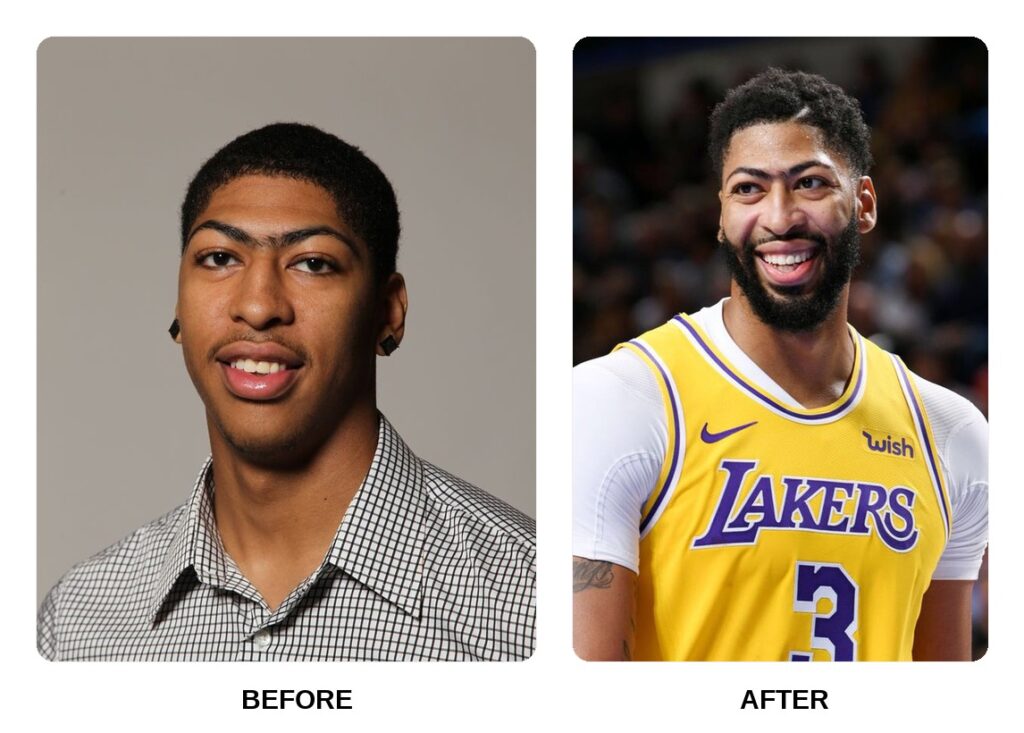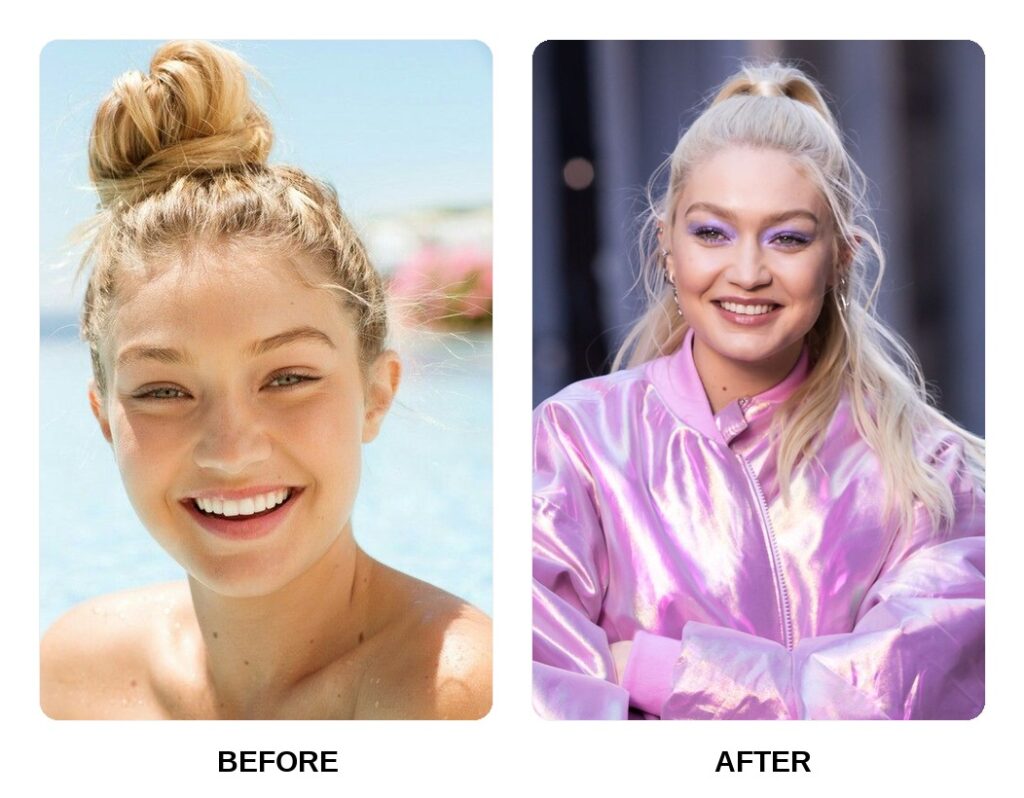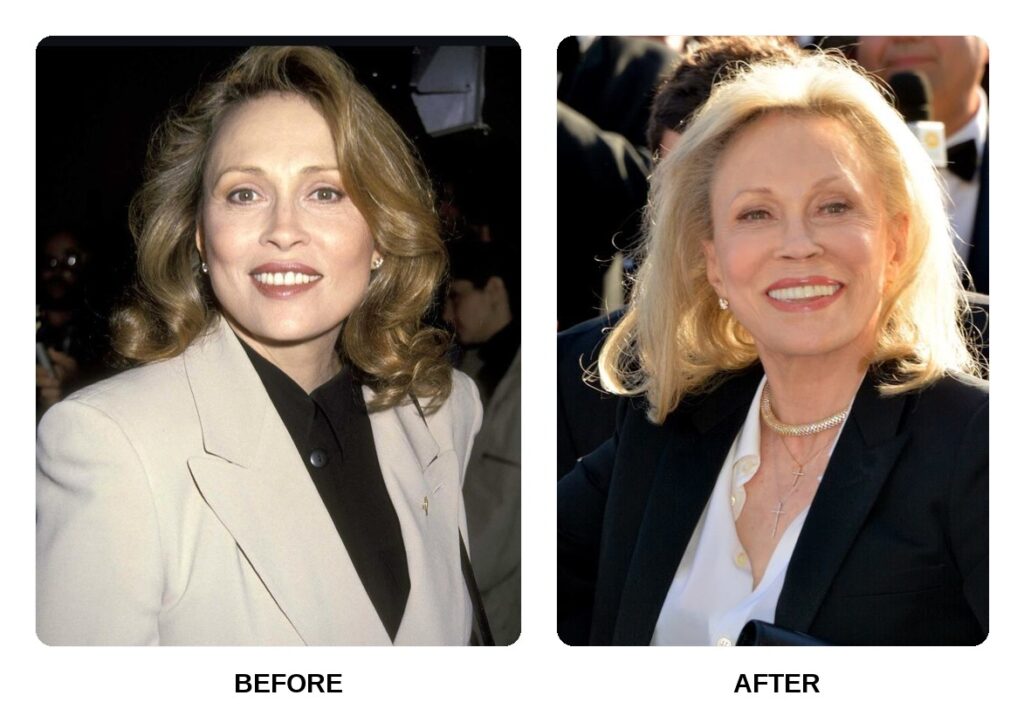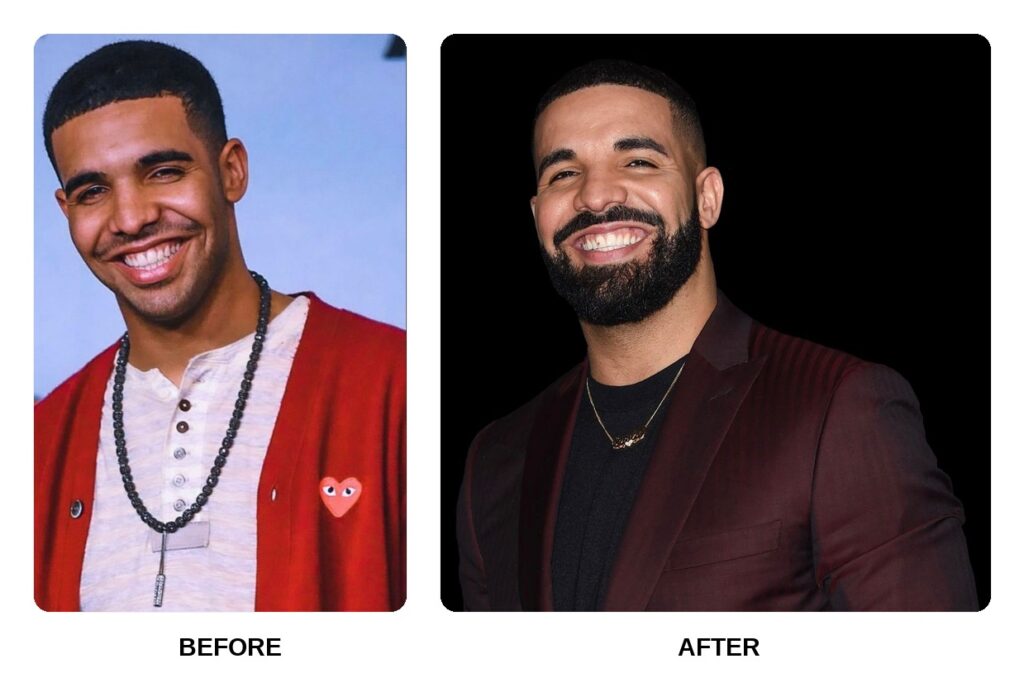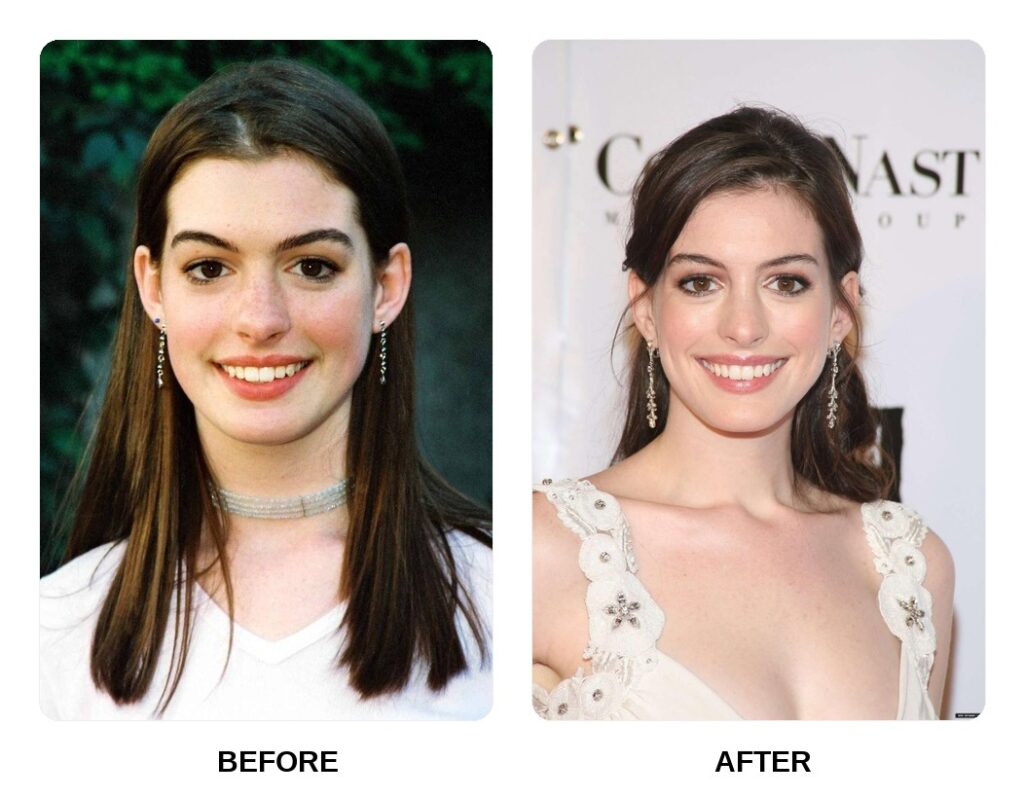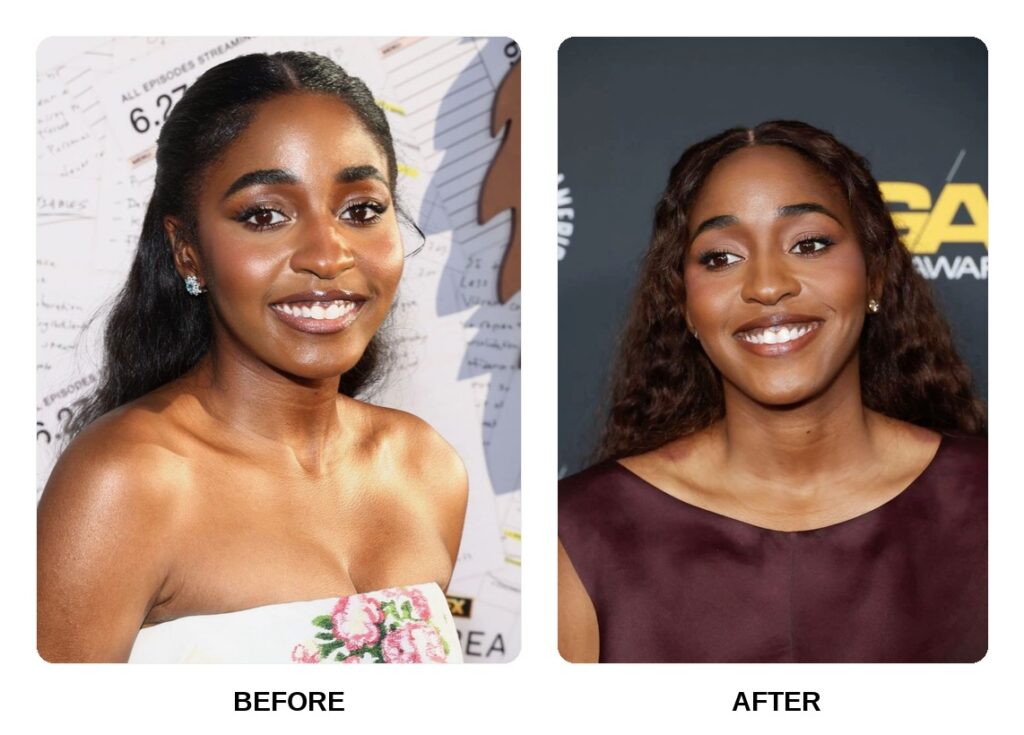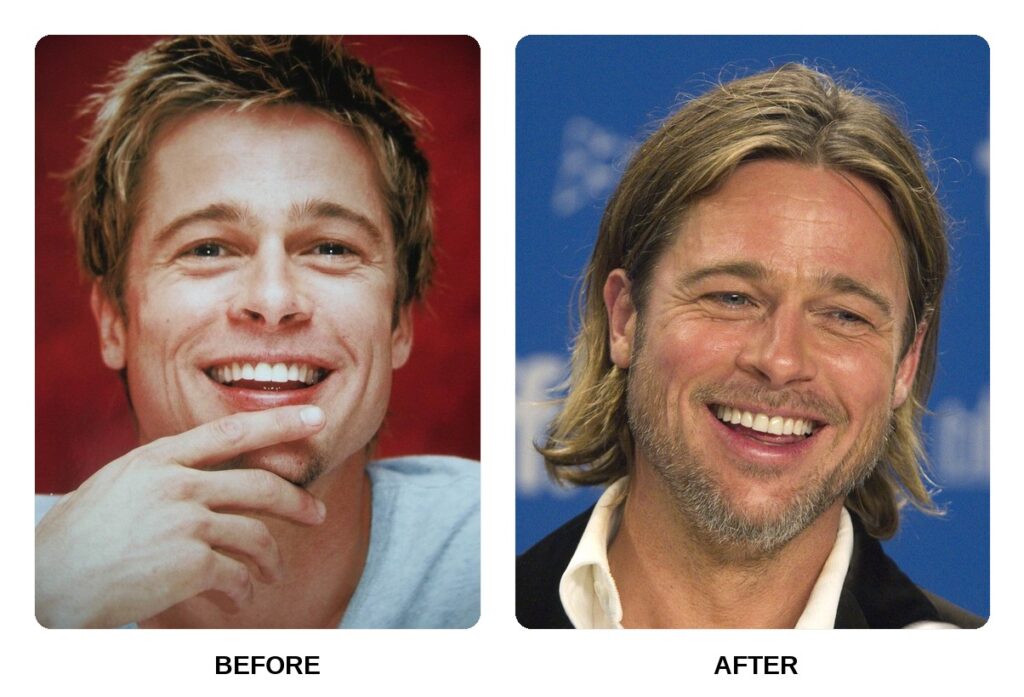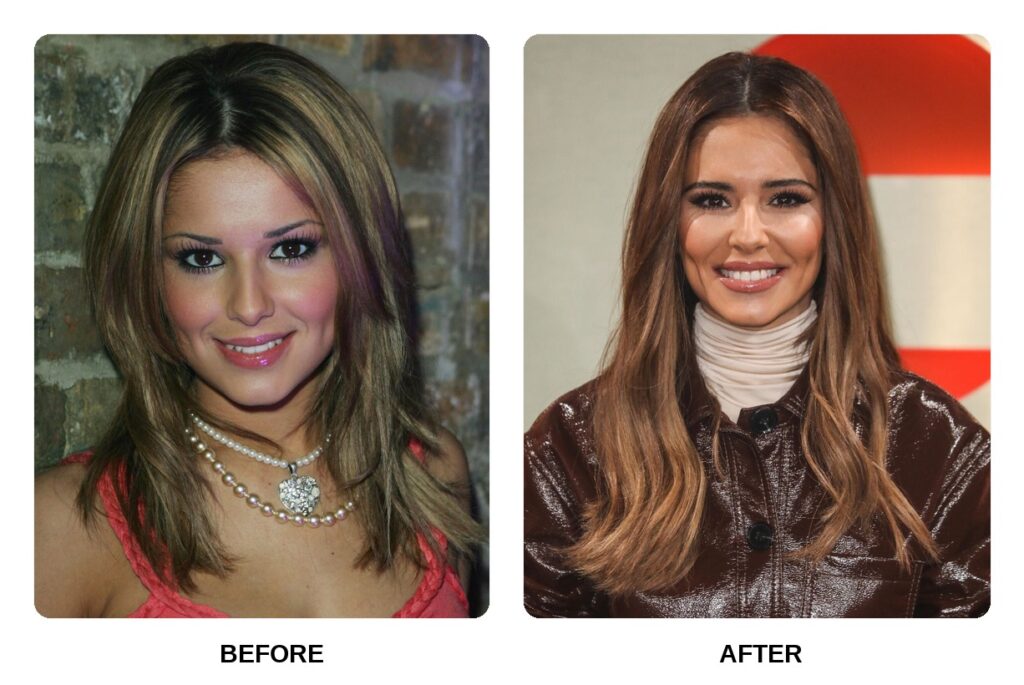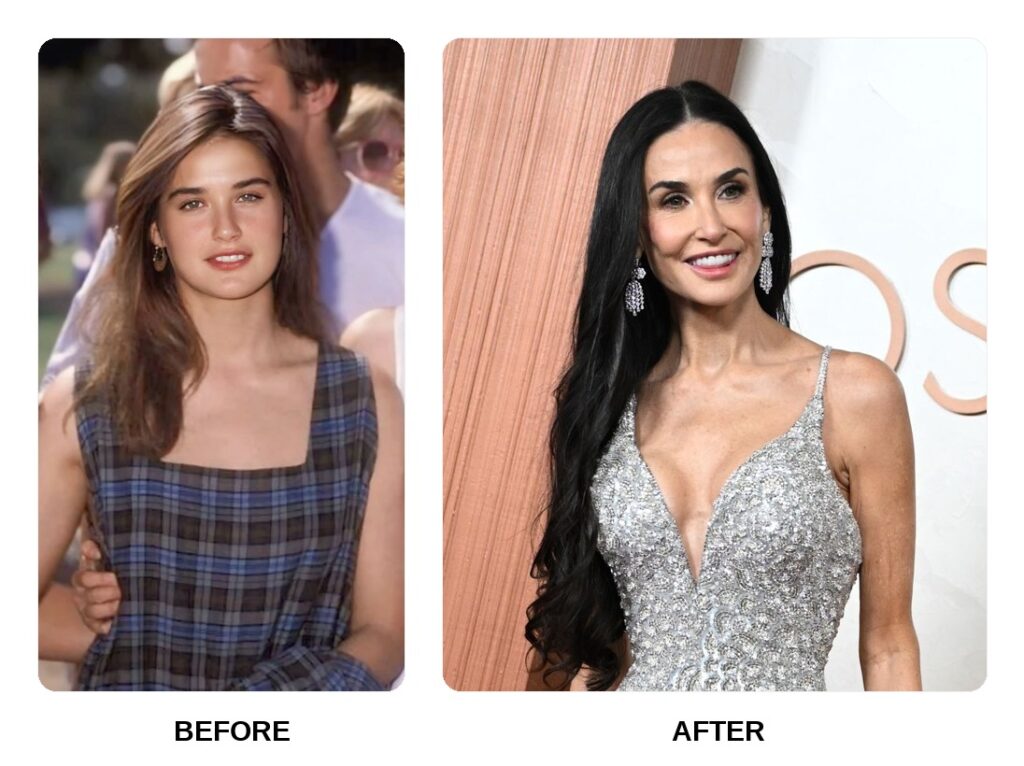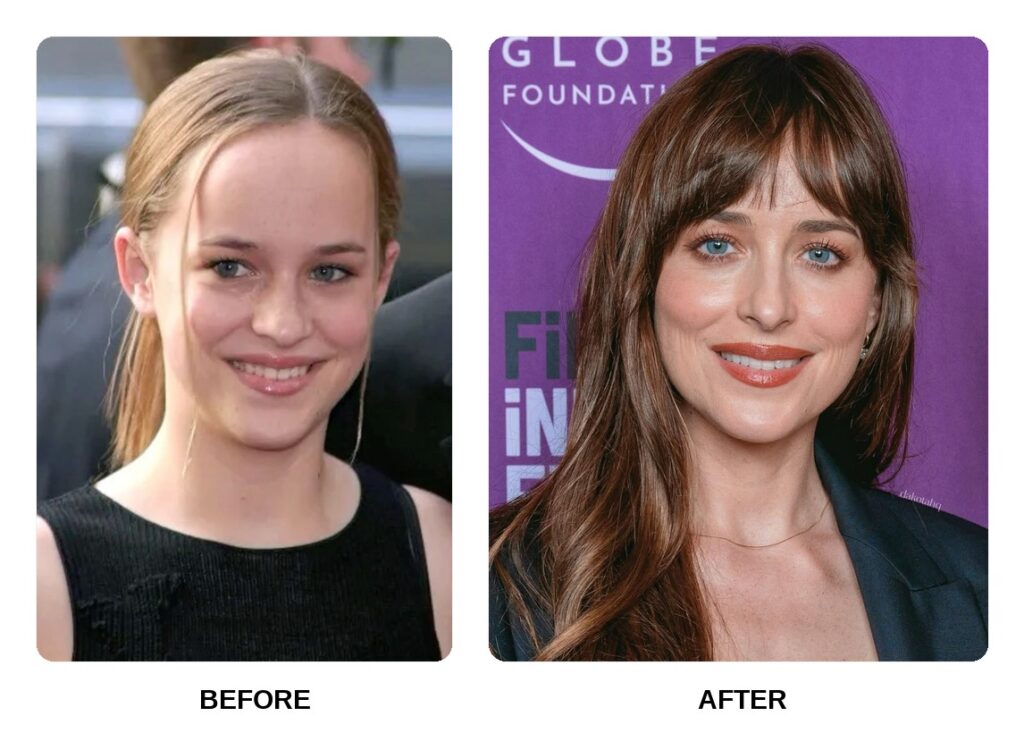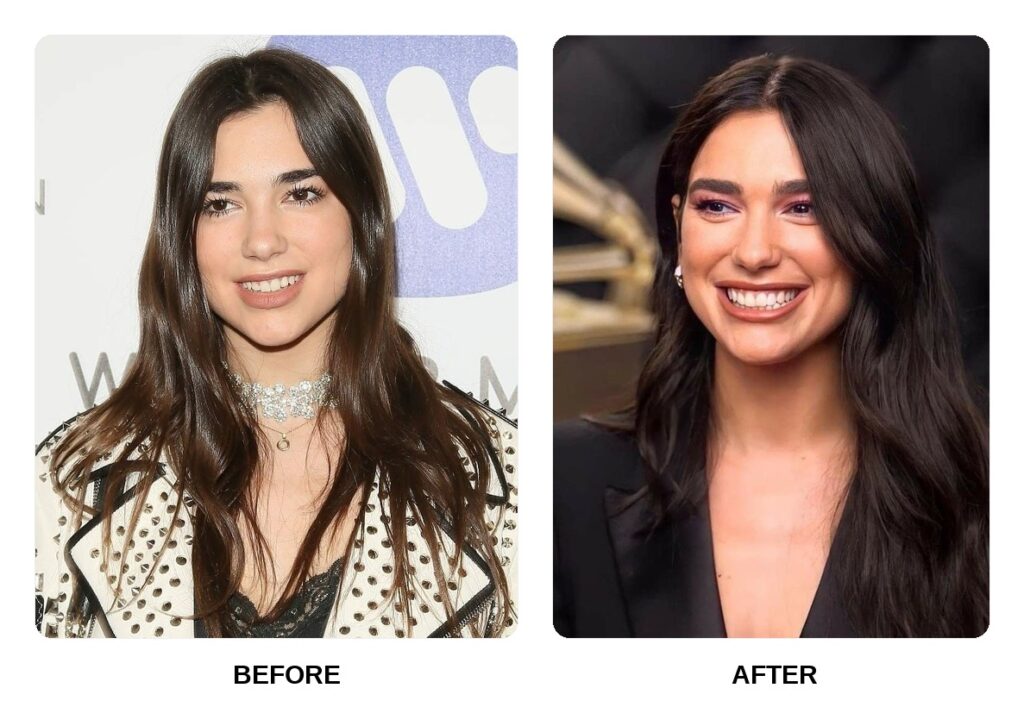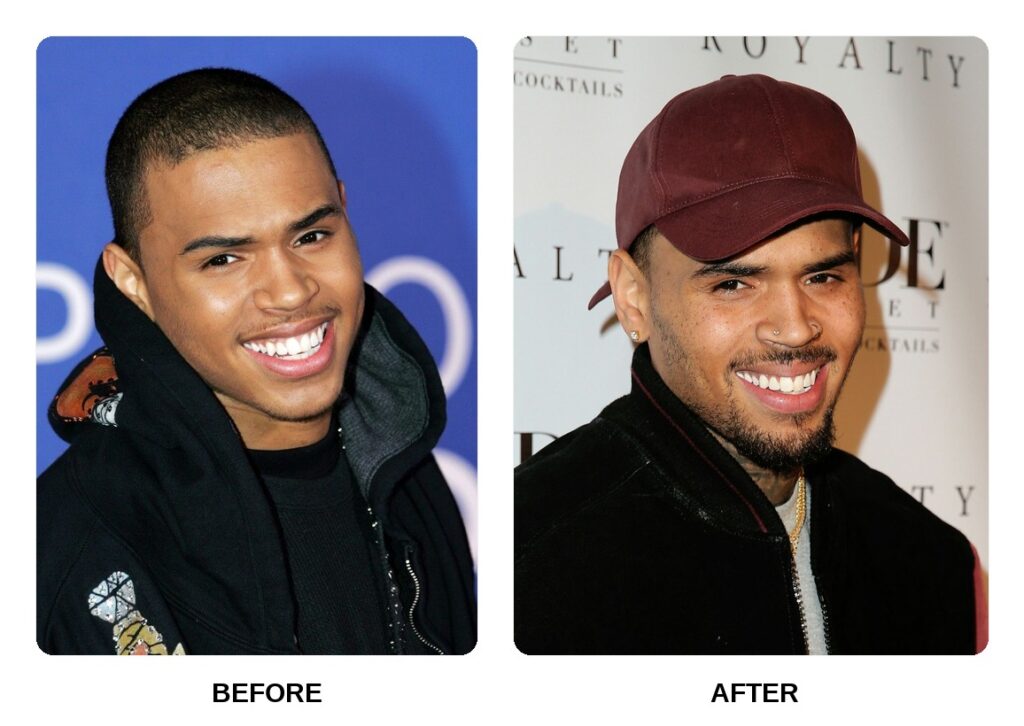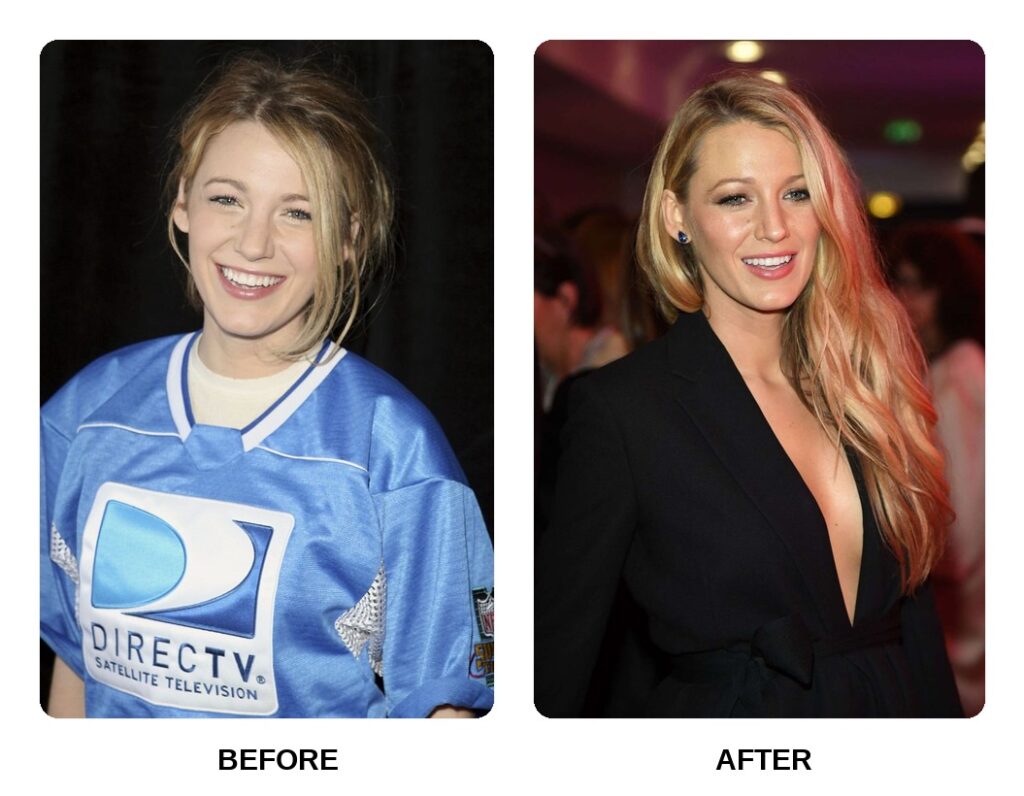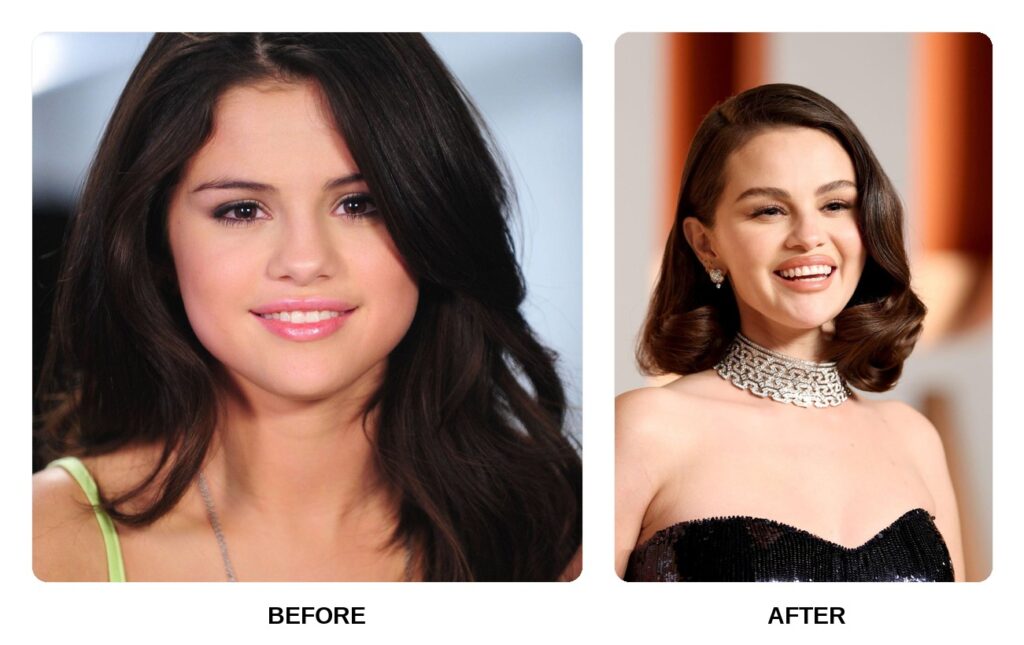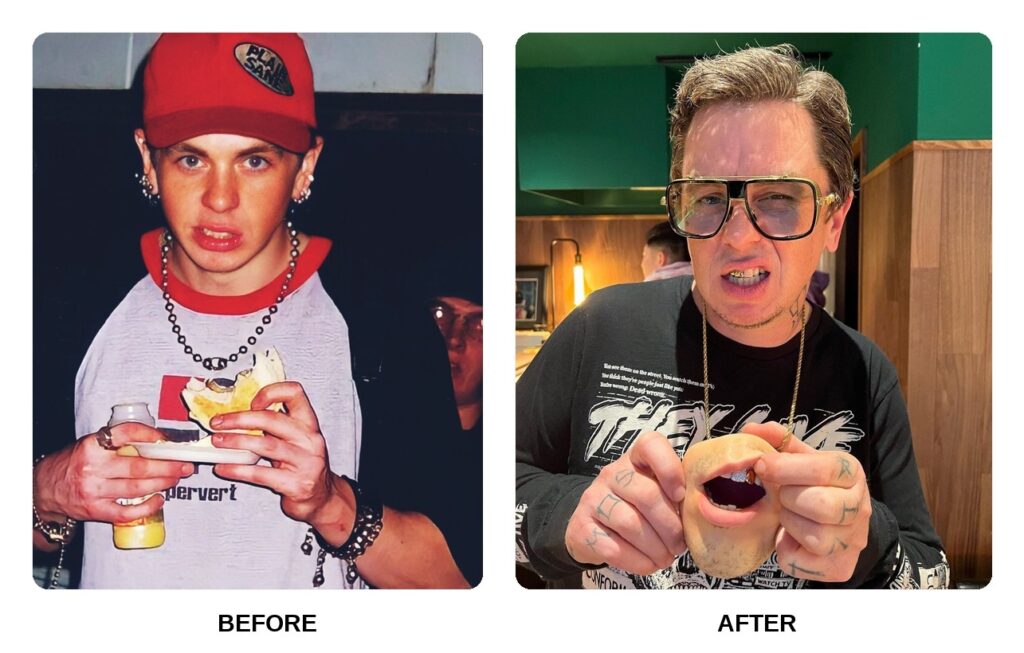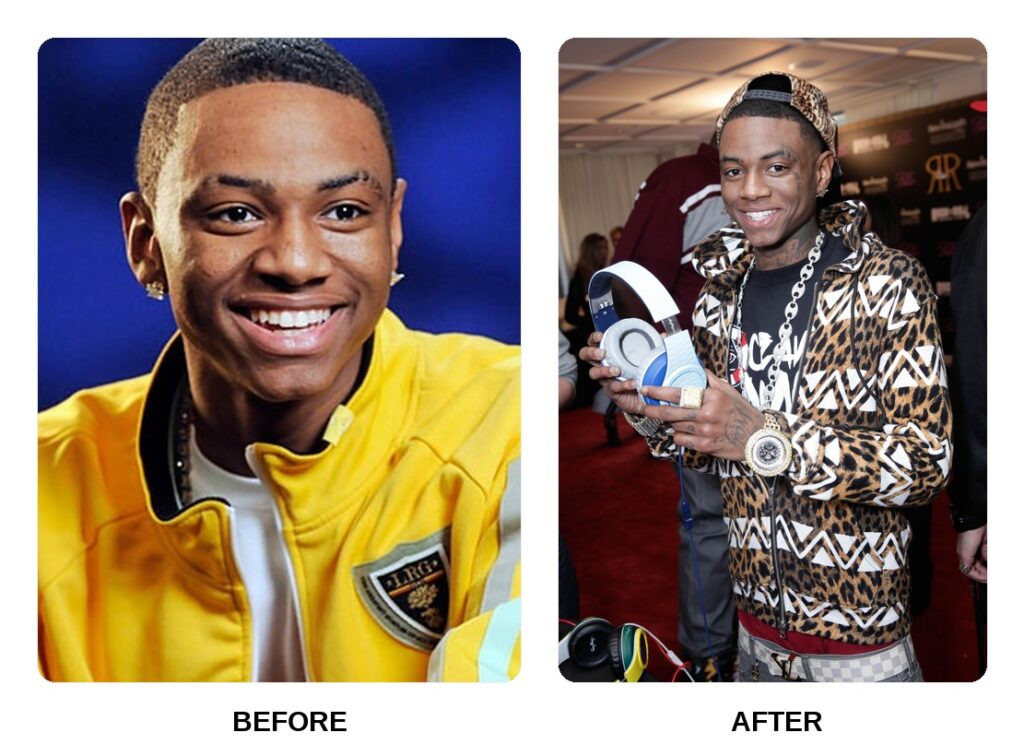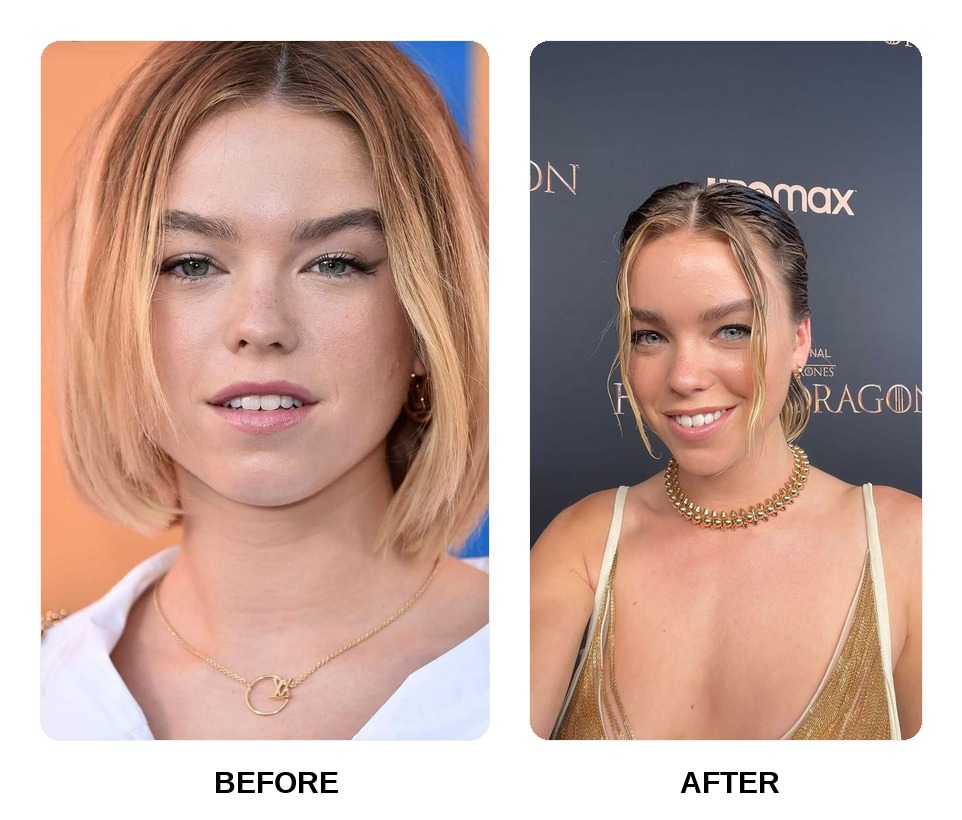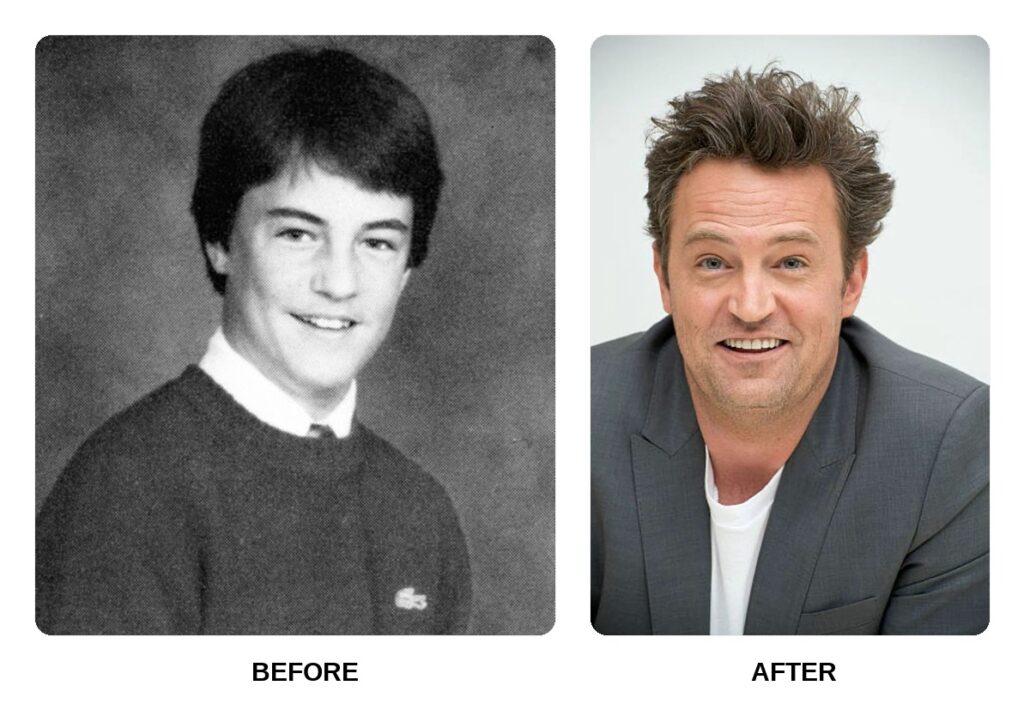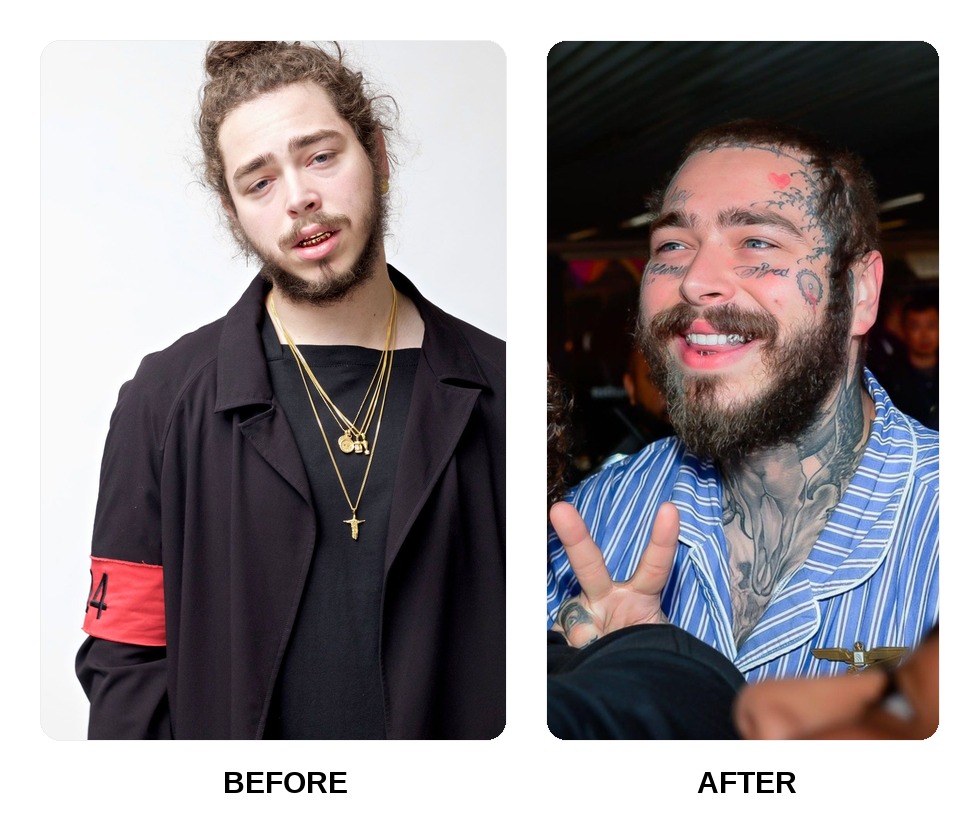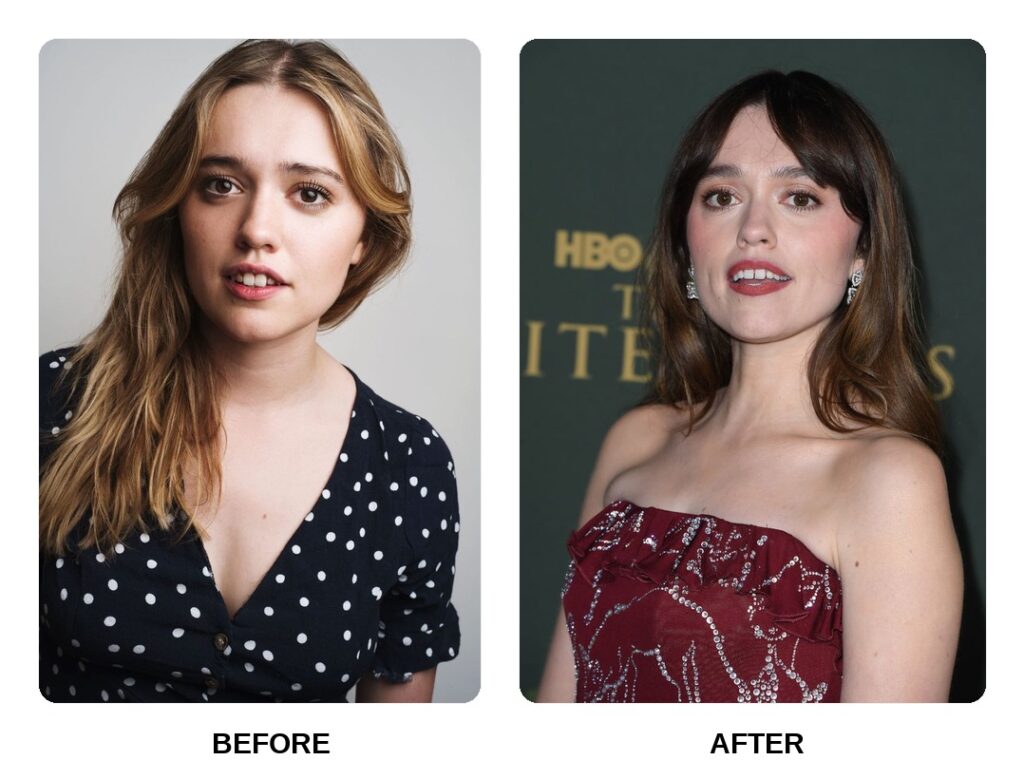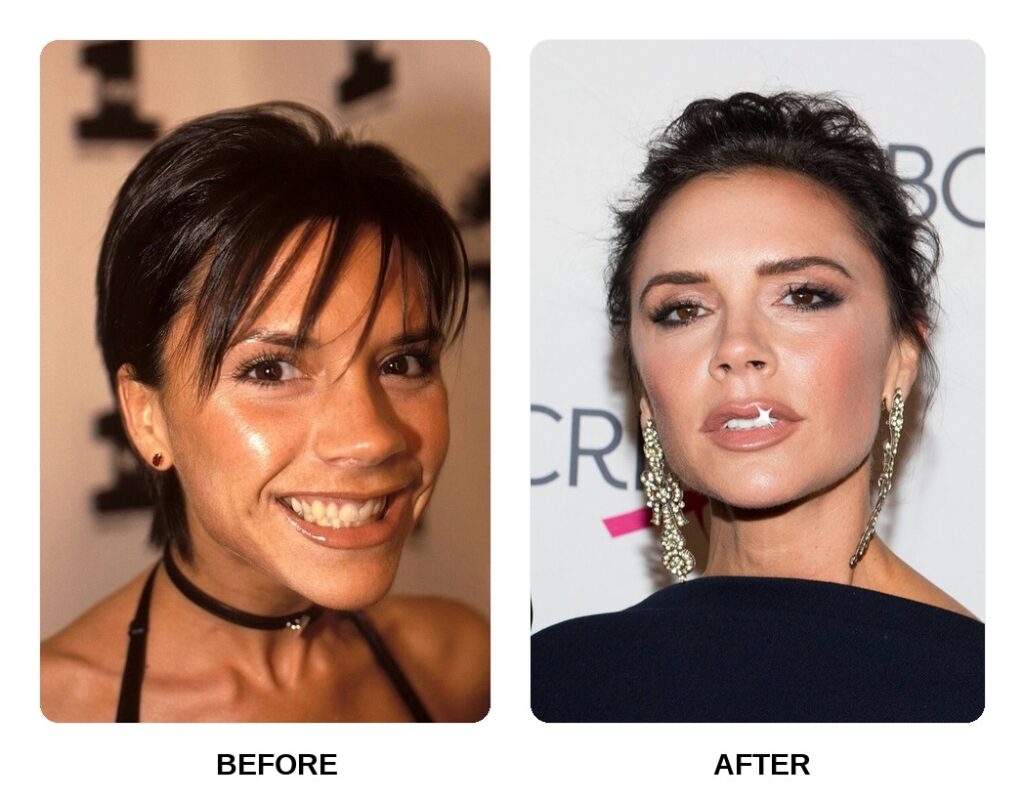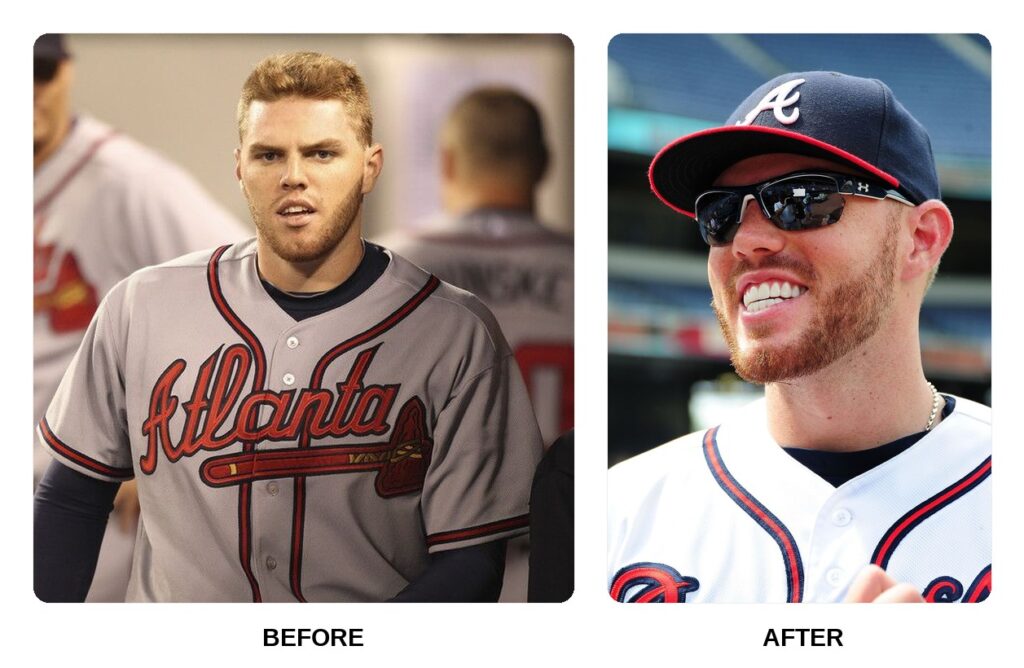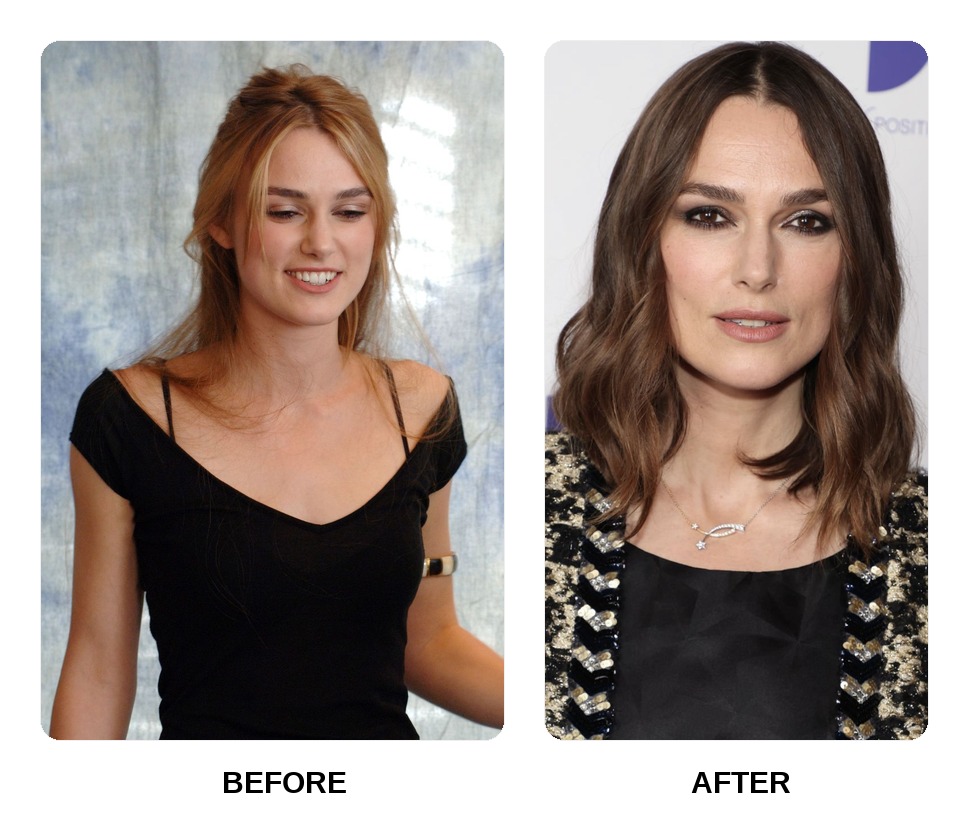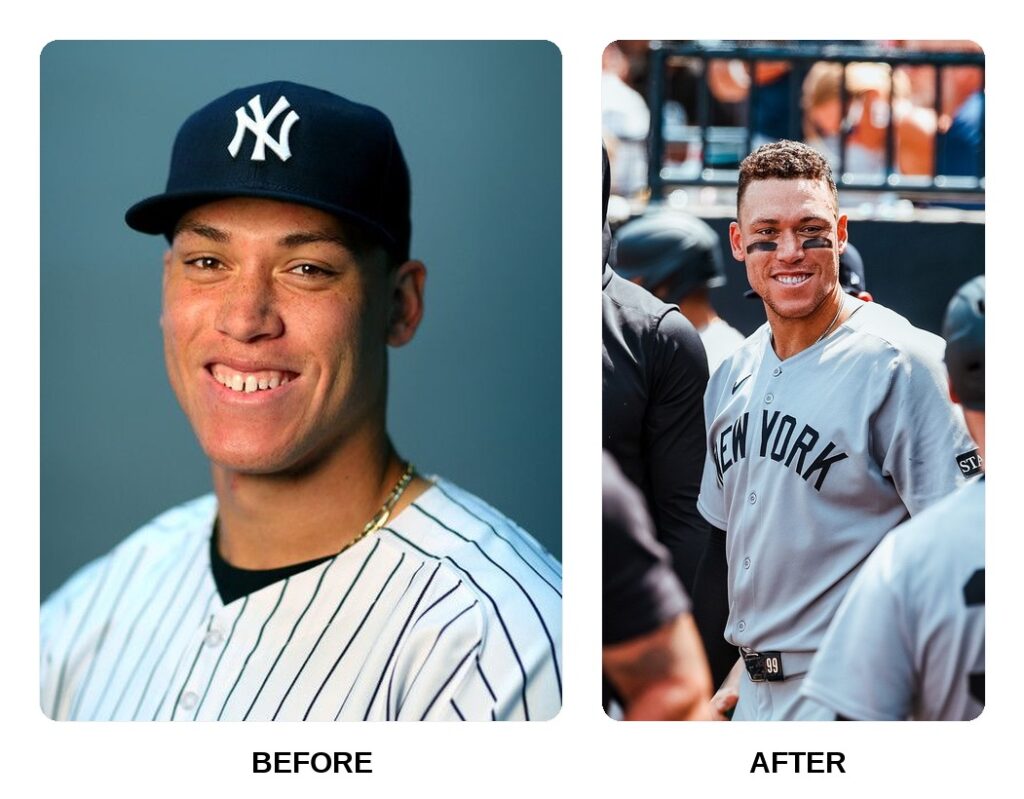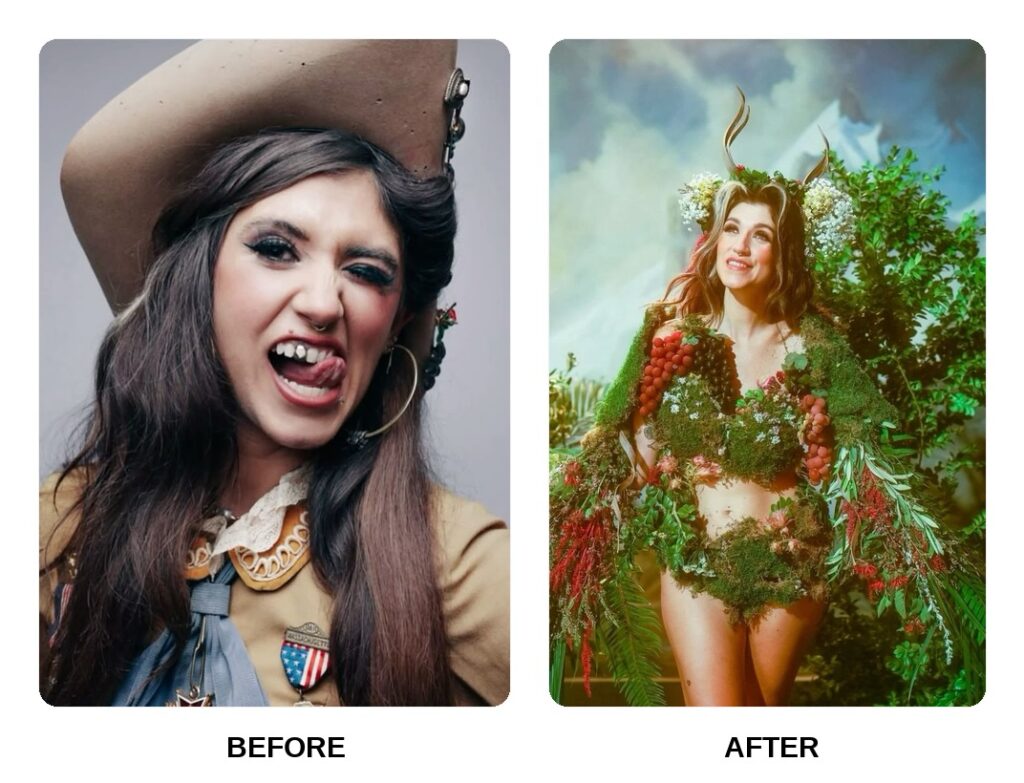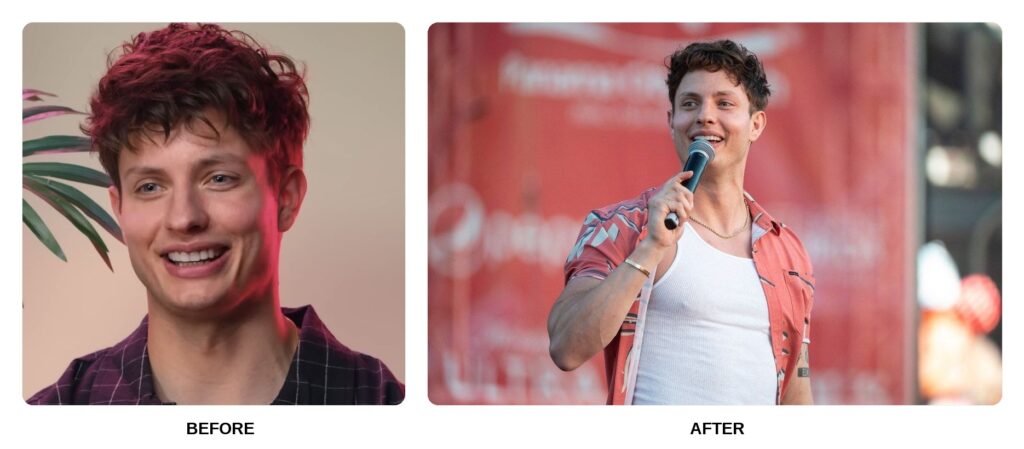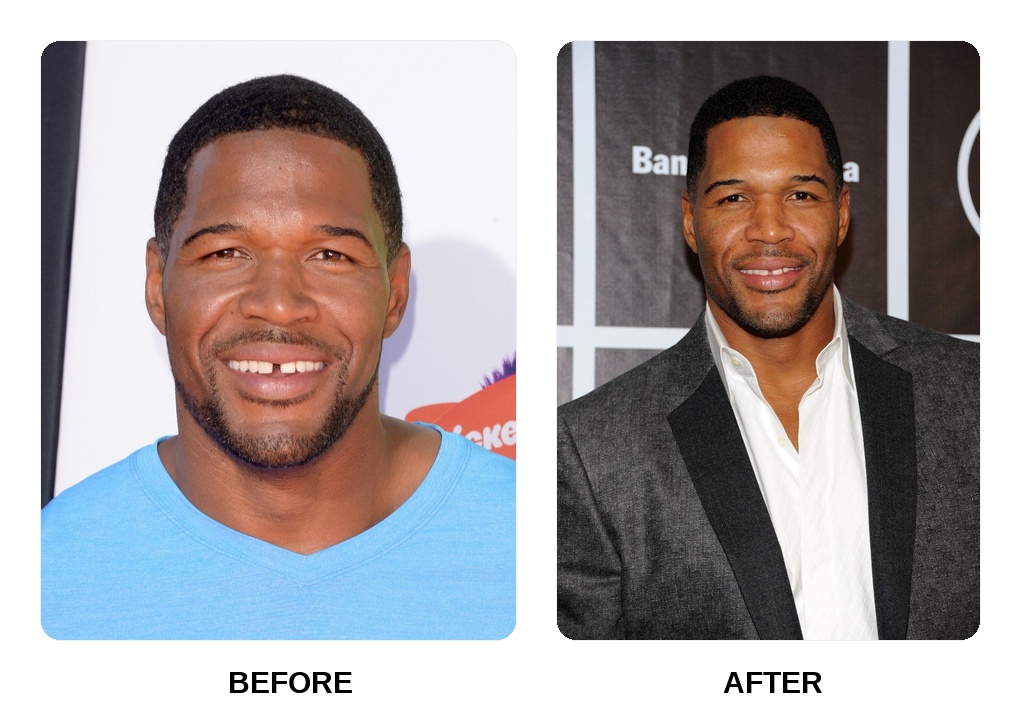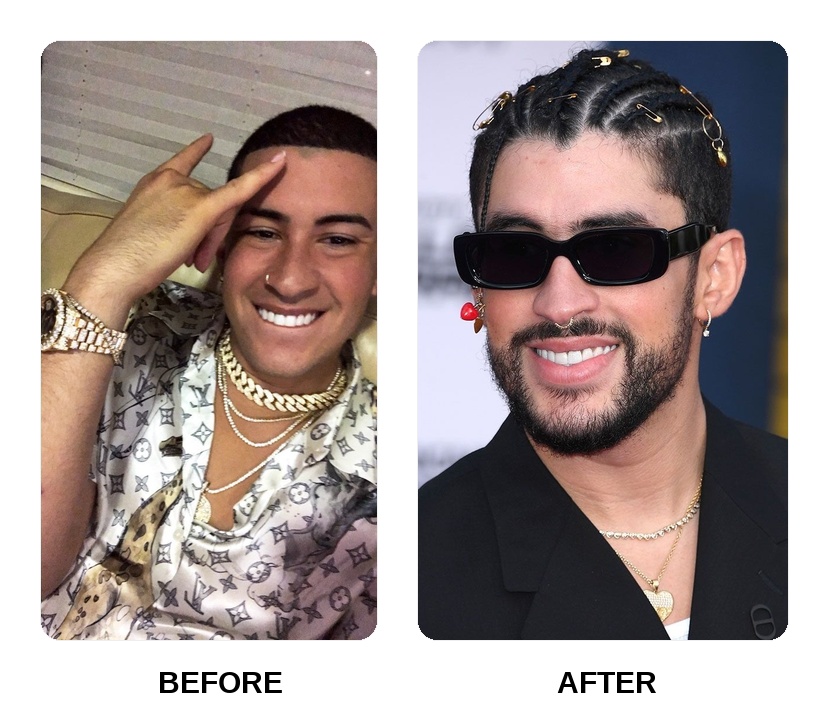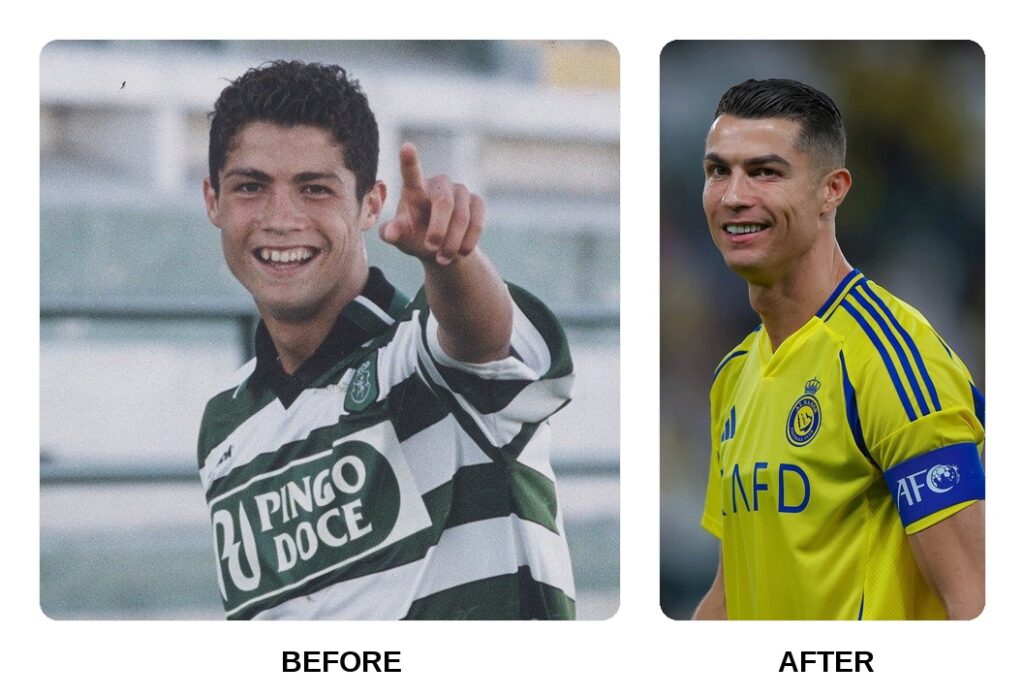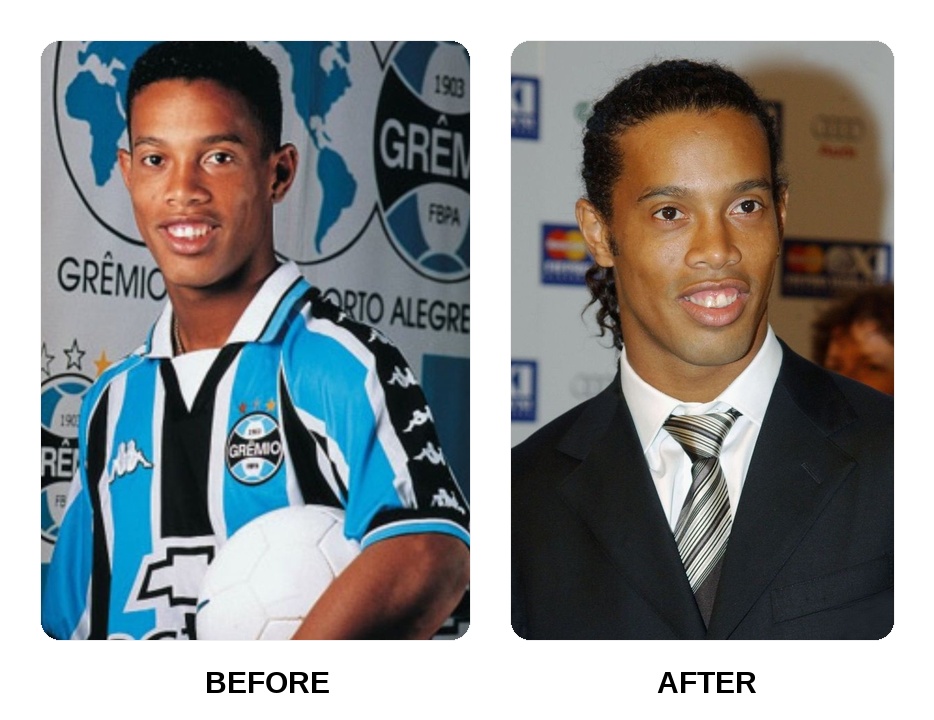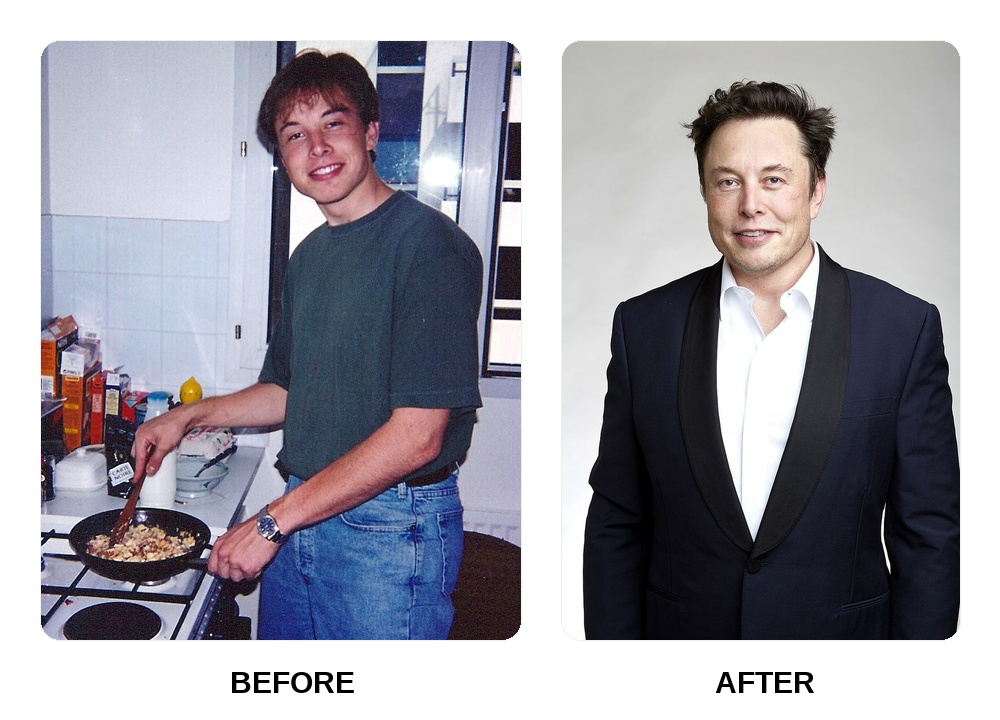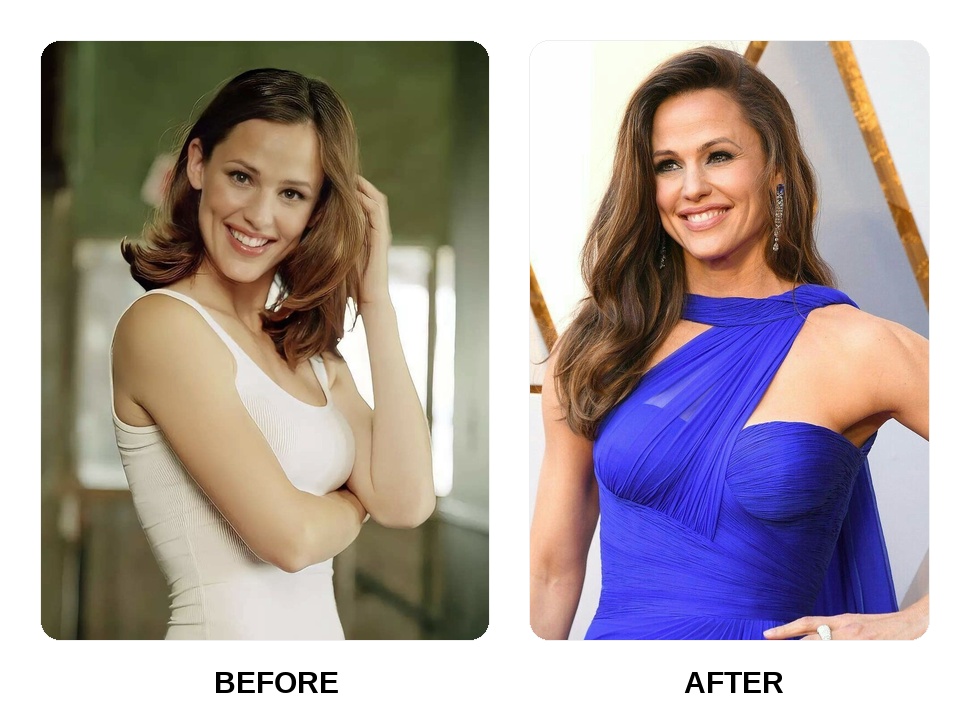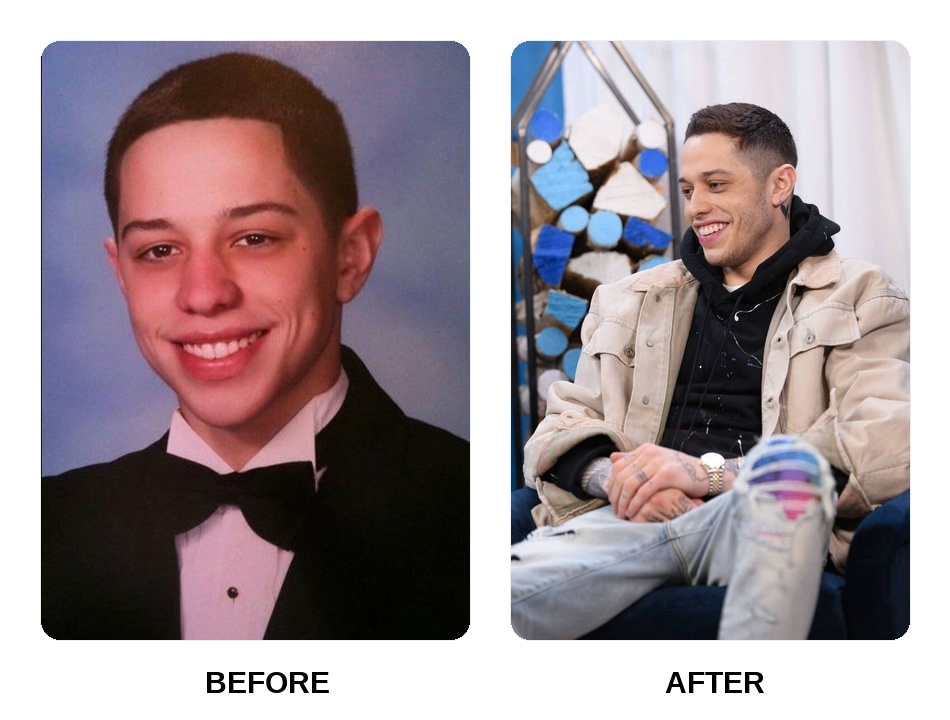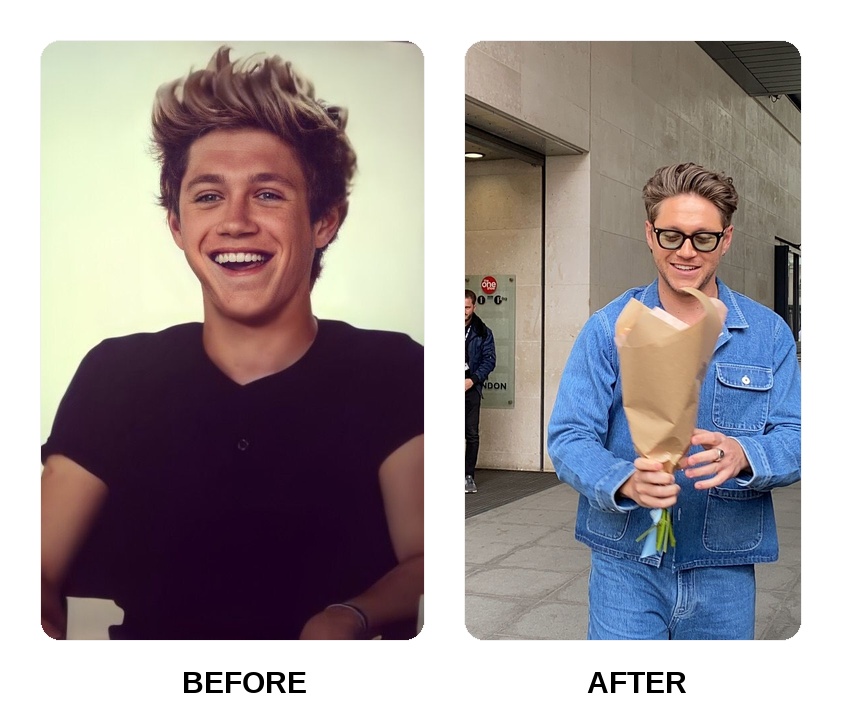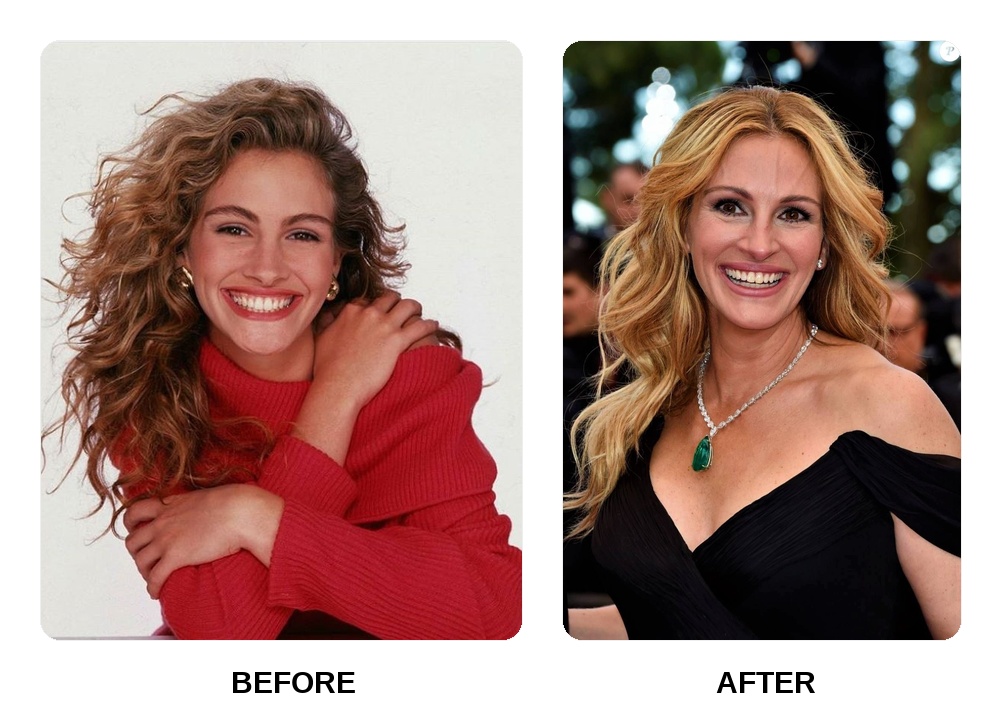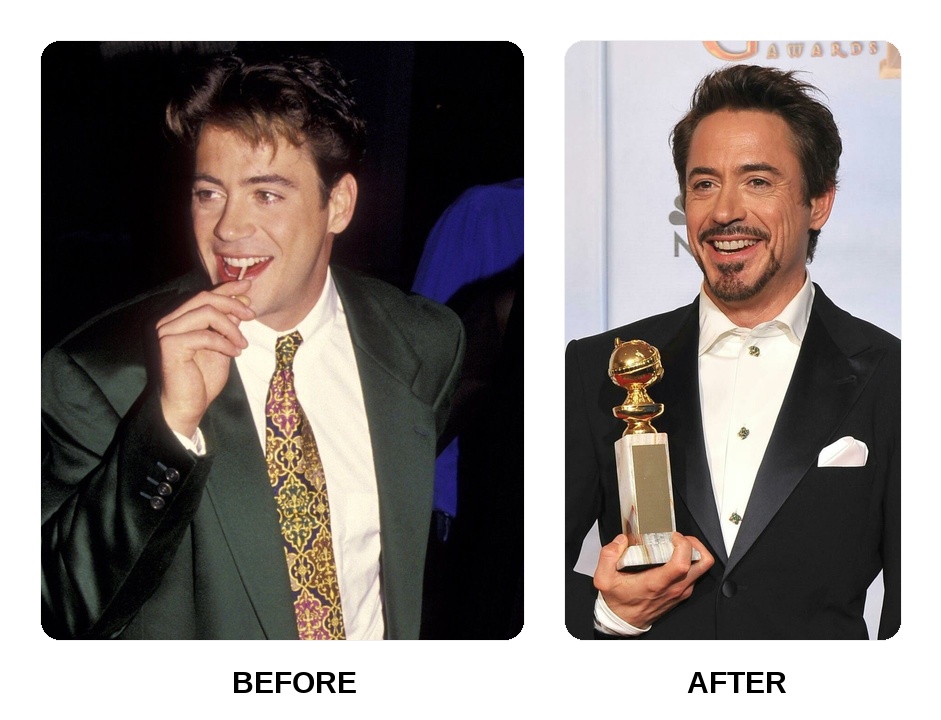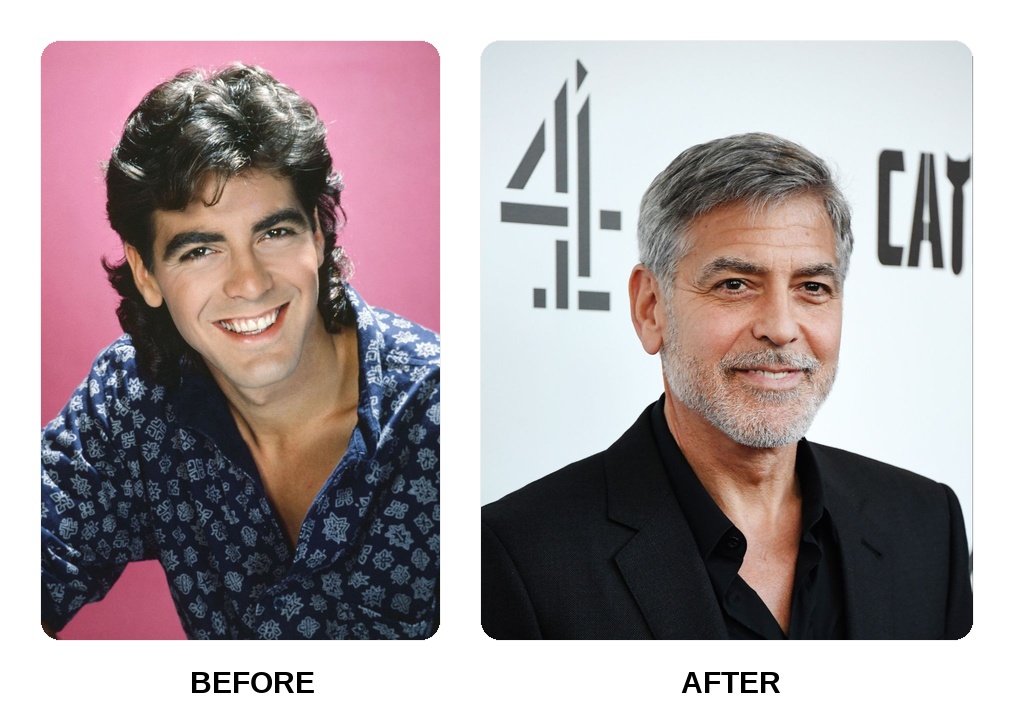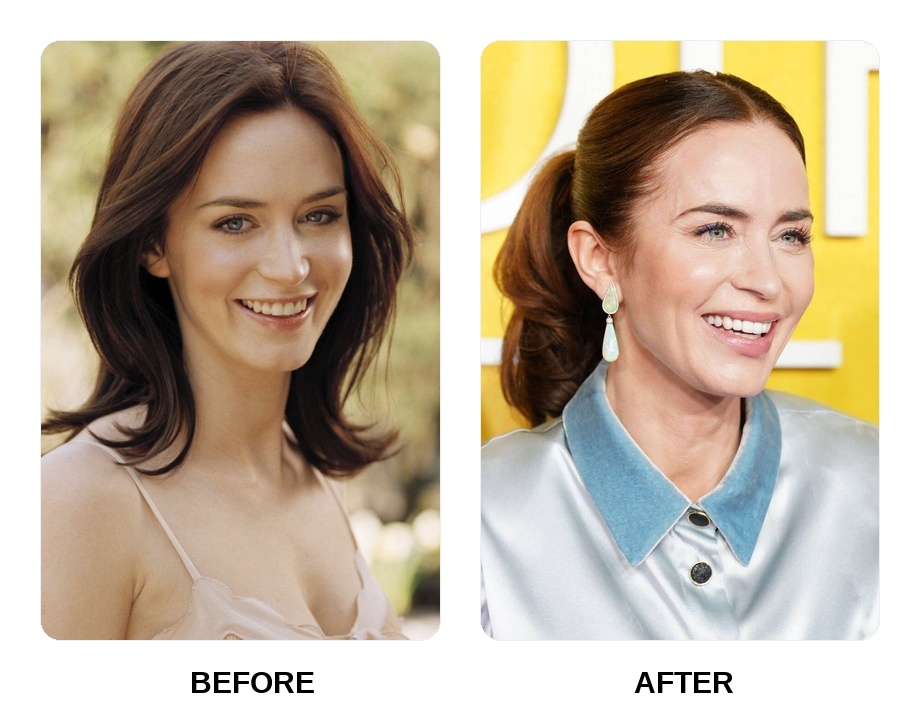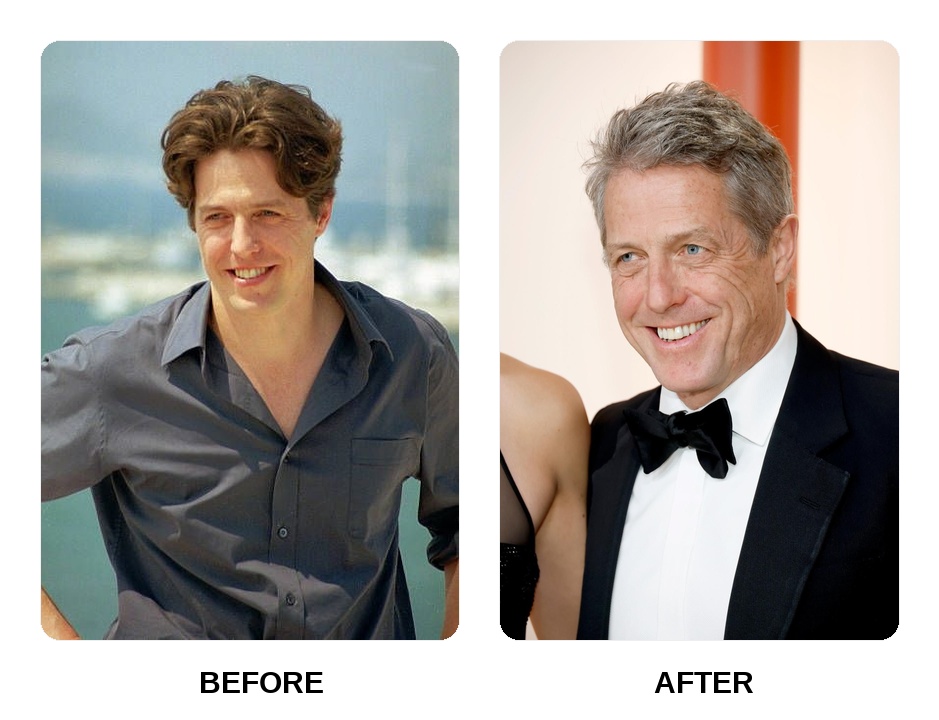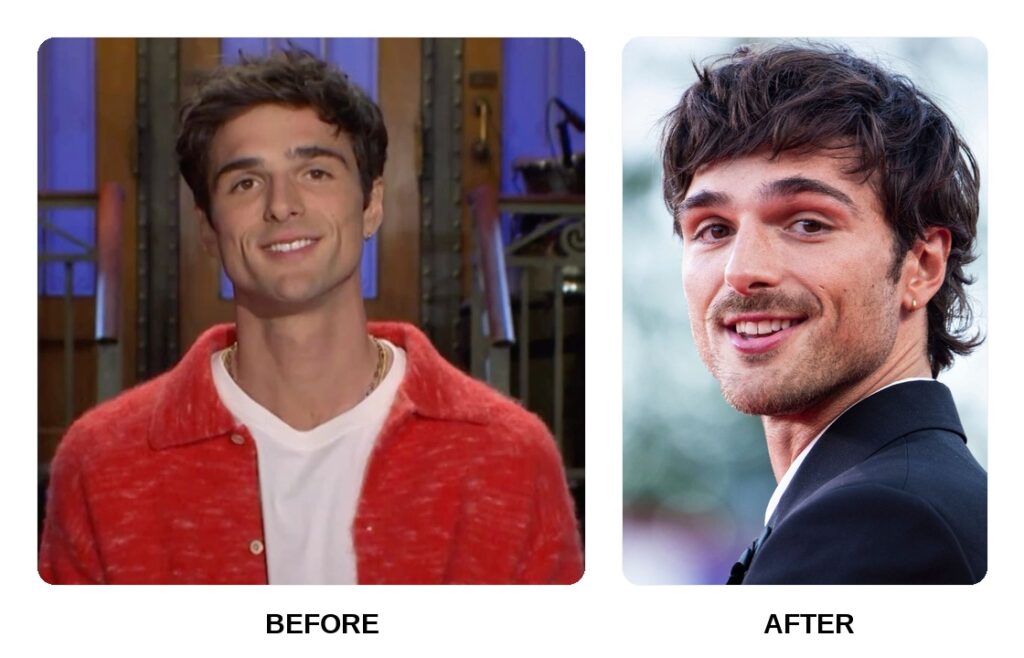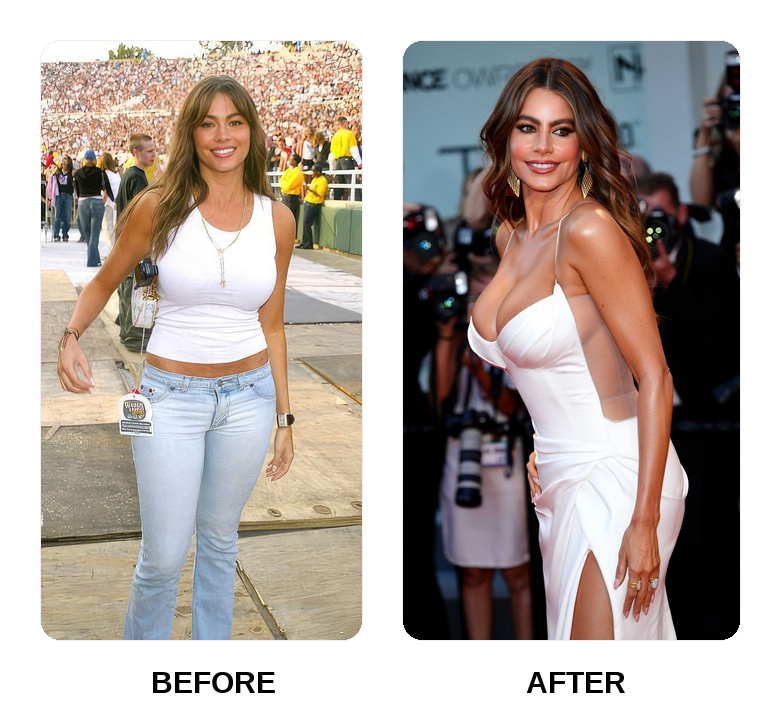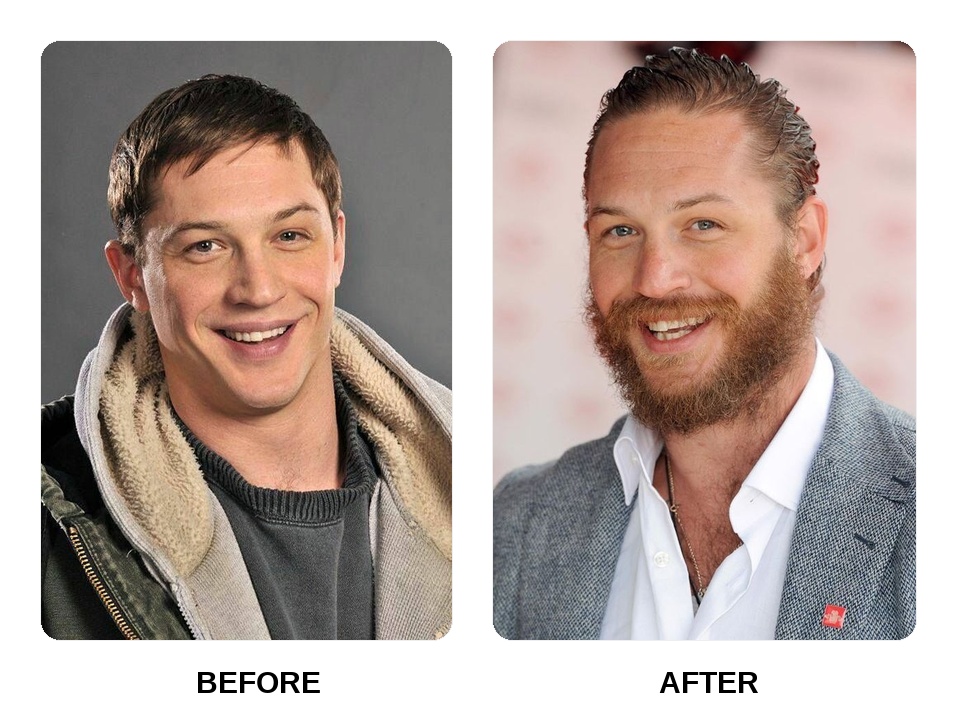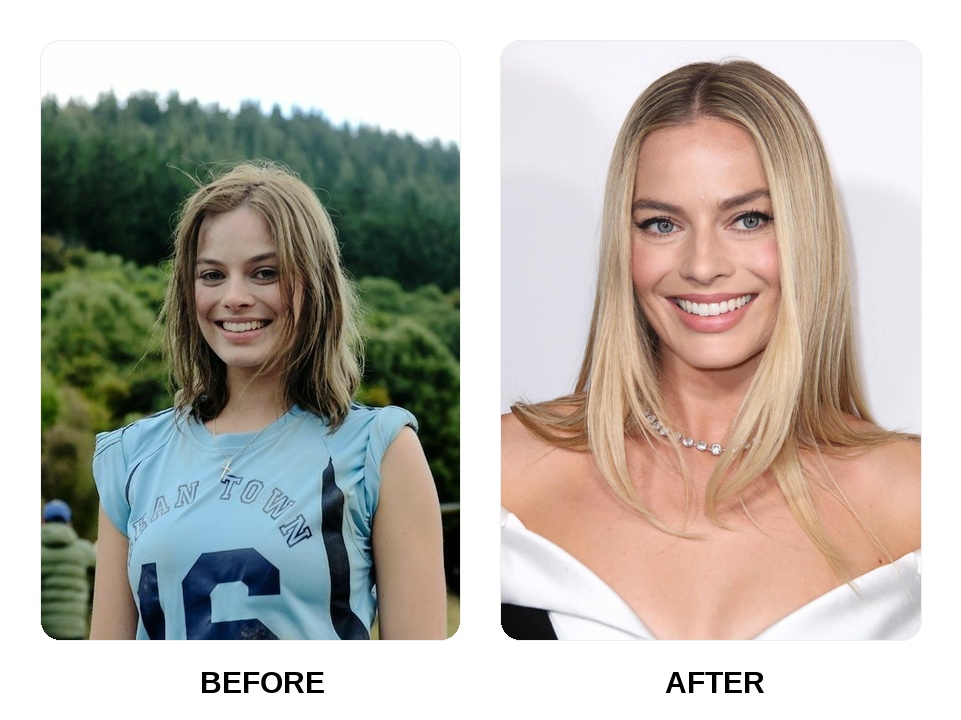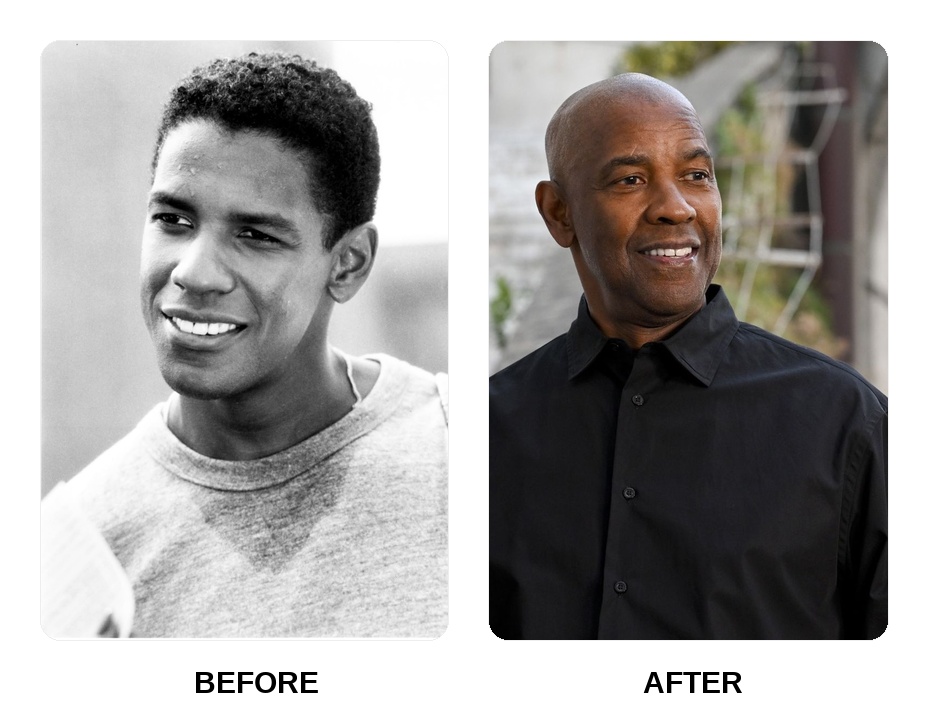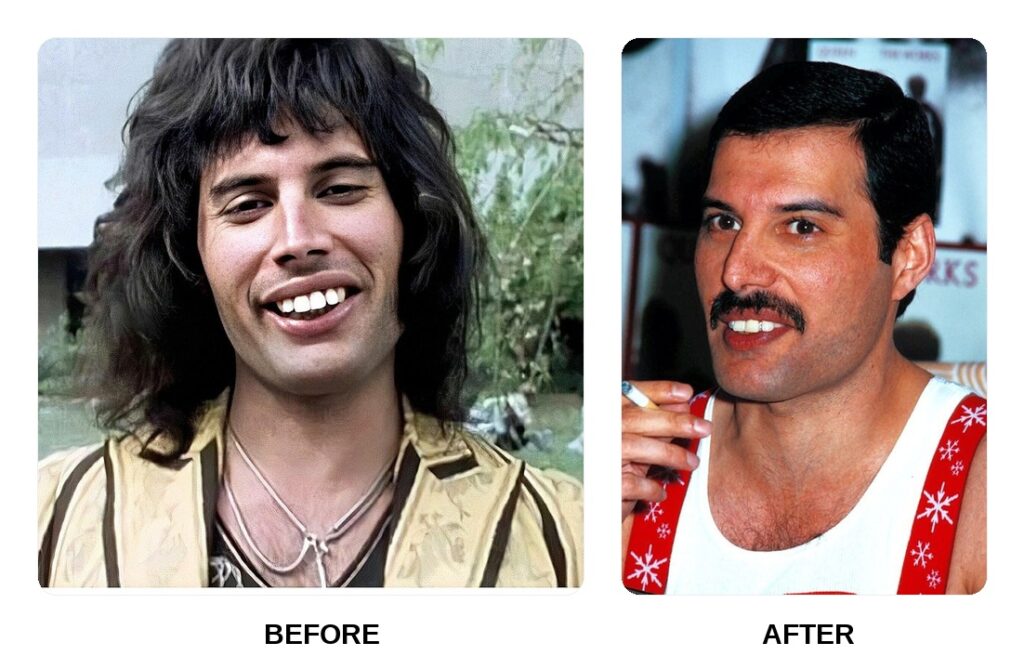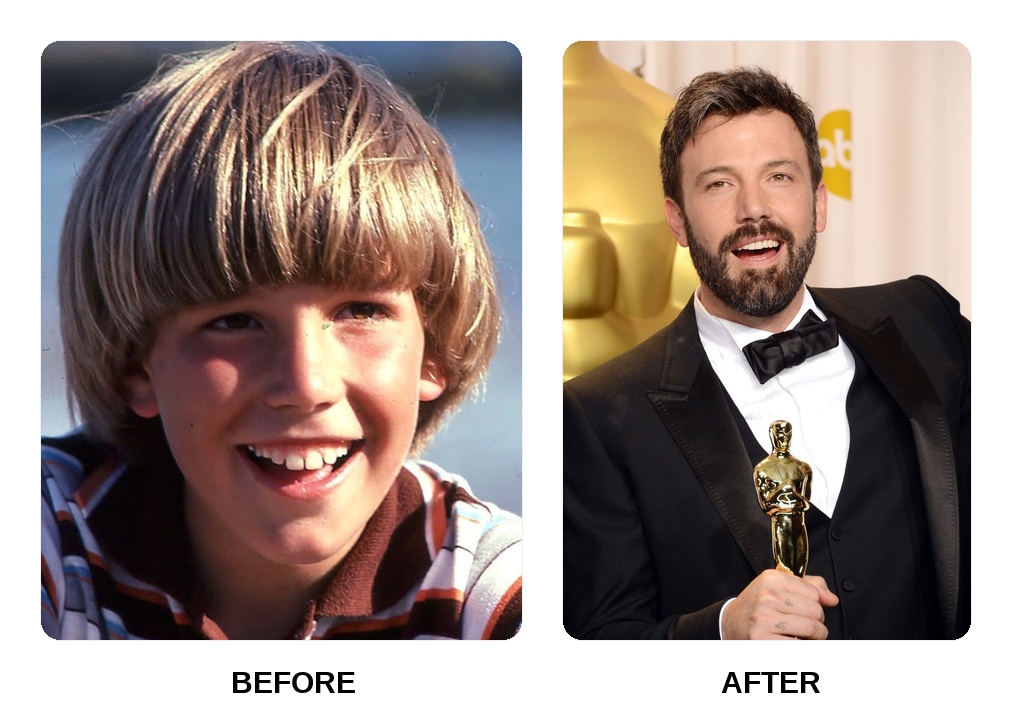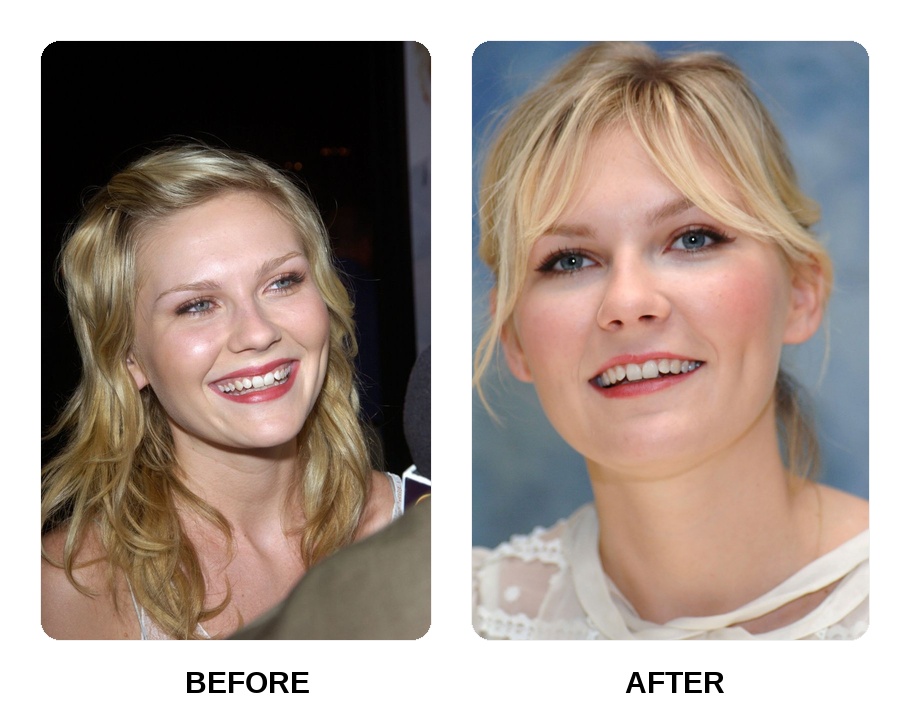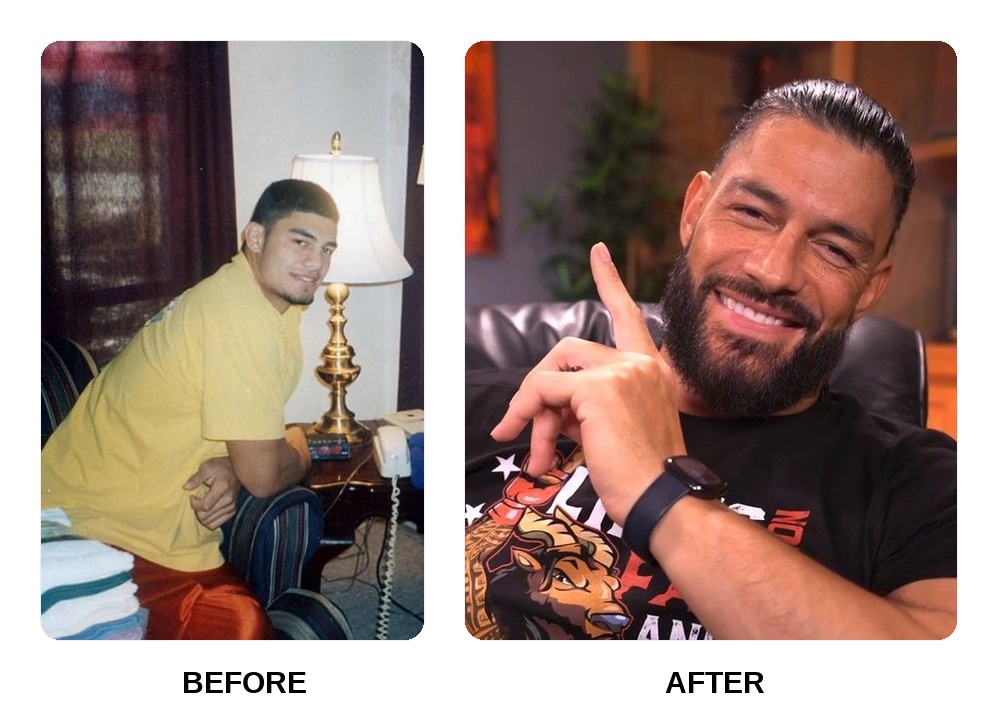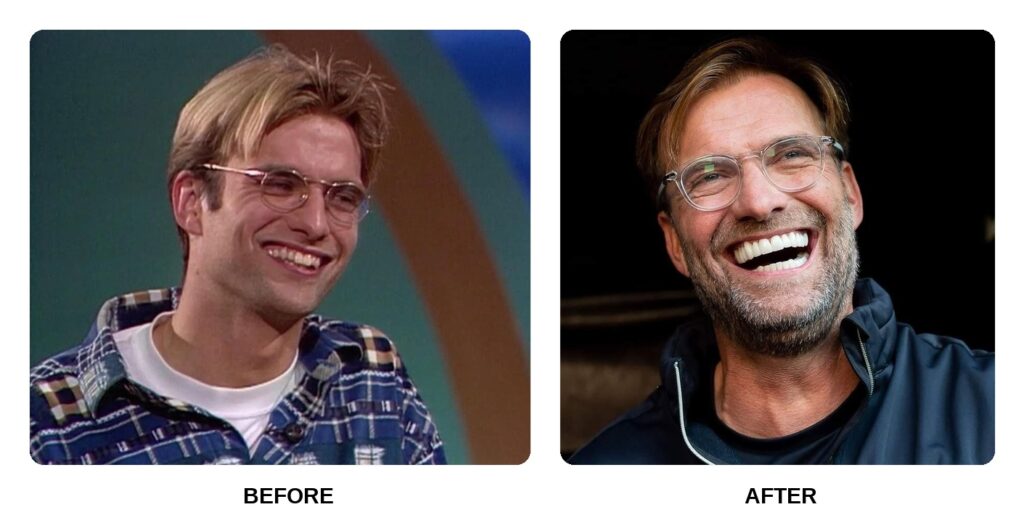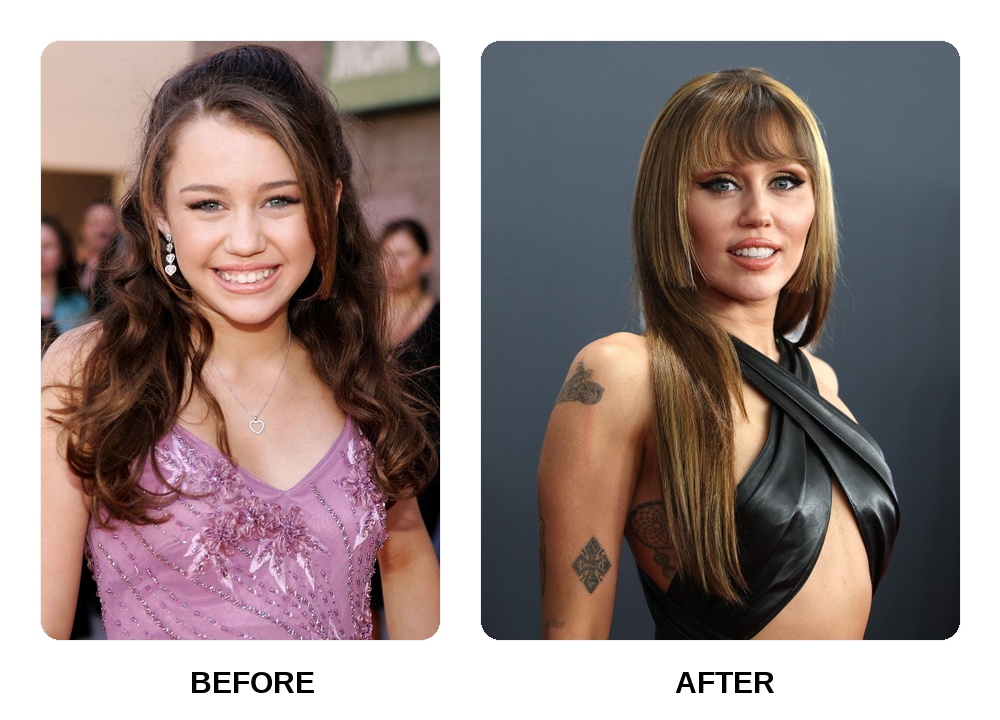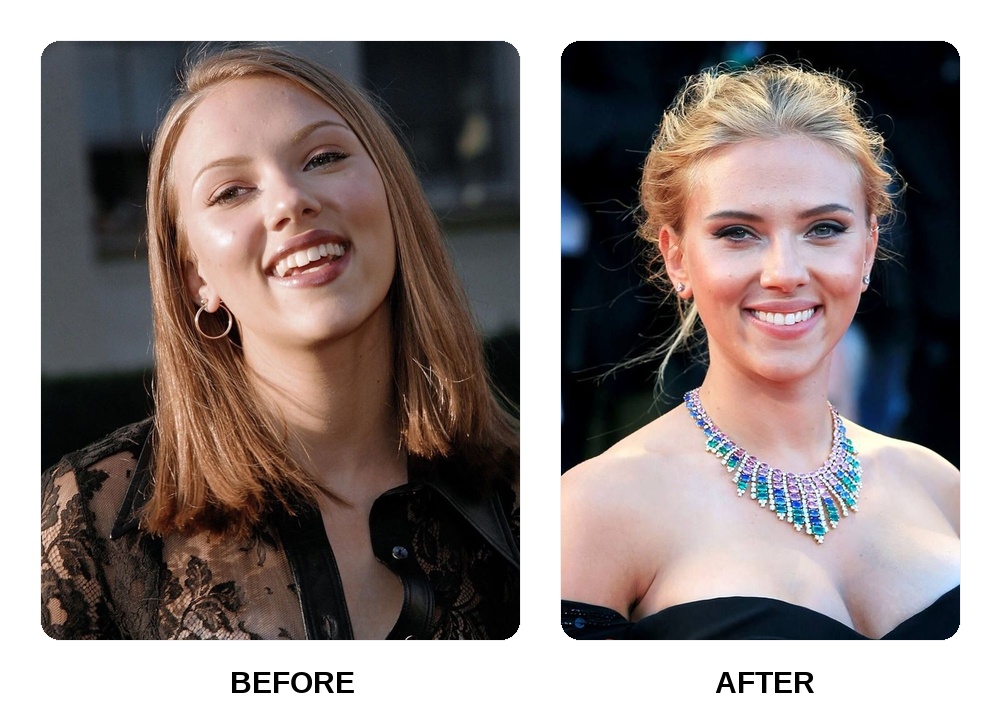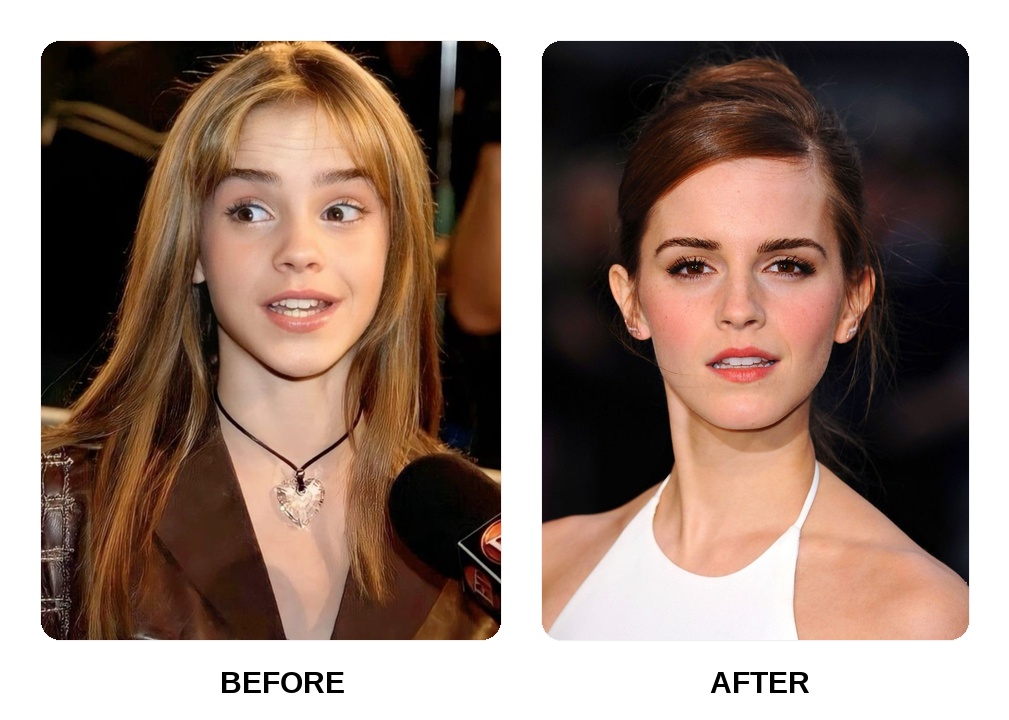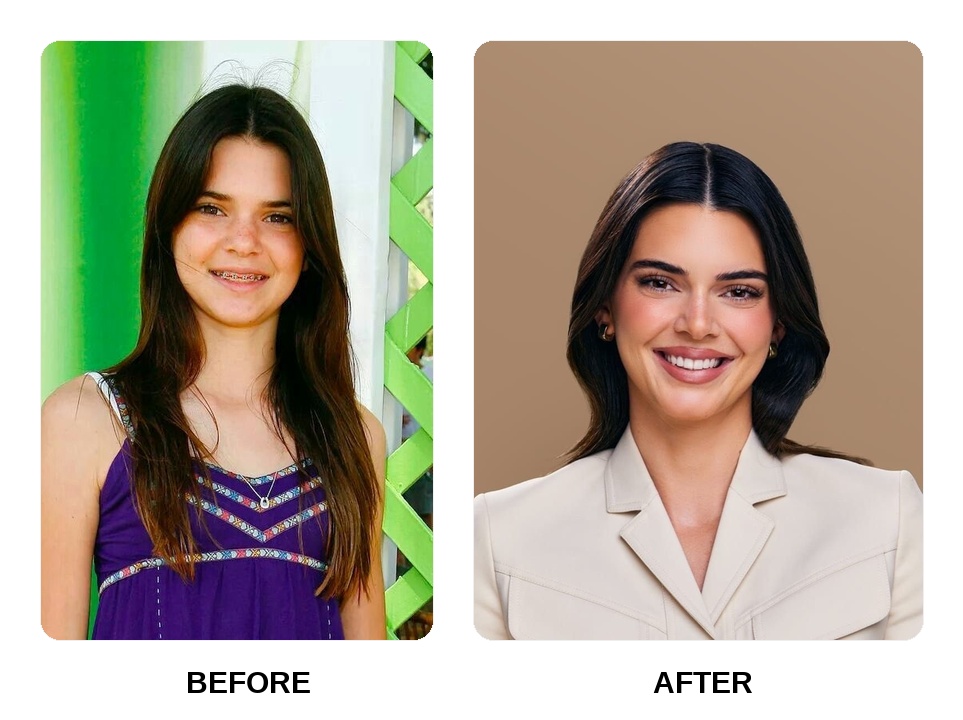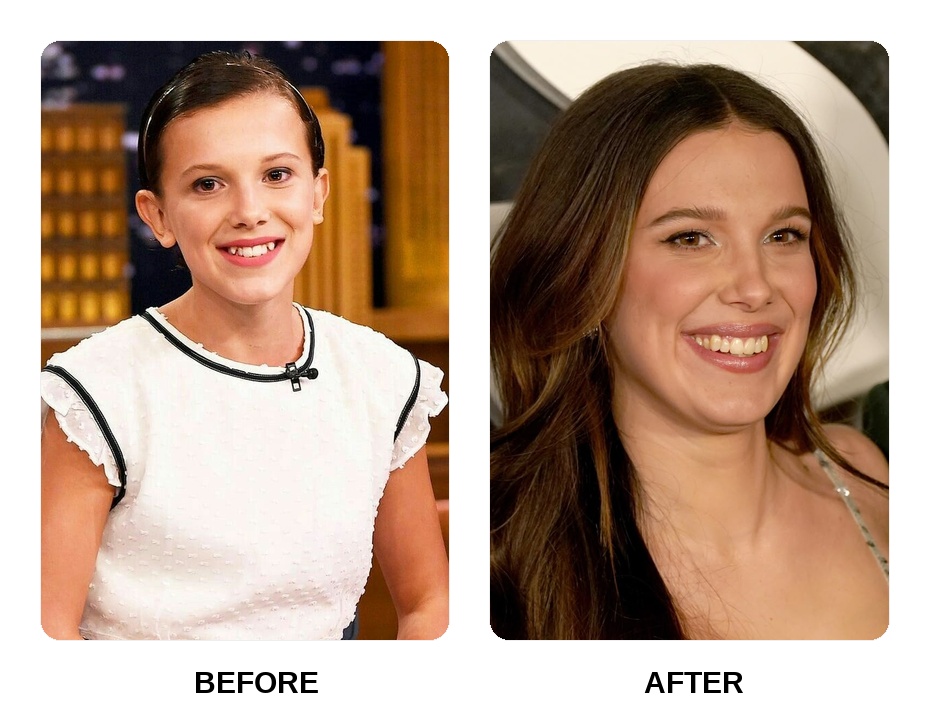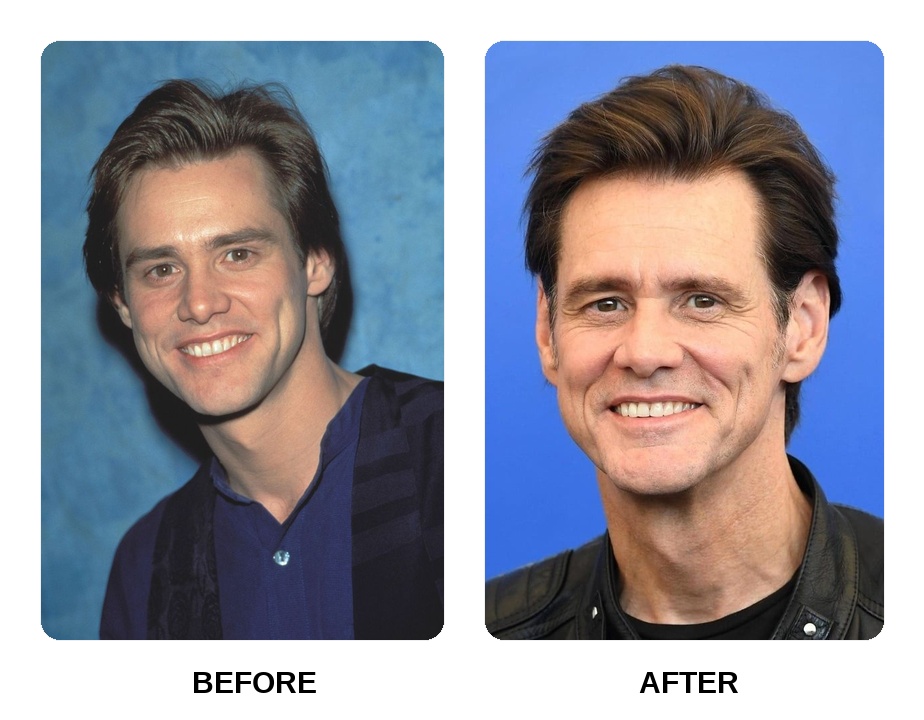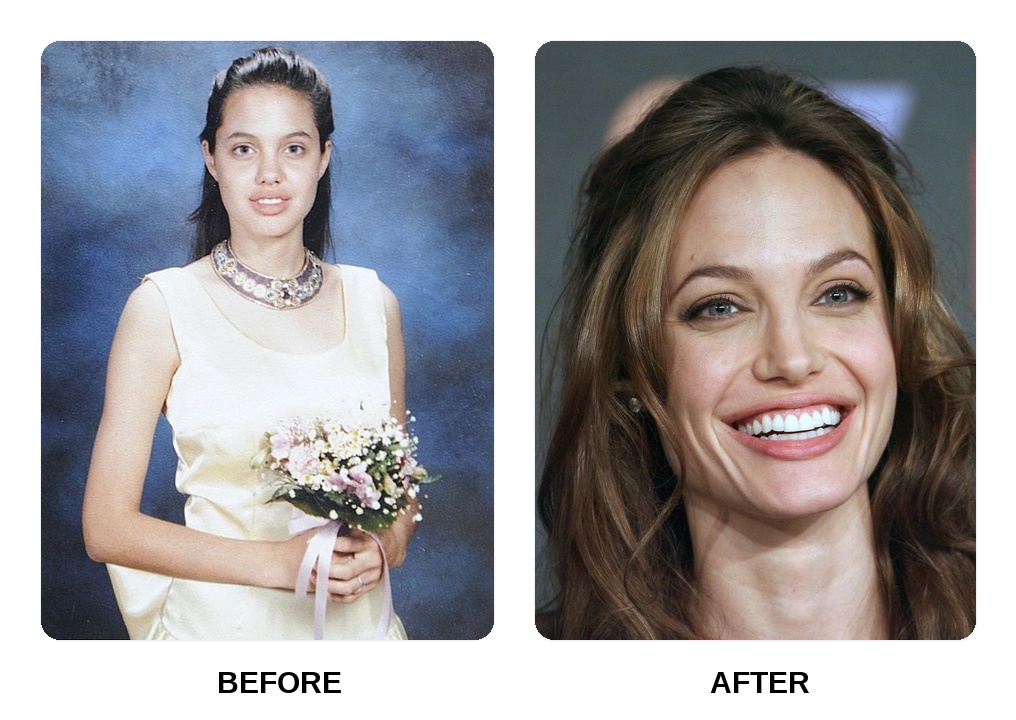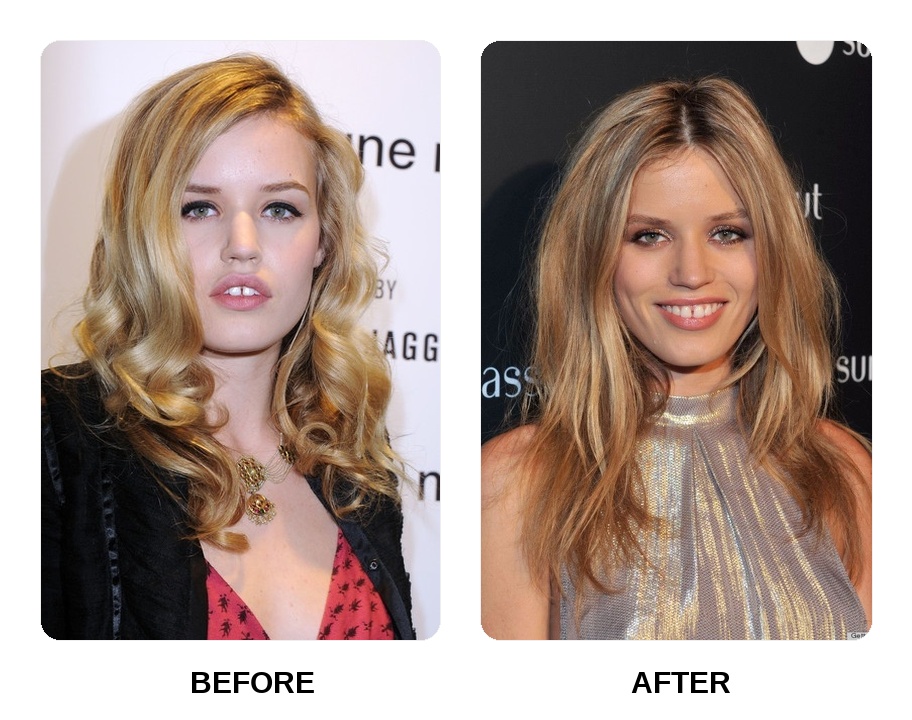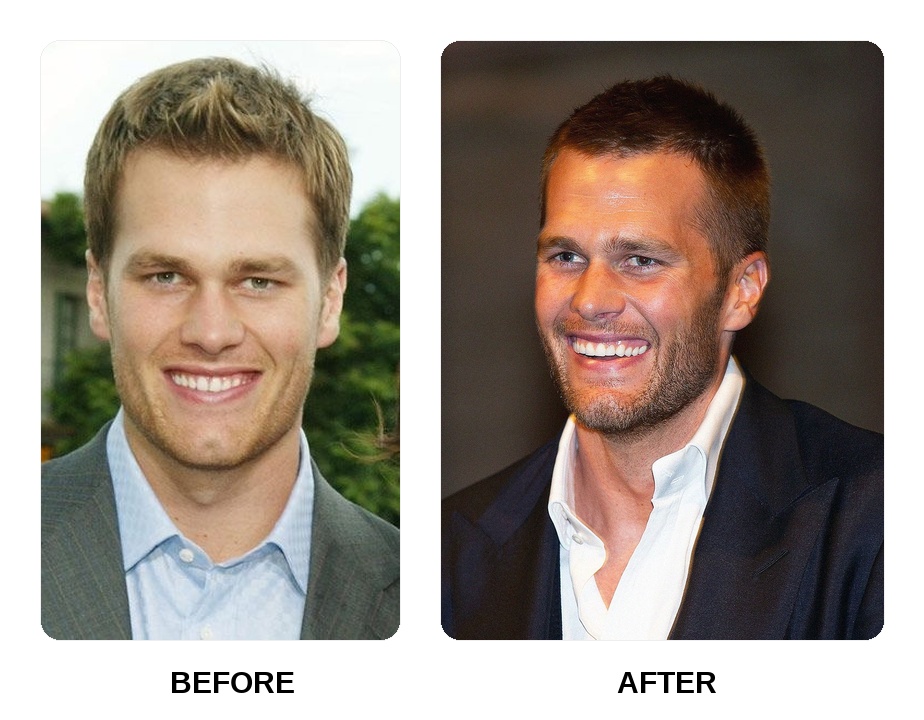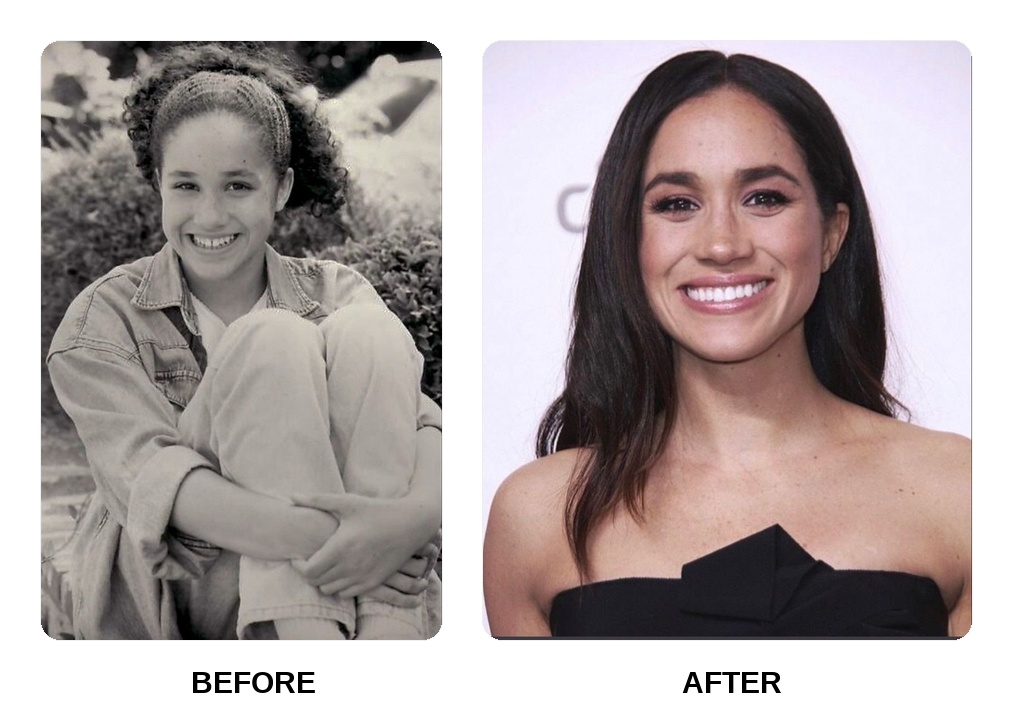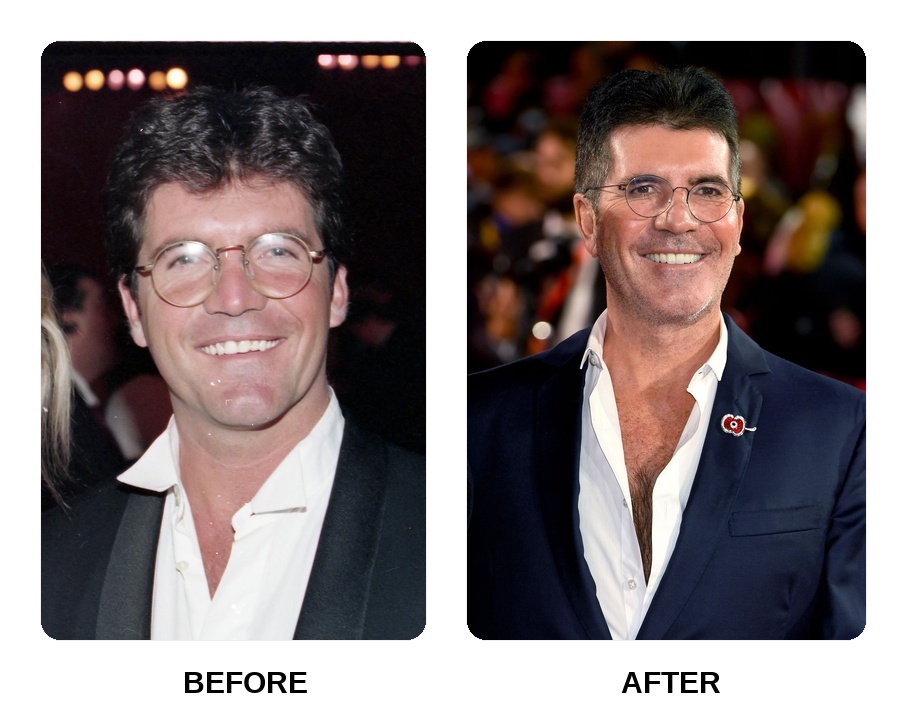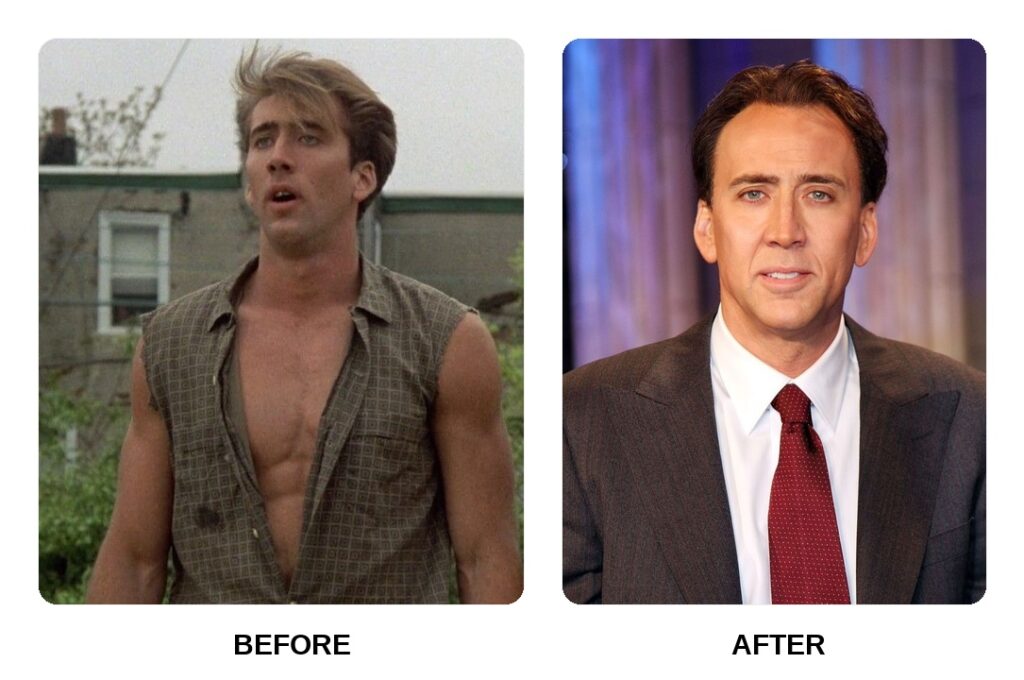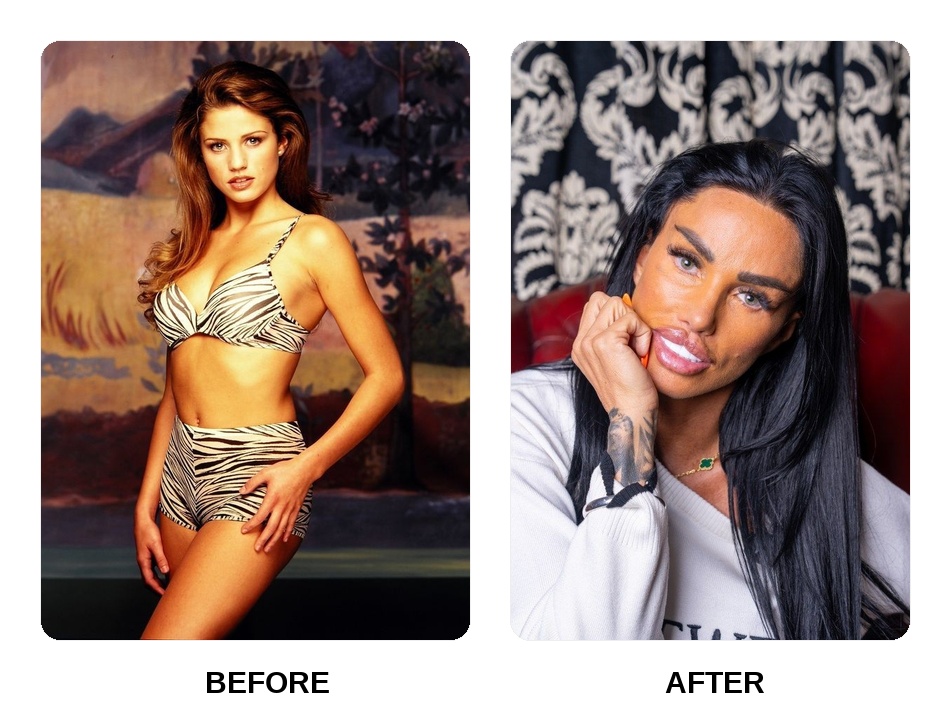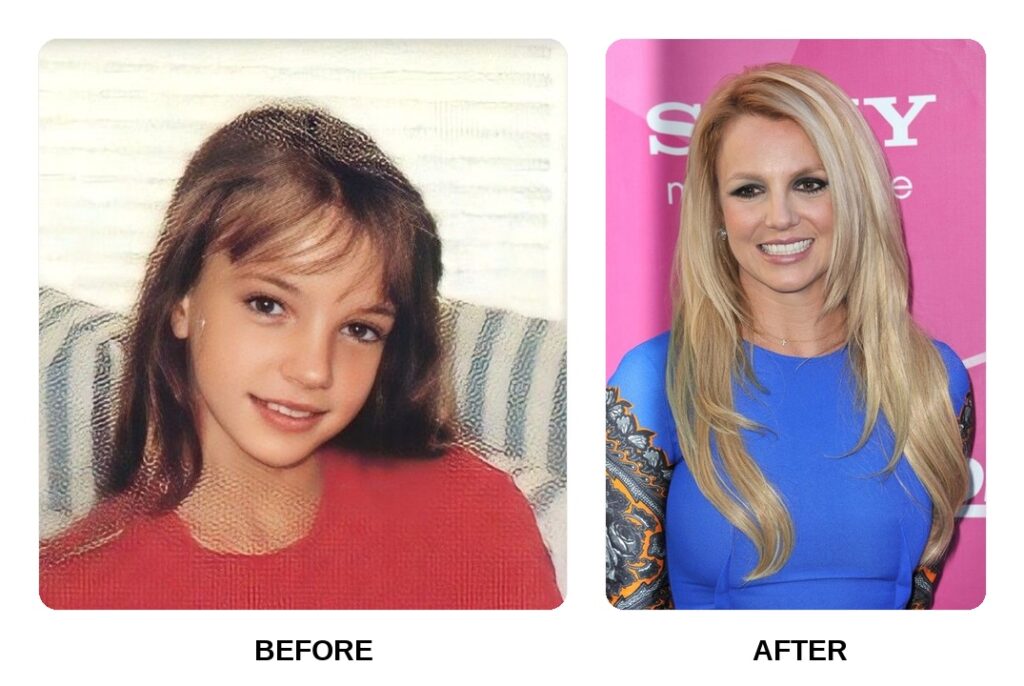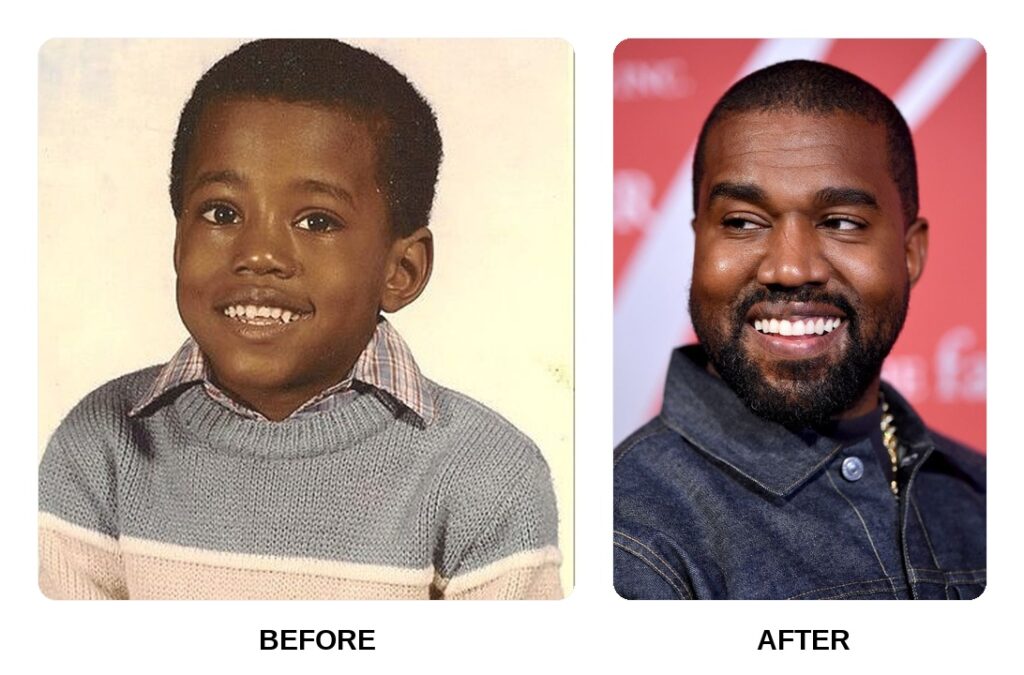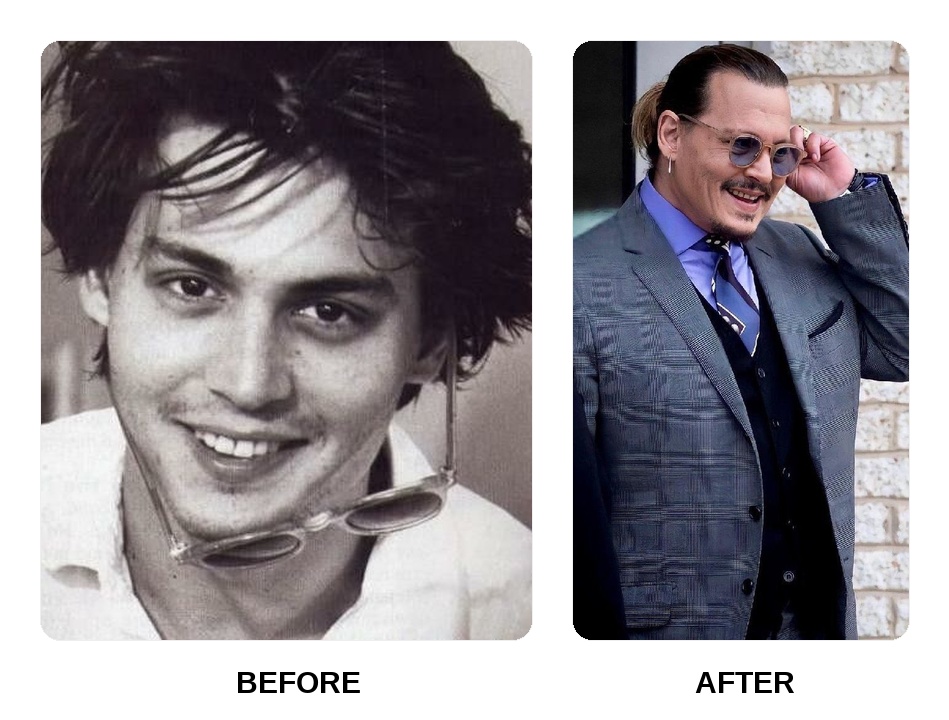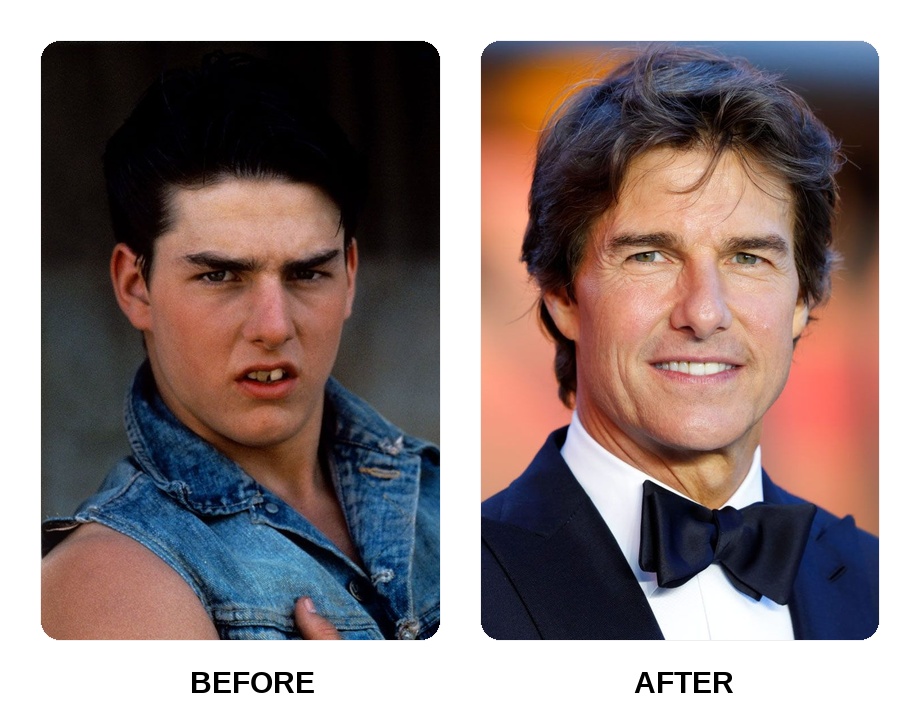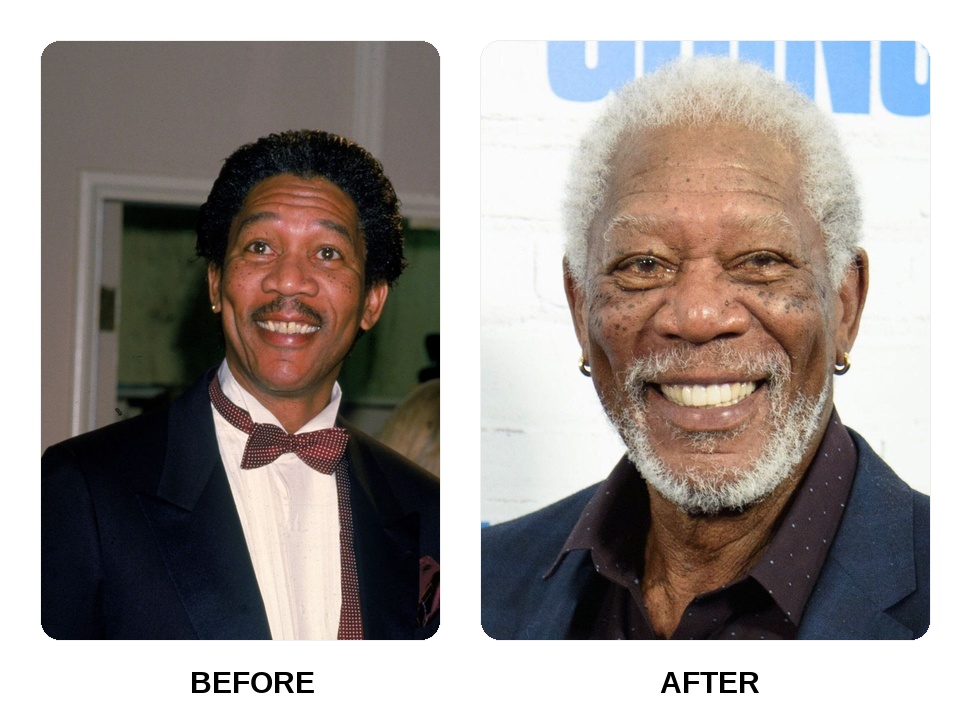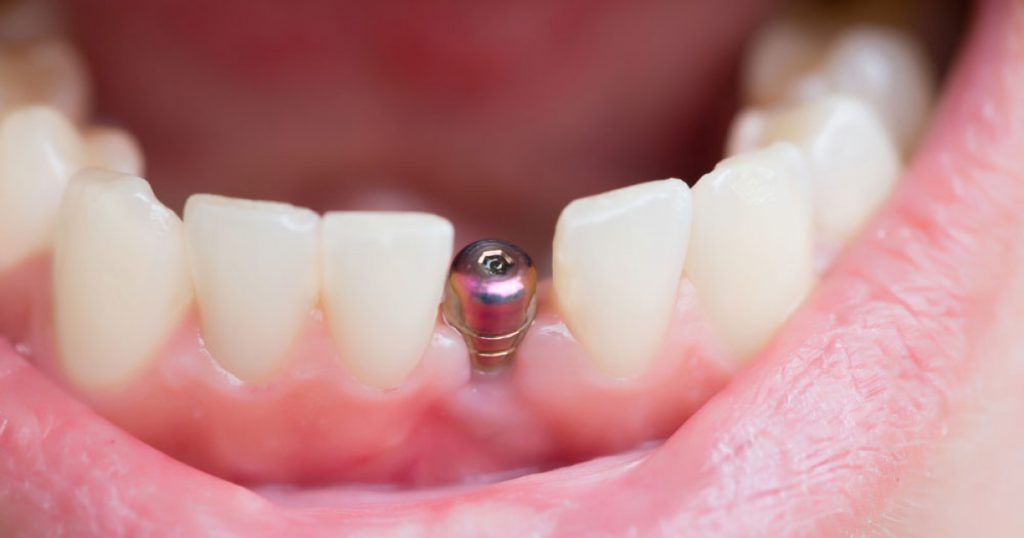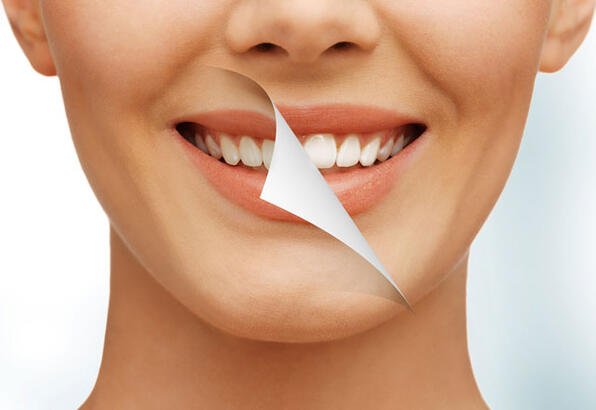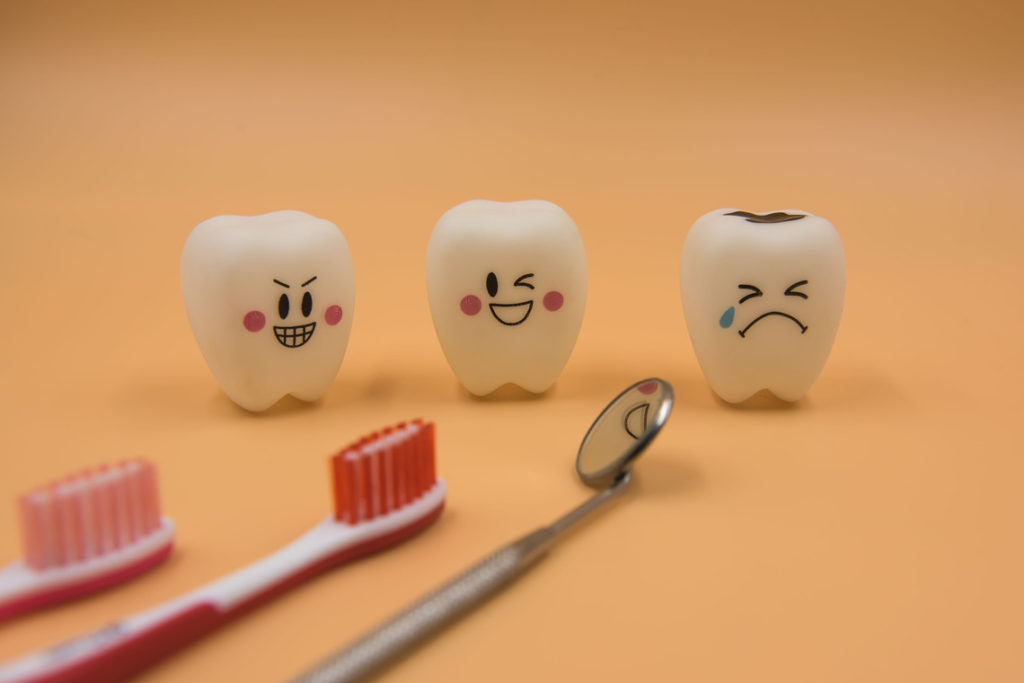Gaten Matarazzo new teeth before and after
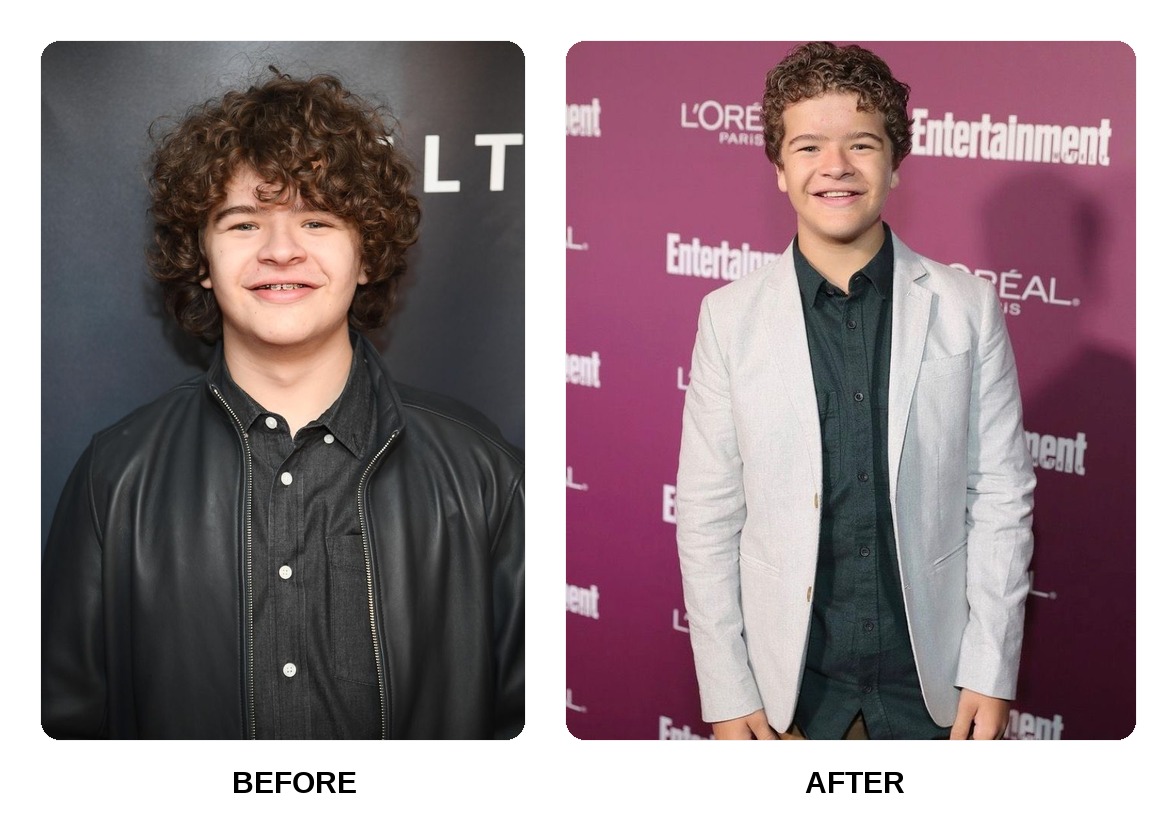
Gaten Matarazzo’s smile improved dramatically “before and after” his dental treatments, evolving from missing front teeth to a fuller set of teeth in later years. In the before phase (early in his career), he lacked several adult teeth due to cleidocranial dysplasia, often appearing toothless or with baby teeth. He wore removable dentures as a child to replace absent front teeth. In contrast, after undergoing multiple surgeries and treatments, his smile now shows new teeth – including the adult teeth that were eventually brought in or replaced. These new teeth appear more aligned and healthier, giving him a confident, natural-looking grin.
To illustrate the changes, here’s a comparison of Gaten’s dental appearance before and after treatment:
| Before (Early Career) | After (Recent Years) |
|---|---|
| Missing upper front teeth (toothless smile in Stranger Things Season 1) and reliance on dentures for a complete smile. | Most front teeth present, thanks to surgical exposure of adult teeth and possibly prosthetic replacements for any missing ones. |
| Retained baby teeth longer than normal; adult teeth delayed or impacted in the gums. | Adult teeth erupted (or implanted) into place, creating a fuller dental arch. |
| Teeth had a gap-toothed, uneven appearance (intentionally shown in early roles). | Teeth are more uniform and aligned, while still preserving slight unique imperfections in shape. |
| Color was natural but slightly dull due to baby teeth and dentures. | Teeth look brighter and whiter, indicating improved dental health and possibly whitening or porcelain crowns for a uniform look. |
In summary, Gaten Matarazzo’s “before” smile was defined by the absence of key teeth due to his condition, whereas his “after” smile—achieved through medical intervention—features the presence of his new permanent teeth and a more photogenic, healthy appearance.
Gaten Matarazzo historical dental transformation and evolution
Gaten Matarazzo’s dental transformation has been a gradual journey from childhood to adulthood, marked by surgical interventions and prosthetic solutions that evolved his smile over time. Historically, Gaten’s teeth issues stem from cleidocranial dysplasia (CCD), a genetic condition which caused delayed loss of baby teeth, missing adult teeth, and extra teeth in his gums. As a young child and early in his career, he had many baby teeth still in place and conspicuous gaps where adult teeth hadn’t come in. This gave him the nickname “Toothless” on Stranger Things. Over the years, his dental appearance evolved in distinct stages:
- Early childhood & pre-fame: Gaten grew up without some collarbones and with abnormal dental development due to CCD. He retained primary teeth longer than usual, and some permanent teeth failed to erupt normally. Photos of him as a kid show an incomplete smile, with missing front teeth.
- Early acting years (circa 2016): At age 13–14 when Stranger Things Season 1 filmed, he was missing his upper incisors (front teeth). His character Dustin was authentically portrayed without teeth, and Gaten openly explained on the show and interviews that “my teeth are coming in; it’s called cleidocranial dysplasia” – educating the public about his condition.
- Mid teens (2017–2018): By Season 2 of Stranger Things, Gaten had dentures fitted to fill in his front teeth, resulting in a fuller smile on screen. Viewers noticed Dustin suddenly had teeth; in reality, these were prosthetic teeth (a partial denture or “flipper”) that Gaten wore to improve speech and appearance. He also began undergoing oral surgeries around this time to address the underlying issues.
- Late teens (2019–2020): Gaten’s dental evolution accelerated with major treatments. He had multiple surgeries to remove supernumerary teeth (extra teeth in the gums) and expose the impacted adult teeth that hadn’t erupted. By age 17, he underwent a significant surgery where 14 extra teeth were extracted and 6 adult teeth were exposed in one procedure. Around this period, he also used orthodontic braces and appliances to guide newly exposed teeth into their correct positions (reportedly, he wore braces during the filming of Season 3, removing dentures for some scenes). His character in Season 3 was shown toothless again (for plot reasons), but behind the scenes Gaten was transitioning to a more permanent solution for his smile.
- Early 20s (2021–2025): After reaching adulthood (and finishing jaw growth around ~18 years old), Gaten moved towards permanent dental restorations. With many of his natural adult teeth now present (thanks to the surgeries), he could consider long-term fixes. Any remaining gaps where teeth never developed could be treated with dental implants or bridges once his jawbone was ready. By 2025, his smile appears bright, with a full complement of upper front teeth visible. His teeth are not artificially perfect – they retain some unique shape and alignment quirks – but they look healthy and functional. His dental evolution is essentially complete, transforming from a mostly toothless grin as a child into a confident, largely complete smile as a young adult.
In summary, Gaten Matarazzo’s teeth have evolved from a condition-affected childhood smile to a more typical adult smile through a series of dental interventions over the years. Each stage of his transformation – from dentures to surgeries to possibly implants – reflects a carefully managed progression to overcome the challenges of his genetic condition.
Gaten Matarazzo smile
Gaten Matarazzo’s smile is distinctive and endearing, characterized initially by missing teeth and later by a uniquely imperfect but charming set of teeth. Despite the medical challenges with his teeth, Gaten’s smile has always been a notable part of his persona and has even been embraced in his acting roles. Early on, his smile was toothless (earning him the nickname “Toothless” on Stranger Things), which gave him a youthful, innocent look that fans found adorable.
After receiving dental treatments, his smile now shows teeth, but it hasn’t lost its character. Gaten did not opt for an overly “Hollywood” perfect grin; instead, he has a natural smile with minor imperfections. For instance, even after treatments, his teeth remain slightly unique in alignment and shape, avoiding an unnaturally uniform look. This authenticity makes his smile easily recognizable. His upper teeth are now visible when he grins, and they appear clean and reasonably straight, filling in the gaps he used to have. The color of his teeth is a healthy white, indicating good dental care or possibly whitening, but not to an extreme degree – they still look like they belong to a real person.
Notably, Gaten’s smile exudes confidence now. Where once he might have been self-conscious about missing teeth, he now smiles broadly in public and on red carpets. The transformation of his smile also symbolizes his advocacy – he often smiles wide to show others with CCD that there’s nothing to hide or be ashamed of. He has leveraged his smile’s visibility to raise awareness for people with similar dental issues.
In summary, Gaten Matarazzo’s smile has transitioned from gap-toothed to gleaming, yet it remains authentic. His warm grin reflects both the successful dental work he underwent and his positive attitude in embracing his condition.
How did Gaten Matarazzo fix his teeth?
Gaten Matarazzo fixed his teeth through a combination of oral surgeries, orthodontic treatment, and the use of dental prosthetics (dentures), guided by specialists familiar with cleidocranial dysplasia. Unlike a simple cosmetic fix, Gaten’s dental correction was a complex, multi-step medical process:
- Oral Surgeries: Gaten underwent several surgeries to address his tooth development issues. These surgeries removed retained baby teeth and extracted numerous supernumerary teeth (extra teeth that were stuck in his gums). Removing the extra teeth was critical, because those were blocking the path of his true adult teeth. Surgeons also exposed impacted adult teeth – meaning they surgically uncovered teeth that were trapped in the jaw so that they could eventually come into the mouth. Over his childhood and teens, he reportedly had on the order of four surgical procedures, especially one major surgery at age 17 that dramatically advanced his dental progress.
- Dental Appliances & Dentures: Before his adult teeth were in place, Gaten wore dentures (false teeth) to fill in the gaps. For example, he had a partial denture replacing his front teeth during his mid-teens. This helped with aesthetics and speaking (improving his lisp) while permanent solutions were in development. He humorously revealed on a talk show that “these are fake, right here,” pointing to his false teeth, to explain his condition. These temporary prosthetic teeth gave him a functional smile until real teeth could be restored.
- Orthodontic Treatment: Gaten also used orthodontic appliances, like braces, to align his teeth once the adult teeth started coming in. After the surgeons exposed the adult teeth in his gums, orthodontists likely guided those teeth into the correct position using braces and retainers. In fact, around the time of Stranger Things Season 3, it’s noted that he had braces (which he would remove during filming scenes to appear toothless as needed). Orthodontic treatment was essential to ensure that the new teeth came in straight and that his bite (dental alignment) was correct, especially given an underdeveloped jaw common in CCD.
- Future Permanent Solutions: Once Gaten reached late teens/adulthood (when jaw growth mostly completes), more permanent fixes like dental implants or fixed bridges could be used for any teeth that were completely missing. He and his medical team have not publicly detailed if implants were placed yet, but it’s a likely consideration. Implants would involve placing titanium posts in the jaw to support artificial teeth where no natural tooth grew. However, implants in CCD cases sometimes require sufficient bone development or grafting, since CCD can affect bone density. Gaten’s own remarks indicate that timely surgeries helped him avoid having to rely solely on implants by enabling some of his own teeth to erupt.
Overall, Gaten “fixed” his teeth through medical intervention rather than cosmetic quick-fixes. In summary, he addressed his dental issues by surgically removing obstacles, using dentures and braces during his teens, and ultimately allowing his natural teeth to emerge or be replaced as needed, under the care of dental specialists.
What are the differences between Gaten Matarazzo old and new teeth?
The differences between Gaten Matarazzo’s “old” teeth and “new” teeth mainly lie in their presence, alignment, and appearance – his old teeth were few, misaligned baby teeth or gaps, whereas his new teeth are the adult teeth (or prosthetics) that now fill his smile.
- “Old” Teeth: Refers to Gaten’s dental situation in his childhood and early teens. At that time, he had many baby teeth still remaining and not all of his permanent teeth were in. Significant teeth – especially the upper front adult teeth – were missing (they hadn’t erupted). The teeth visible were smaller and more widely spaced (characteristic of baby teeth). He also had some misaligned or crooked teeth in his lower jaw, and overall his bite was not fully developed. Photos from the early Stranger Things seasons show distinct gaps in his smile. Additionally, some of the teeth in his gums were extra (that shouldn’t be there), but those weren’t visible until removed via surgery. One could say his “old” smile was defined by incompleteness and asymmetry due to those developmental gaps.
- “New” Teeth: Refers to the teeth present after he underwent treatments – roughly from late teens onward. Gaten’s “new” teeth include the adult permanent teeth that were successfully brought into place after surgeries. For example, where he once had no top front teeth, he now has upper central incisors visible. His dental arch (the curve of teeth) looks more filled out and aligned. The new teeth are larger and have the proper shape of adult teeth, giving his smile a more mature look. They also appear whiter and smoother, partly because some are likely restorations (crowns or prosthetic teeth) made of ceramic which have an ideal color. In contrast to the uneven spacing of before, the new teeth sit next to each other with minimal gaps. However, they still maintain slight unique contours – for instance, one tooth might have a slight rotation or tilt – preserving a natural appearance rather than a “too perfect” look.
Another difference is in how they were obtained: his old teeth were naturally what he had (baby teeth and a few adult teeth that came in late), whereas his new teeth are there thanks to medical intervention (surgically assisted eruption or prosthetic addition). The function has improved too – with his new set, he can bite and chew more effectively, while earlier he had to be careful due to missing teeth.
In summary, Gaten’s old teeth were characterized by missing elements and childhood traits, whereas his new teeth represent a complete, aligned adult dentition achieved through dental treatments. The new teeth have closed most gaps and improved aesthetics compared to the old arrangement.
Gaten Matarazzo decaying teeth
There is no evidence that Gaten Matarazzo has “decaying” teeth; in fact, his dental issues were related to missing and extra teeth, not tooth decay. The term “decaying teeth” refers to teeth with cavities or rot, but Gaten’s condition (cleidocranial dysplasia) primarily affects the number and growth of teeth rather than causing decay. Throughout his public journey, there haven’t been reports of him having unusual tooth decay. Instead, the focus has been on him not having certain teeth erupt and needing surgeries to correct that.
In the early stages, some of Gaten’s baby teeth stayed longer than normal. Prolonged retention of baby teeth can sometimes lead to a higher risk of cavities in those teeth (since baby teeth enamel is thinner). However, Gaten was under the care of dental professionals from a young age, so any baby teeth he kept were likely monitored and treated as needed. We do not hear about him having fillings or rotten teeth – the narrative is always about missing teeth rather than decayed ones.
When he wore dentures, maintaining good oral hygiene would have been important to avoid any plaque build-up on remaining teeth. Given his advocacy for dental health in CCD and access to good dental care, it’s reasonable to assume he took care of his oral hygiene diligently.
If the question arises from observing his teeth, one might wonder if any discoloration or spots were present. In photos, once his permanent teeth came in or were placed, they actually look quite white and healthy. There are no visible brown or black areas that would indicate decay. In fact, in later appearances, his teeth seem brighter – likely cleaned and possibly professionally whitened – which is the opposite of a decayed look.
In summary, Gaten Matarazzo’s dental problems did not stem from tooth decay, and his teeth are not known to be “decaying.” Instead, his challenges were developmental. Today, his teeth appear in good condition with no signs of untreated cavities, thanks to proper dental care and the nature of his condition which affects formation, not decay.
Are Gaten Matarazzo teeth showing signs of decay?
No – Gaten Matarazzo’s teeth do not show signs of decay; they appear healthy after his treatments, with no visible cavities or damage. Public appearances and photographs of Gaten’s smile show clean, intact teeth. If his teeth were showing signs of decay (like dark spots, holes, or extensive discoloration), it would likely be noticeable or mentioned by media, but that’s not the case. Instead, we hear about how bright and improved his teeth are in recent years, not about any deterioration.
It’s important to differentiate the concept of “decay” from the issues Gaten actually had. His dental story is about absence and delayed eruption of teeth, not about them rotting. By the time his adult teeth were brought in or replaced, they were essentially new and carefully cared for. Any teeth that had been problematic (like extra teeth or problematic baby teeth) were removed by dentists before they could become sources of decay.
Additionally, after all the procedures, Gaten likely followed up regularly with dental professionals for cleanings, check-ups, and maintenance. This would prevent decay. People with CCD might actually end up with fewer teeth exposed to the oral environment (since some teeth are missing or late to erupt), which ironically could mean fewer surfaces for cavities – as long as the ones present are kept clean.
There’s also no indication that Gaten has poor oral hygiene; quite the opposite, he’s been responsible about his dental condition. For example, he has spoken about the importance of timely dental intervention for CCD, which implies good compliance with dental advice. With proper brushing, flossing, and dental visits, the signs of decay (such as gum inflammation or stained enamel) are kept at bay.
In summary, Gaten Matarazzo’s teeth are not showing signs of tooth decay – his restored smile looks well-maintained and healthy. The challenges he faced were structural, not decay-related, and those have been addressed with professional care.
Gaten Matarazzo dental arch
Gaten Matarazzo’s dental arch refers to the shape and arrangement of his teeth in the jaws, which was affected by his condition but has been expanded and aligned through treatment. In cleidocranial dysplasia, it’s common to see an underdeveloped upper jaw and a high-arched palate. This can result in a narrower dental arch (the curve of the teeth). Early on, Gaten’s dental arch had gaps due to missing teeth, and some crowding where extra teeth were present inside the gums. Visually, his upper dental arch in childhood had a prominent gap where front teeth should be, and the remaining teeth were spaced apart.
As he underwent treatment, the goal was to establish a normal dental arch form. Dentists removed obstacles (like extra teeth) that could distort the arch shape. Orthodontic therapy (braces) helped guide his teeth into a more regular arch formation. For instance, after the surgeries exposed his adult teeth, braces likely moved those teeth into alignment along the arch. Any narrowness of the jaw could also be treated with orthodontic expanders if needed, although we don’t have specifics if he used one – but it’s a typical approach for CCD patients with a narrow upper arch.
Now, when observing Gaten’s smile, his dental arch appears well-rounded and filled: the upper arch has his incisors, canines, and likely premolars visible in a gentle curve when he smiles. It doesn’t look severely narrow; in fact, he can display a broad smile. This suggests that if his palate was narrow, it may have been expanded or it was mild to begin with (he mentioned his case is mild). The alignment of teeth along the arch also looks improved – the teeth meet each other without large gaps (except the normal spacing at the wisdom tooth area which isn’t visible).
Additionally, the term “dental arch” can include how the upper and lower teeth fit together (occlusion). In Gaten’s case, having missing teeth could have affected his bite initially. But by replacing those teeth (with either natural or prosthetic teeth), his bite alignment would have been corrected. A stable dental arch means he can bite down evenly, which is important for chewing and jaw health.
In summary, Gaten Matarazzo’s dental arch went from one disrupted by missing and extra teeth to a more typical arch form after orthodontic and surgical treatments. His current dental arch supports a balanced, normal-looking smile, which is a significant improvement over his early dental configuration.
Gaten Matarazzo front teeth
Gaten Matarazzo’s front teeth (especially the top front two incisors) were notably missing in his early life, but he now has visible front teeth thanks to dentures and later the eruption of his permanent teeth. The upper front teeth define one’s smile, and in Gaten’s case, those were the teeth affected by his condition at the start. In the first season of Stranger Things, Gaten (as Dustin) has no upper front teeth showing – this is because his adult central incisors had not come in yet due to cleidocranial dysplasia, and presumably his baby front teeth had already been lost. This gap was very prominent.
By Season 2, he appears with front teeth. Off-screen, Gaten got a partial denture to replace those front teeth, which he could pop in to smile normally. These false front teeth filled the gap and also helped with clearer speech (as missing front teeth can cause a lisp). Fans saw Dustin suddenly having teeth and even joking about “pearls” in one episode – a nod to his new prosthetic teeth.
Later, after Gaten’s big surgery at age 17, some of his real adult teeth, including the front ones, were exposed and began to emerge. It’s likely that his central incisors (the very middle top two teeth) were among the teeth surgically uncovered, since those are often impacted in CCD patients. If so, those teeth could then be guided into place with braces, meaning by the time he was around 18 or 19, he might have had his own real front teeth in position. In the event that any front tooth never formed, an implant could be placed and a crown attached to serve as the front tooth.
Today, looking at Gaten’s front teeth, you’ll see two upper central incisors present. They appear properly proportioned and aligned with his other teeth. They also match in color – which suggests that if one or both are prosthetic (crown or implant), they were color-matched to his natural teeth. His smile line (the curve of the front teeth) looks natural when he smiles.
It’s also worth noting his lower front teeth: those were less discussed, but early photos show he did have some lower teeth present even when the uppers were missing. With braces, any crooked lower front teeth would be straightened too. Now his lower front teeth align well and complement the upper ones when he bites.
In summary, Gaten’s front teeth went from being a conspicuous missing element of his smile to becoming normal, present front teeth after treatment. Whether through natural eruption aided by surgery or prosthetic replacement, he now has front teeth that allow him to smile confidently and bite effectively, a big change from his “toothless” days.
Gaten Matarazzo teeth in his youth
In his youth, Gaten Matarazzo had an incomplete set of teeth – he retained many baby teeth and lacked several permanent teeth, giving him a gap-toothed appearance. As a child, Gaten’s cleidocranial dysplasia meant that his dental development was delayed. Normally, kids start losing baby teeth around age 6 and have most adult front teeth by age 12-13; but in Gaten’s case, many baby teeth did not fall out on schedule, and adult teeth did not erupt on time (or at all without intervention).
This resulted in an unusual mix of teeth in his mouth during youth:
- Baby (Deciduous) Teeth: He still had baby teeth well into his early teens. These teeth are smaller and sometimes have a different shape (more rounded) compared to adult teeth. They also tend to be spaced out more. You can see in early photographs that some of his side teeth look small – those were likely baby molars or canines that hadn’t been replaced yet.
- Missing Teeth: The most noticeable were the missing upper front teeth after he lost the baby incisors. Typically, a child loses front baby teeth around age 6-8 and the adult ones come in shortly after. For Gaten, after his baby incisors came out, the adult ones did not come in on their own (due to being impacted high in the gums). So, through late childhood and into early adolescence, he had a gap where those teeth should be. This is why in school-age photos and early acting roles, he appears without front teeth.
- Extra Teeth in Gums: While not visible, it’s worth noting that part of his youthful dental situation included having extra teeth inside the gums (supernumeraries) that were not in the dental arch. These would have shown up on x-rays and contributed to the delay (they blocked the path of normal teeth). As a youth, he would have periodic oral surgeries to start removing these as dentists discovered them.
- Jaw Development: Children with CCD often have a smaller upper jaw and a high arched palate. Gaten’s face in youth shows a bit of that trait – a broader nasal bridge and maybe a narrower upper jaw, which correlates with a tighter space for teeth. This might have made his smile look a bit narrower.
Socially and functionally, having missing teeth in youth can cause a lisp and difficulty biting into foods. Gaten indeed had a slight lisp when speaking (which he acknowledged was due to his teeth situation). He also faced some casting rejections as a kid due to his lisp and look, before Stranger Things embraced it.
However, Gaten’s youth was also the time he got help: dentists gave him partial dentures to wear (so he could have teeth for aesthetic and speech reasons), and by mid-teens surgeons began actively correcting his dental issues. By around 15 years old, he already had dentures for his top front teeth.
In summary, during his youth Gaten Matarazzo’s teeth were characterized by baby teeth retention and missing permanent teeth, leading to a toothless or gap-toothed grin. This unique dental status was a direct result of his condition and set the stage for the corrective treatments he would undergo later.
Gaten Matarazzo teeth before he became famous
Before Gaten Matarazzo became famous (pre-Stranger Things), his teeth reflected the early challenges of cleidocranial dysplasia – he had a noticeable absence of front teeth and had not undergone the full corrective surgeries yet. Gaten began acting at a young age, even doing Broadway, but he gained widespread fame around age 13-14 with Stranger Things. So “before fame” essentially overlaps with his late childhood.
During this period:
- Gaten’s upper front permanent teeth were still not in place. Family photos or early stage photos would show a big gap in his smile.
- He might have had some temporary fixes; for instance, at auditions or stage performances, he could use his removable dentures for front teeth. However, when not wearing them, he’d appear toothless on top.
- His lower teeth were partially baby teeth, partially some early adult teeth (like lower incisors often come in around age 9-10, he may have had those).
- Importantly, no major cosmetic dental work was done before he became famous – because as a child, he was not yet a candidate for implants or permanent bridges, and his condition required waiting until he grew more. So, aside from the dentures, his mouth was essentially untreated in terms of final solutions.
- He likely had some baby teeth extracted by dentists to make way for adult teeth (standard procedure in CCD management), but many adult teeth still stayed up in the gums.
When he landed the role of Dustin, the show creators decided not to hide his dental condition but to write it into the character. So, at the cusp of fame, Gaten’s teeth – or lack thereof – were actually showcased. This means that unlike many actors who might have had cosmetic dentistry before hitting the spotlight, Gaten did not; he brought his authentic dental state to the screen.
Comparing “pre-fame” to “post-fame” teeth: after fame (as he got older and had surgeries), his teeth improved. But before fame, they were very much in the raw condition the disorder left them in.
One could say that Gaten’s journey is almost the opposite of some celebrities – he started famous because of his imperfect teeth (among other talents), and then as he grew, he fixed them. Many celebs fix teeth first; Gaten fixed them gradually after becoming famous and using that fame to spread awareness.
In summary, before becoming famous, Gaten Matarazzo’s dental condition was unmanaged aside from basic care – he had missing front teeth and a childish smile affected by CCD. His rise to fame happened concurrently with the process of addressing his dental challenges, which the public witnessed over successive years.
Does Gaten Matarazzo have veneers on his teeth?
Gaten Matarazzo has not publicly stated that he has veneers, and it appears his dental improvements were achieved mainly through surgical and orthodontic treatment rather than cosmetic veneers. Veneers are thin porcelain covers placed on the front of teeth to improve their appearance (commonly used for shape or color corrections). In Gaten’s case, the primary issue was not the surface appearance of existing teeth but the absence of teeth and the need to bring teeth into place.
After his treatments, Gaten’s teeth do look very well-aligned and white, which might lead some to wonder if he got veneers. However, consider the process he went through:
- Natural Teeth Eruption: Many of the teeth now in his smile are his own permanent teeth that were impacted and then came in after surgeries. Those wouldn’t need veneers; they just needed to be properly positioned and maybe whitened a bit.
- Prosthetic Teeth (Implants or Crowns): If any teeth were completely missing and replaced (for example, if he got implants or a bridge for a missing tooth), the replacement tooth would be a custom-made crown. Those crowns are made to match his other teeth. Technically, a crown on an implant is not called a veneer (it’s a full replacement tooth), but it serves the cosmetic purpose too.
- Minor Cosmetic Touch-ups: It’s possible that once all his teeth were in place, a dentist might have done some cosmetic bonding or even a veneer on a specific tooth to perfect his smile line. For instance, if one tooth was smaller or oddly shaped, a veneer could correct that. There’s no direct evidence of this, but it’s not uncommon in complex cases to do a little cosmetic refinement at the end.
- Whitening vs Veneers: His teeth are quite white now. Whitening is a simpler procedure than veneers and very likely used. A professional bleaching could have given his natural teeth a uniform color. Veneers typically are used if teeth are discolored in a way bleaching can’t fix, or if they are misshapen/gapped. Given his alignment was corrected via braces and his color looks naturally white (not the ultra-opaque white of many veneer cases), whitening is a more likely explanation than a mouth full of veneers.
From a dental expert perspective, putting veneers on a patient with cleidocranial dysplasia would only be done after all orthodontic and surgical work is complete, and only on teeth that are present. We know Gaten aimed to get his real teeth in place; veneers do not help bring teeth in or replace missing ones. Thus, they were not part of the primary solution.
In interviews and articles, there’s focus on surgeries and dentures, but no mention of veneers. That suggests veneers weren’t a key part of his treatment.
In summary, Gaten Matarazzo likely does not have porcelain veneers on his teeth, or if he does, it’s only minimal (on a case-by-case basis) rather than a full set. His improved smile comes from having actual teeth in place and possibly a bit of whitening, rather than veneers covering his teeth.
Did Gaten Matarazzo get his teeth done?
Yes, Gaten Matarazzo “got his teeth done” in the sense that he underwent significant dental work to correct his smile – including surgeries, dentures, and possibly other dental procedures – but not in the typical Hollywood cosmetic makeover way. The phrase “got his teeth done” often implies cosmetic dentistry (like veneers, crowns, caps purely for looks). In Gaten’s context, getting his teeth done was a medical necessity due to his genetic condition.
Key points about the dental work he had:
- Surgeries: He had multiple oral surgeries (at least four by age 17) to remove extra teeth and reveal the teeth that were stuck in his jaw. Without these, many of his adult teeth would never appear. This is a big part of “getting his teeth done” – it was surgical reconstruction.
- Prosthetic Teeth: As a teen, he wore dentures (a type of removable prosthesis) to compensate for missing teeth. This counts as having dental work done, since impressions had to be taken and dentures custom-made. They gave him a temporary completed smile for a few years.
- Braces (Orthodontics): He almost certainly had braces and other orthodontic appliances to move teeth into correct positions post-surgery. This is another form of “teeth done,” aligning the teeth properly.
- Restorations: After aligning and getting as many natural teeth as possible, any remaining gaps would be restored. He might have implants now for any teeth that were completely absent, each topped with a crown (which looks like a real tooth). Or if an adult tooth came in but was malformed or small, it might have a crown or veneer placed. These are permanent dental restorations, effectively “getting his teeth done” to finalize his smile.
- Cosmetic Finishing: Finally, his teeth appear very even in color and shape now, which suggests a polishing of his smile’s aesthetics. Whether through minor bonding, reshaping, or whitening, there was likely a cosmetic finishing touch as part of the process. For example, once all teeth were present, the dentist could smooth out edges or ensure the upper teeth are all at a harmonious length.
So, the answer is yes: Gaten didn’t just passively wait for his teeth; he actively got them done via professional dental care. However, it wasn’t just vanity – it was to restore function and normal appearance that most of us get naturally. Interestingly, his journey was well-publicized and he has been open about it, rather than quietly getting a smile makeover.
To avoid confusion, one might clarify that he didn’t get porcelain caps purely for beauty early on, but rather medical dental procedures. Now that his smile is in a good place, it certainly looks like a set of teeth that have had expert attention (because most people with that severe a childhood issue wouldn’t get such a nice outcome without intervention).
In summary, Gaten Matarazzo absolutely had extensive dental work – “got his teeth done” – to fix the issues from his condition, culminating in the straight, complete smile he has today. It was a combination of functional and cosmetic dentistry performed over several years.
Does Gaten Matarazzo have gold teeth?
No, Gaten Matarazzo does not have gold teeth. There has been no instance in his treatment or public appearances where he’s displayed any gold dental work. Gold teeth can refer either to gold dental crowns or decorative gold teeth (like a “grill”). Gaten’s dental restorations, as seen in photos and on camera, are all normal tooth-colored (white).
Here’s why we can be confident about this:
- Type of dental work done: Gaten’s focus was on getting natural-looking teeth. If he had any crowns or implants placed, modern dentistry usually uses porcelain or ceramic crowns that match the natural tooth color, especially for front teeth. Gold crowns are typically used sometimes on molars in the back for their durability, but even then, most patients (especially a young actor) opt for tooth-colored materials. There’s no report of him needing a gold crown on a molar. Given his age and likely excellent dental care, it’s unlikely he had such large cavities or root canals in back teeth that required gold crowns. His issues were not decay-based (where gold might be used); they were developmental.
- Cosmetic choice: Some people wear gold teeth as a fashion statement. Gaten has not been seen with any such accessories. He tends to keep his appearance natural. Moreover, coming from a childhood where he had no teeth, once he got teeth, it’s logical he’d want them to look as real as possible, not draw attention with gold.
- Public info: All information about Gaten’s dental journey mentions surgeries, dentures, etc., but never gold teeth. This would certainly have come up in interviews or fan discussions if he showed up with a gold tooth. It hasn’t.
Sometimes fans ask if he has gold teeth perhaps due to a misunderstanding or a rumor. It’s possible someone saw a photo where lighting made a tooth look yellowish, or maybe he had a metallic appliance (like braces or a retainer) that someone misconstrued as “gold tooth.” But rest assured, he did not replace any missing tooth with a gold tooth.
In summary, Gaten Matarazzo does not have any gold teeth – all his visible teeth are natural-colored, achieved through conventional dental treatment. Any restorations he has are made to blend in, not stand out in gold.
Does Gaten Matarazzo have silver teeth?
No, Gaten Matarazzo doesn’t have silver teeth either; his teeth are white and natural-looking, without any silver caps or fillings visible. The term “silver teeth” might refer to old-style silver dental fillings or silver-colored crowns (often stainless steel crowns used on baby teeth). In Gaten’s case, by the time the public saw his smile transformation, he was past the age of needing baby tooth crowns. And for any adult teeth, as mentioned, cosmetic considerations would favor tooth-colored materials.
Let’s consider what “silver teeth” could mean in his context:
- Braces or Wires: Gaten did have braces (traditional braces have metal brackets which can look “silver” in the mouth). If someone saw him with braces, they might have noticed the glint of metal. But that’s orthodontic hardware, not his teeth themselves. During filming, he likely removed any visible appliances, but off-set, braces on his teeth could give a fleeting impression of something silvery. Still, that’s not permanent and not typically described as “silver teeth.”
- Stainless Steel Crowns: These are common for children’s molars if they have a cavity – they appear silver. We don’t have info on Gaten ever needing such treatments. His main issues weren’t cavities, and with good dental care, he may have avoided major fillings or crowns in childhood. Also, by his teen years when he was famous, any baby teeth with issues might have just been extracted rather than crowning, because they were going to come out anyway.
- Amalgam Fillings: These are silver-colored fillings used in permanent teeth for cavities. If Gaten had any cavities filled in, those could be amalgam and thus “silver.” However, these would typically be on back teeth and not noticeable unless he opened wide. There’s no mention of that, and many dentists now use composite (tooth-colored) fillings even in teens. Given his emphasis on dental health, it’s plausible he has little to no filling work. Or if he did, they might have chosen white fillings.
In all images and events, Gaten’s smile doesn’t show any metallic teeth. By all accounts, once his teeth were handled, they look white or off-white like normal enamel. He does not sport any decorative silver caps or grills.
So if the question comes from curiosity or a myth: the answer is straightforward.
In summary, Gaten Matarazzo does not have silver teeth – any dental work he received aimed to give him a natural appearance, and no silver-colored dental materials are visible in his smile.
Gaten Matarazzo white teeth
Gaten Matarazzo’s teeth are now a healthy white color, which is a noticeable change after his treatments compared to the earlier appearance of his teeth. In the past, when he primarily had baby teeth or dentures, his smile might not have been as bright. Baby teeth can be a bit off-white naturally, and dentures’ color depends on the material (they can sometimes appear very white or sometimes slightly dull if not a perfect match). Additionally, when he had gaps, more darkness from the mouth showed through when he smiled, which can make the smile seem less bright overall.
Now that Gaten has a full set of teeth in place, the overall brightness has improved. Several factors contribute to his white teeth:
- Professional Dental Cleaning: Throughout his treatments, he would get regular cleanings. Removal of plaque and calculus keeps teeth looking their natural whitest. This is especially true once his adult teeth erupted; they would have been polished by the dentist.
- Whitening Treatments: It’s quite possible he underwent teeth whitening once the permanent teeth or crowns were in. Actors often whiten their teeth for on-camera appearances. If Gaten did, it would be a finishing touch after all major dental work was done. Whitening can significantly boost the brightness of natural enamel and even some porcelain crowns can be matched to a lighter shade.
- New Restorations: If some of his “teeth” are actually crowns or prosthetics, those would have been made in an ideal shade. Dental ceramics often are crafted to an aesthetic shade that looks very clean. For example, an implant crown placed in the front might be made to appear as white as his other teeth or even slightly whiter, then blended in. The result is an overall evenly white smile.
- Youth and Enamel Quality: Gaten is still young (early 20s). At this age, teeth naturally tend to be whiter since they haven’t accumulated decades of stains from coffee, etc. Also, since his adult teeth erupted late, they might have relatively less exposure to staining foods during teen years. He likely also avoids smoking or other habits that stain teeth. All this means his enamel is probably in great shape color-wise.
It’s worth noting that his teeth aren’t unnaturally neon-white; they look bright yet realistic. That suggests a good balance in whitening – enough to look camera-ready, but not overly artificial. His confidence in smiling widely now also makes his teeth appear even more radiant (a full smile shows more teeth, which generally looks “whiter” than a tight-lipped smile).
In summary, Gaten Matarazzo’s teeth are indeed quite white now, reflecting good dental care and possibly whitening efforts post-treatment. This is a positive cosmetic outcome of his dental journey, enhancing his transformed smile’s appearance.
Gaten Matarazzo central incisors
Gaten Matarazzo’s central incisors – the two upper front teeth – were initially absent from his smile due to his condition, but have since been restored to give him a complete set of front teeth. The central incisors are crucial for both aesthetics and function (they’re the most visible teeth when you smile and are used for biting into food). In Gaten’s case, these teeth are a focal point of his dental story:
- Initially Missing: Gaten’s central incisors did not erupt on schedule in childhood. After he lost his baby front teeth, the adult central incisors were stuck in the gums (impacted) because of cleidocranial dysplasia. This left a conspicuous gap front-and-center. That gap is evident in his early TV appearances.
- Dentures Placeholder: For a period (especially around age 14-15), he wore a denture that likely included two prosthetic central incisors to fill that gap. This allowed him to appear as if he had front teeth when needed. Dentures sit over the gums and can convincingly mimic central incisors, though they must be removed for cleaning, etc.
- Surgical Exposure: A major step was when surgeons went in to expose the adult central incisors that were hidden. We know from his statements that multiple adult teeth were exposed in surgery (six adult teeth in one surgery) – it’s highly plausible that the central incisors were part of those, since they are commonly impacted in CCD. Once exposed, sometimes small brackets are bonded to those teeth during surgery, and orthodontic chains are attached.
- Orthodontic Eruption: After exposure, orthodontists can slowly pull the central incisors down into their proper place using braces. Gaten likely underwent this process in late teens. Over months, the central incisors would have been guided into the front and center of his dental arch.
- Appearance Now: Today, Gaten’s central incisors are present in his smile. They look properly proportioned – not excessively large or small. Often in CCD, if the teeth come in late, they can be normal size. If anything, a slight observation might be that his incisors (and other teeth) have a bit of a rounded edge shape, giving a youthful appearance. The incisal edges (biting edges) align with his other front teeth, indicating good orthodontic finishing.
- If Replacements: In the unlikely scenario that one or both central incisors never existed or couldn’t be saved, a dental implant would have been placed and a crown that looks like an incisor would be put in. However, since he hasn’t mentioned implants specifically, and he’s young, I suspect they managed to bring his real ones in. The result is the same – he now has two front teeth visible. From an external viewpoint, one can’t tell if they’re natural or crowns because they match well.
- Role in Speech: Central incisors help with certain sounds (like “th” and biting off food). Once Gaten got them in place, his slight lisp from missing teeth likely improved. He even mentioned earlier that lacking teeth gave him a lisp – with the incisors in place, his speech would normalize.
In summary, Gaten Matarazzo’s central incisors have gone from non-visible (impacted) to successfully present, significantly transforming his smile. They are now properly positioned at the front of his dental arch, demonstrating the success of the dental interventions he underwent.
What happened to Gaten Matarazzo teeth?
Gaten Matarazzo’s teeth were affected by a rare genetic condition (cleidocranial dysplasia), which caused him to be born without some teeth coming in normally – over time, he had multiple procedures to correct this, so now he has a functional set of teeth. In simple terms, what happened is that Gaten was missing many of his teeth at first, but doctors and dentists intervened to give him teeth.
To break it down:
- Genetic Condition: Gaten was born with cleidocranial dysplasia (CCD), which happened to result in abnormal dental development. Specifically, people with CCD often don’t lose baby teeth on time and their adult teeth are delayed or fail to erupt. They also frequently have extra teeth in the gums (which block the normals). In Gaten’s case, this is exactly what happened – by his early teens, his teeth hadn’t come in, leaving him essentially toothless in the front.
- Awareness on TV: When he got the role on Stranger Things, the show integrated his condition into the storyline. In Season 1, what happened was the character Dustin explains his missing teeth by naming CCD. This mirrored Gaten’s real life. It wasn’t an accident or injury – it was congenital (from birth).
- Medical Intervention: As he grew a bit older, Gaten underwent a series of planned medical interventions (surgeries and treatments). These were aimed at removing obstacles (the extra teeth) and helping the proper teeth emerge. The outcome of these interventions is that gradually, his teeth situation improved. For example, one surgery removed 14 extra teeth from his gums and revealed several adult teeth that should have been there – after recovery, those adult teeth could start moving into place.
- Use of Prosthetics: While waiting for these processes, he used false teeth (dentures) to fill gaps, so at times it seemed he suddenly “got teeth” (like between Stranger Things seasons). That was a temporary fix. Later, as actual teeth came in or were implanted, he could retire the removable dentures.
- Final Outcome: Now, Gaten has openly said his last major surgery might be the final one he needs. What happened is that he might not need more surgeries because presumably most of his teeth have been addressed. He’s now left with a mostly normal set of teeth – some of which might be his own natural teeth that finally appeared, and some possibly artificial (like implants or crowns) where needed.
In essence, his teeth went from being a significant medical issue to being largely resolved. It’s a success story of combining genetics with modern dentistry. Gaten uses his platform to tell this story and advocate for others with CCD, stressing that teeth won’t come in by themselves and you need proper treatment.
So, summarizing it: Gaten Matarazzo’s teeth were initially missing due to a genetic disorder, but through multiple surgeries and dental treatments, they were brought in or replaced, resulting in the much improved smile he has today.
Did Gaten Matarazzo wear braces?
Yes, Gaten Matarazzo did wear braces (orthodontic braces) as part of his dental treatment, particularly during his later teen years after some of his adult teeth were exposed. Although he didn’t heavily publicize the orthodontic phase, there are clues and logical reasoning that braces were involved:
- Treatment Protocol: In managing cleidocranial dysplasia, orthodontics is almost always necessary. After surgeons remove extra teeth and uncover the adult teeth, those adult teeth often need guidance to move into proper alignment. Braces (with brackets and wires) are typically placed to pull down impacted teeth and straighten them out. Gaten had exactly this scenario when surgeons exposed six adult teeth in one surgery – afterward, braces would have been used to pull those teeth into position over months or years.
- Observation by Peers: Fans and co-actors have hinted at him having braces. For example, during the shooting of Stranger Things Season 3, there was a behind-the-scenes notion (even discussed on Reddit) that Gaten had braces and removed them for filming scenes where he had to appear without teeth. This implies he was actively undergoing orthodontic work at that time.
- Photos: If you look at some off-camera pictures or interviews around 2018-2019, you might catch a glimpse of the edges of braces on his teeth. While on the red carpet he often smiled with lips closed (perhaps to hide the appliance), there are instances where a metallic gleam is noticeable, which is consistent with braces.
- Duration and Outcome: He likely wore braces for a couple of years. By the time he appeared in public in 2020 and beyond, his teeth were straight, and no braces were visible, indicating that phase was complete. The outcome – well-aligned teeth – is a testament to braces having been effective. Also, his bite seems well-coordinated now, which braces help achieve.
- Retainers: After braces, one would wear retainers. He may still be using clear retainers at night to keep his teeth in position (standard practice), though that’s not visible to anyone and not specifically stated, it’s a good assumption.
So yes, braces were a critical part of turning the chaotic dental situation into an orderly one. Orthodontic records aren’t public, but given the complexity of his case, no dentist would skip braces. It’s basically confirmed by the sequence of his improvements and hints from those around him.
In summary, Gaten Matarazzo did wear braces as part of correcting his teeth, which helped align the teeth properly after surgeries, contributing greatly to his now-straight smile. This was a key step in his multi-year dental journey.
Are Gaten Matarazzo teeth asymmetrical?
Gaten Matarazzo’s teeth currently have only minor asymmetry, if any; overall his upper and lower teeth are fairly symmetrical after treatment, though early on his teeth (or gaps) were asymmetrical due to uneven development. Let’s unpack this:
- Early Asymmetry: Before treatment, his dental layout was quite asymmetrical simply because some teeth were present on one side and not on the other. For instance, if an extra tooth or a baby tooth was retained on one side of the jaw but not the mirror-image side, his smile would look uneven. The gap where his front teeth were missing was centered, but other areas might not have been. However, since so many key teeth were missing, the concept of symmetry was almost moot – his smile had big gaps and small baby teeth not matching an adult tooth on the opposite side.
- Post-Treatment Symmetry: One goal of orthodontics and restorative treatment is to achieve symmetry (so left and right sides of the smile mirror each other as much as possible). After Gaten’s adult teeth were in place or prosthetics provided, his dentist would have ensured that, for example, he has a lateral incisor on both left and right, a canine on both left and right, etc., in their correct order. Currently, when you look at his smile, it doesn’t strike you as uneven. His midline (the line between the two front teeth) is centered with his face, and the tooth sizes on each side look balanced.
- Minor Imperfections: If one scrutinizes, they might find a slight asymmetry – perhaps one of his canine teeth has a slightly different shape or one tooth is a tiny bit rotated. For instance, if one of his real teeth came in a bit angled, the dentist might have left it with a tiny tilt to avoid over-aggressive cosmetic changes. The LEMA clinic article notes that his teeth were made straighter and brighter but “didn’t lose the realness”, implying he kept some unique features. This could include a slight asymmetrical detail. But these are minor and part of natural charm, not glaring asymmetry.
- Bite alignment: Another aspect of symmetry is how the upper and lower teeth meet. After treatment, his bite (the occlusion) likely is symmetric – meaning his jaw closes evenly. Given he can chew normally and there’s no mention of a crossbite or other issues, we infer the functional symmetry is fine.
- Facial symmetry: Because CCD can also affect jaw growth, sometimes one side of the jaw can grow differently. However, Gaten’s facial structure looks symmetrical; thus his dental bases (the jaws) are also symmetrical enough.
In early seasons of Stranger Things, Dustin’s toothless grin could appear lopsided if he had, say, a partial denture that covered different areas at different times. In Season 2 he had teeth (denture) so symmetry improved, in Season 3 he removed them for plot so back to gap (which was symmetrical gap in the middle anyway).
Now, any casual observer would say his teeth look normal. They wouldn’t likely point out asymmetry unless doing a very detailed analysis.
In summary, after all his dental corrections, Gaten Matarazzo’s teeth are essentially symmetrical in arrangement, with only minor natural imperfections. Early on, yes, there was asymmetry due to missing different teeth on each side, but that has been resolved with his current smile.
Did Gaten Matarazzo have dental surgery?
Yes, Gaten Matarazzo underwent multiple dental surgeries to address his condition – in fact, surgery has been a cornerstone of his treatment for cleidocranial dysplasia. He himself has spoken about these surgeries. Here are the details:
- Number of Surgeries: By the age of 17, Gaten had at least four surgeries related to his mouth. These were done at different stages of his adolescence. He referred to his most recent one (as of 2020) as “such a big one” and hoped it might be the last.
- Purpose of Surgeries: The surgeries were primarily oral surgeries (performed by oral surgeons or maxillofacial surgeons). The main goals:
- Extracting Supernumerary Teeth: Removing the extra teeth that were lodged in his gums. In one surgery alone, doctors extracted 14 supernumerary teeth from his upper and/or lower jaws. These extra teeth are like trapped teeth that would never normally erupt and only cause problems.
- Extracting Retained Baby Teeth: Likely earlier on, some surgeries involved removing baby teeth that didn’t fall out, to clear the path for adult teeth.
- Exposing Impacted Teeth: Cutting the gum and sometimes bone to uncover adult teeth that hadn’t erupted (impacted teeth). They did this for 6 adult teeth in that major surgery – meaning those teeth were freed so that orthodontic braces could pull them in.
- Other possible procedures: In some CCD cases, surgeons might reposition jaws or remove cysts associated with impacted teeth, but Gaten hasn’t mentioned any jaw surgery, so probably not in his case. His surgeries were more focused on the teeth themselves.
- Hospital and Recovery: These surgeries were done under general anesthesia (he mentioned being “under for four hours” in the big surgery). Recovery can be a bit intense with swelling and stitches in the mouth. Gaten posted updates saying his recoveries went well and that he was thankful to the surgical team.
- Evidence: Gaten’s social media and interviews, like the People magazine article, document these surgeries. After one surgery, he shared an image from the hospital and a thumbs-up, indicating it was a success. He also uses his experience to encourage others with CCD to seek treatment, highlighting the surgical aspect.
- Long-term Effect: These surgeries paved the way for him to have teeth. Without them, many of his teeth would have remained stuck and eventually might have fused into the bone (which he warned could happen without intervention). Thanks to the surgeries, he now has those teeth or could replace them.
So, absolutely, he had dental surgeries – not just one, but a series. Each one tackled different hurdles of his condition. It’s one reason he’s grateful and acknowledges the “amazing medical professionals” who helped him.
In summary, Gaten Matarazzo did have dental surgery, several times, to remove extra teeth and help his adult teeth come in. These surgeries were essential to fix his smile and were successful in greatly improving his dental condition.
What dental procedures has Gaten Matarazzo undergone?
Gaten Matarazzo has undergone a range of dental procedures as part of his treatment plan. As a seasoned dentist reviewing his case, I can list the key procedures and treatments he’s had:
- Extraction of Baby Teeth: Removal of deciduous (baby) teeth that did not fall out on their own. This is common in CCD management to clear the way for adult teeth that are trying to come in. Gaten likely had some baby teeth pulled in the dentist’s office once it was clear they were overdue to shed.
- Extraction of Supernumerary Teeth: Surgical removal of extra teeth in the jaws. Gaten had many supernumerary (extra) teeth. In one of his surgeries, 14 supernumerary teeth were extracted from his gums. This would have been done by an oral surgeon under anesthesia because the teeth were embedded in bone and gum tissue.
- Exposure of Impacted Teeth: Surgical exposure of unerupted adult teeth. In the same major surgery, doctors exposed 6 of his adult teeth that were trapped in his jaws. To do this, they cut the gum (and sometimes bone) covering those teeth and possibly attached little brackets or chains on them for orthodontists to use later. This procedure is usually done in conjunction with orthodontic planning.
- Use of Partial Dentures: Fabrication and use of removable partial dentures (often called a “flipper” for front teeth). From childhood into his mid-teens, Gaten used a denture plate with false teeth (especially to replace his upper front teeth). Making a denture involves taking impressions of his mouth and creating prosthetic teeth that fit his palate. This isn’t surgical, but it’s a dental procedure provided by a prosthodontist or general dentist.
- Orthodontic Treatment (Braces): Comprehensive orthodontics, including braces on his teeth and possibly other appliances (expanders, power chains, etc.). Braces helped align the teeth that emerged and closed the gaps. Importantly, after those impacted teeth were exposed surgically, an orthodontist would have used braces and tiny gold chains to pull those teeth down into place. Over several years, Gaten wore braces to straighten everything out and correct his bite.
- Dental Cleanings and Preventive Care: Regular professional cleanings, fluoride treatments, and check-ups to maintain the health of the teeth he did have during the process. Patients with appliances and dentures require diligent hygiene visits. While not often highlighted, Gaten would have regularly seen a dentist for maintenance throughout his journey.
- Restorative Procedures (Crowns/Implants): After orthodontics, any tooth that was malformed or any space that still lacked a tooth needed restoration. Possible procedures:
- Dental Crowns: He might have crowns on some teeth (for example, if an adult tooth came in but had an irregular shape or enamel issues, a crown could improve it). Also, if any teeth got root canal treatment (not reported, but if so, they’d crown it).
- Dental Implants: If he was missing a tooth entirely (say an adult tooth never existed or was hopeless), an implant would be placed. This involves a surgical procedure to insert a metal implant into the bone, then later adding a crown. By his early 20s, he’s at an appropriate age for implants if needed. We don’t have explicit confirmation, but it’s a standard part of full rehabilitation.
- Bridge or Other Prosthetic: Alternatively, if an area couldn’t get an implant (due to bone issues), a fixed dental bridge could be made, which anchors to adjacent teeth. However, given his advocacy and resources, implants would be preferable if bone allowed.
- Cosmetic Whitening/Bonding: At the end of all major work, Gaten likely had teeth whitening to unify the color of his teeth. This is a simple procedure but worth noting as it enhances the final appearance. He also might have had minor bonding (using tooth-colored resin to shape edges) to ensure his teeth look even and nicely contoured.
To sum up in a list form, the dental procedures Gaten Matarazzo has undergone include:
- Multiple Tooth Extractions: Removing extra teeth and stubborn baby teeth.
- Surgical Exposure of Teeth: Uncovering hidden adult teeth in the gums.
- Partial Dentures: Using temporary false teeth (especially for front teeth).
- Full Orthodontic Braces: Aligning teeth and correcting bite over several years.
- Possible Tooth Replacements: Such as dental implants and crowns for any missing or malformed teeth.
- Cosmetic Finishing: Whitening and slight reshaping for a balanced final smile.
Each of these procedures played a role in rehabilitating his smile.
In summary, Gaten Matarazzo’s dental journey involved an extensive array of procedures – essentially reconstructing his smile from the ground up – combining oral surgery, prosthodontics, orthodontics, and general dentistry to achieve the result we see today.




